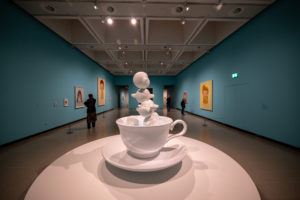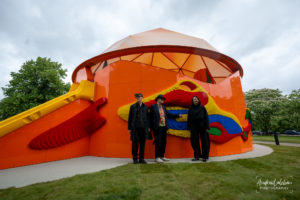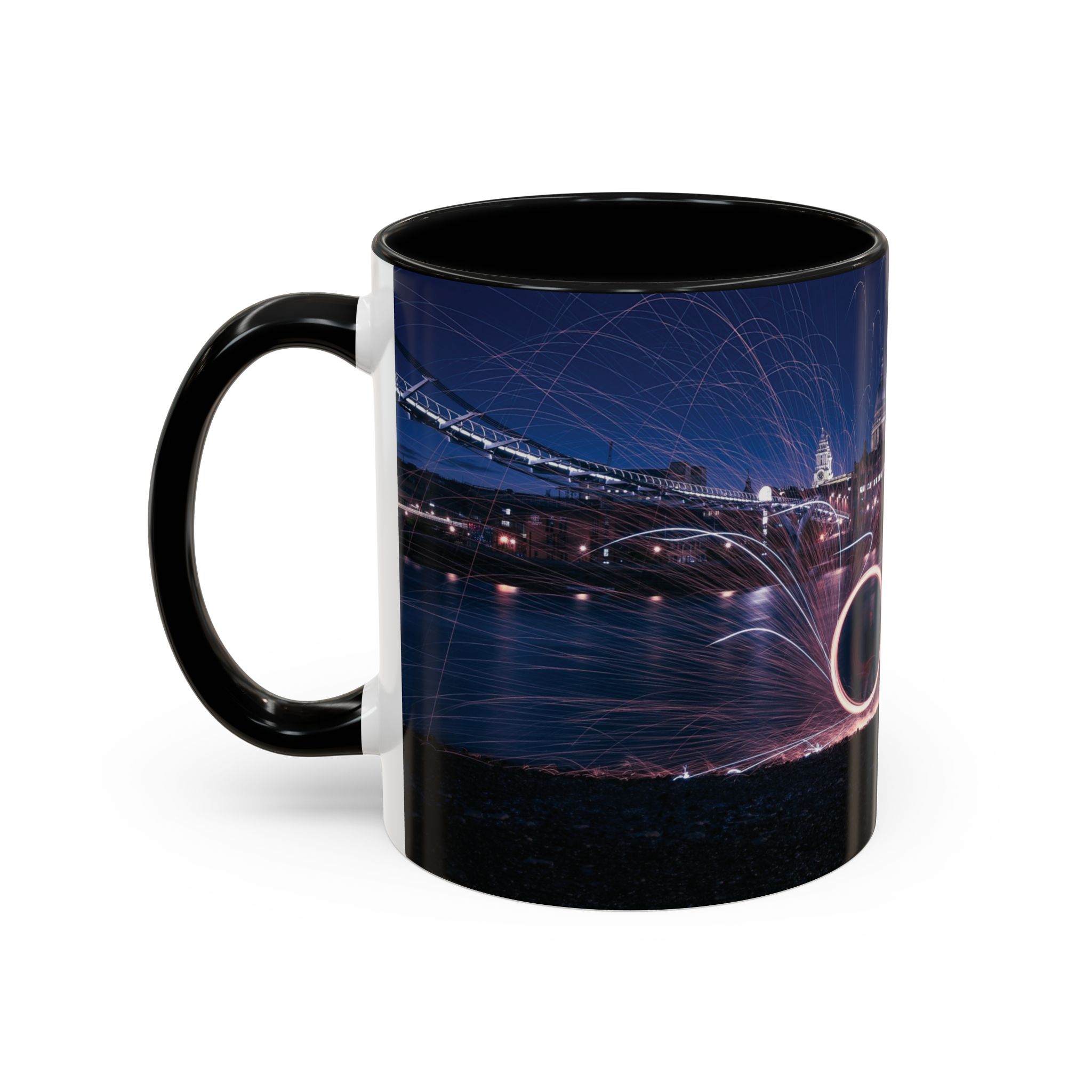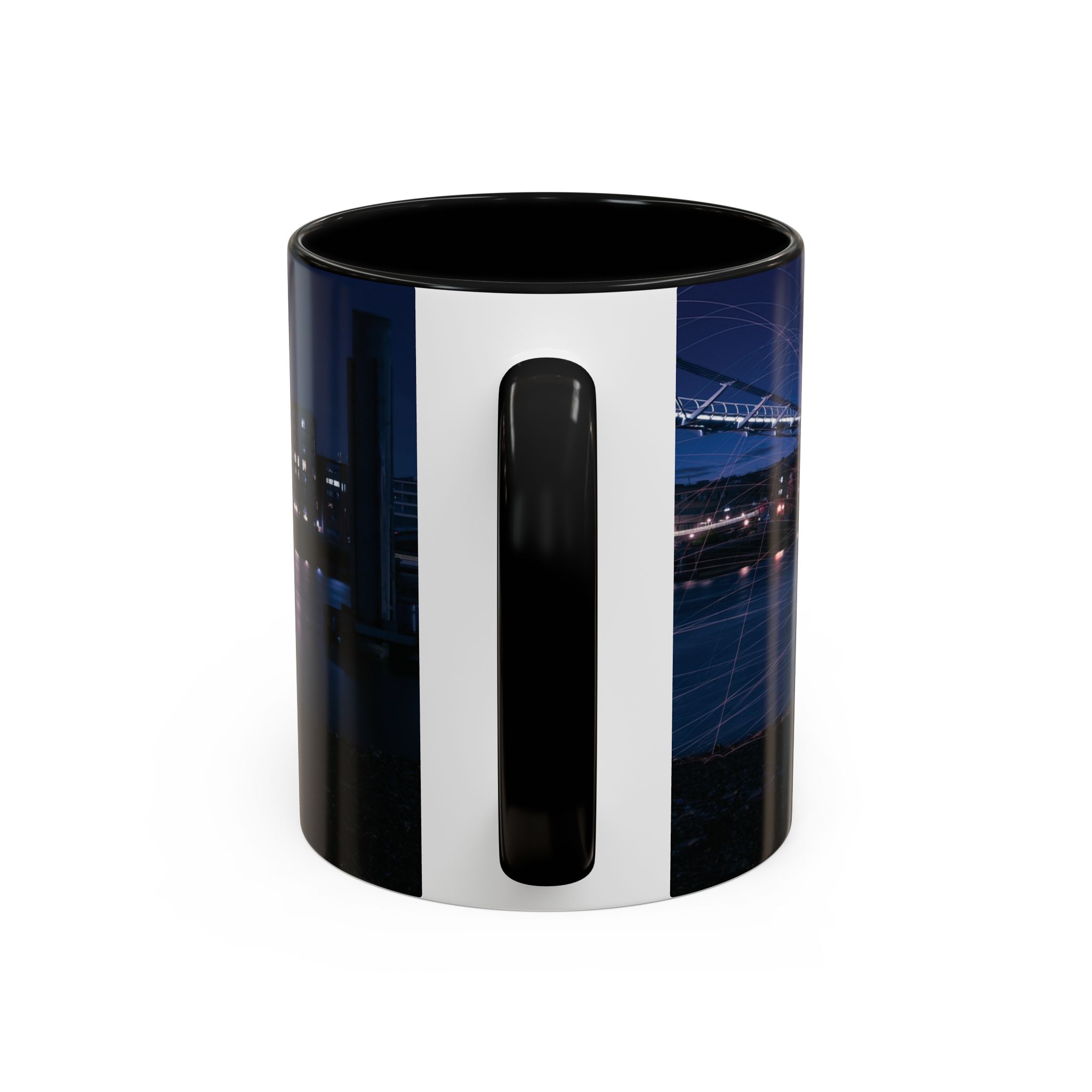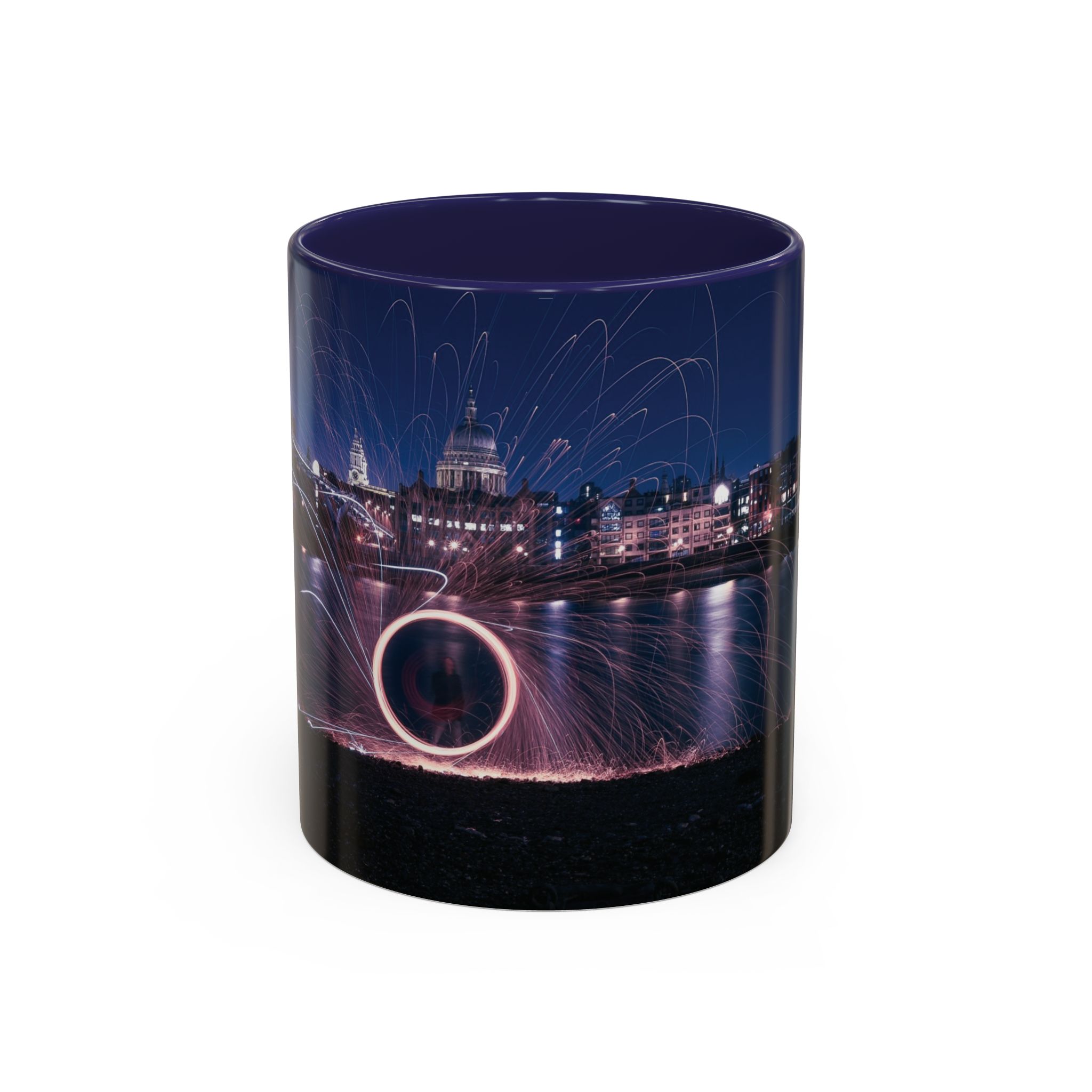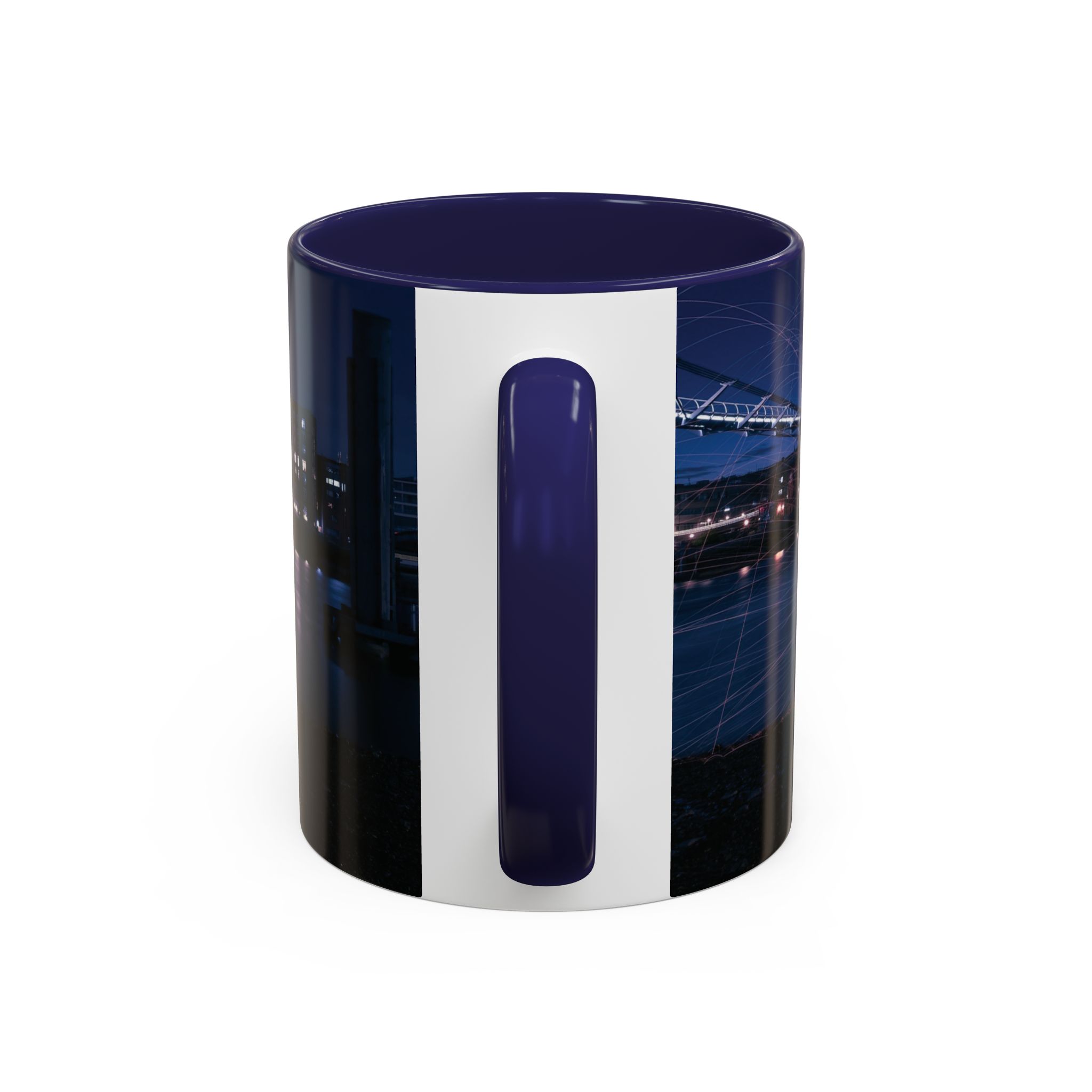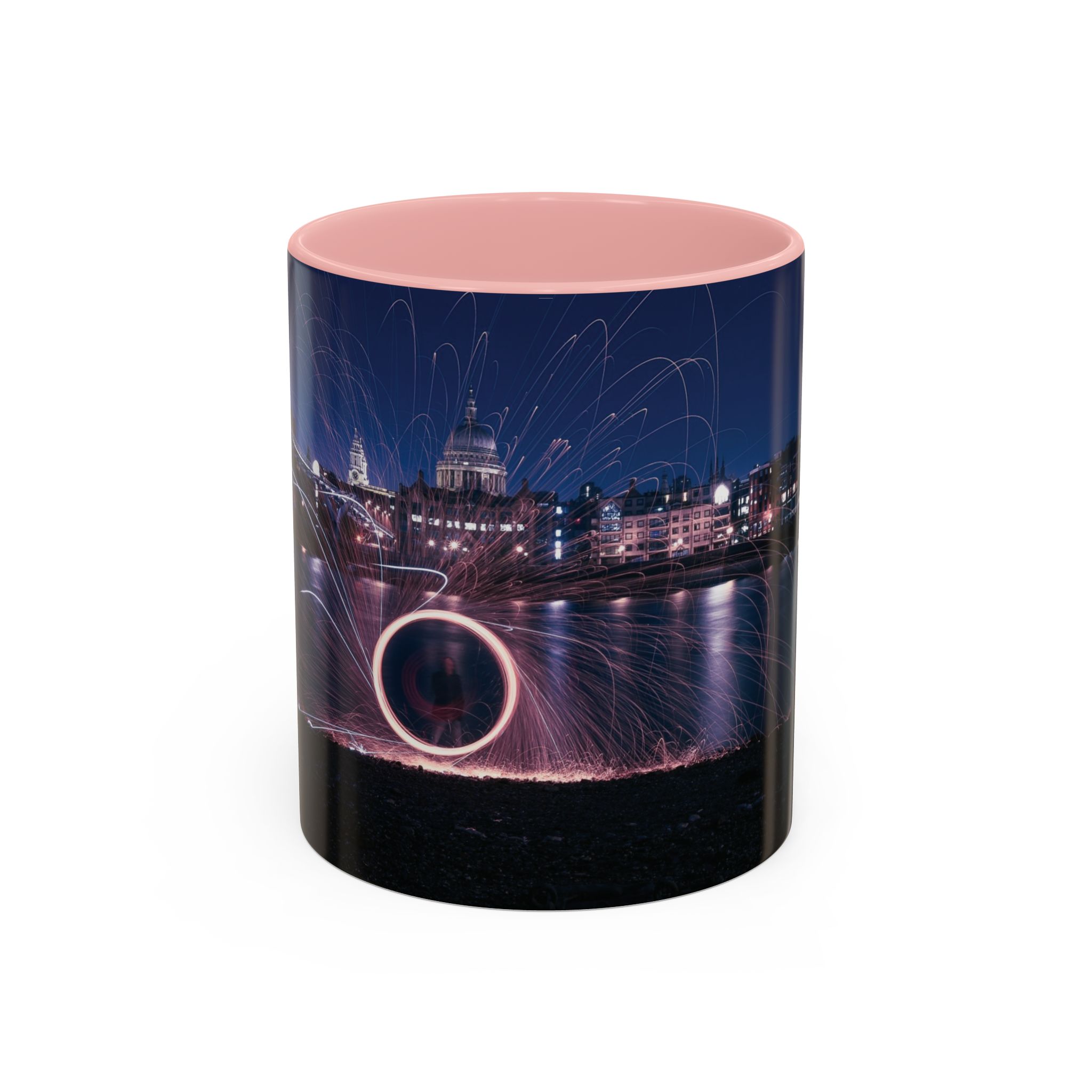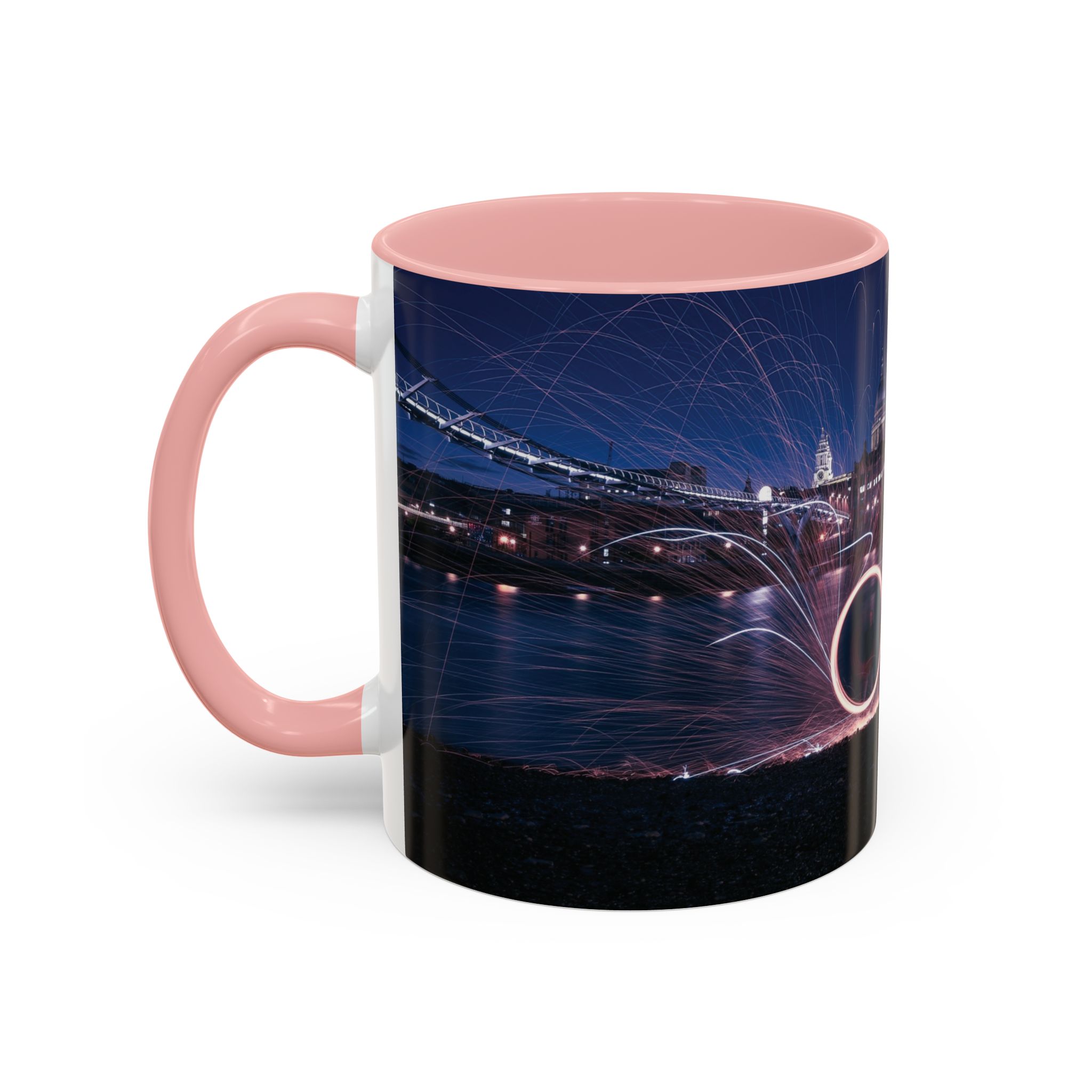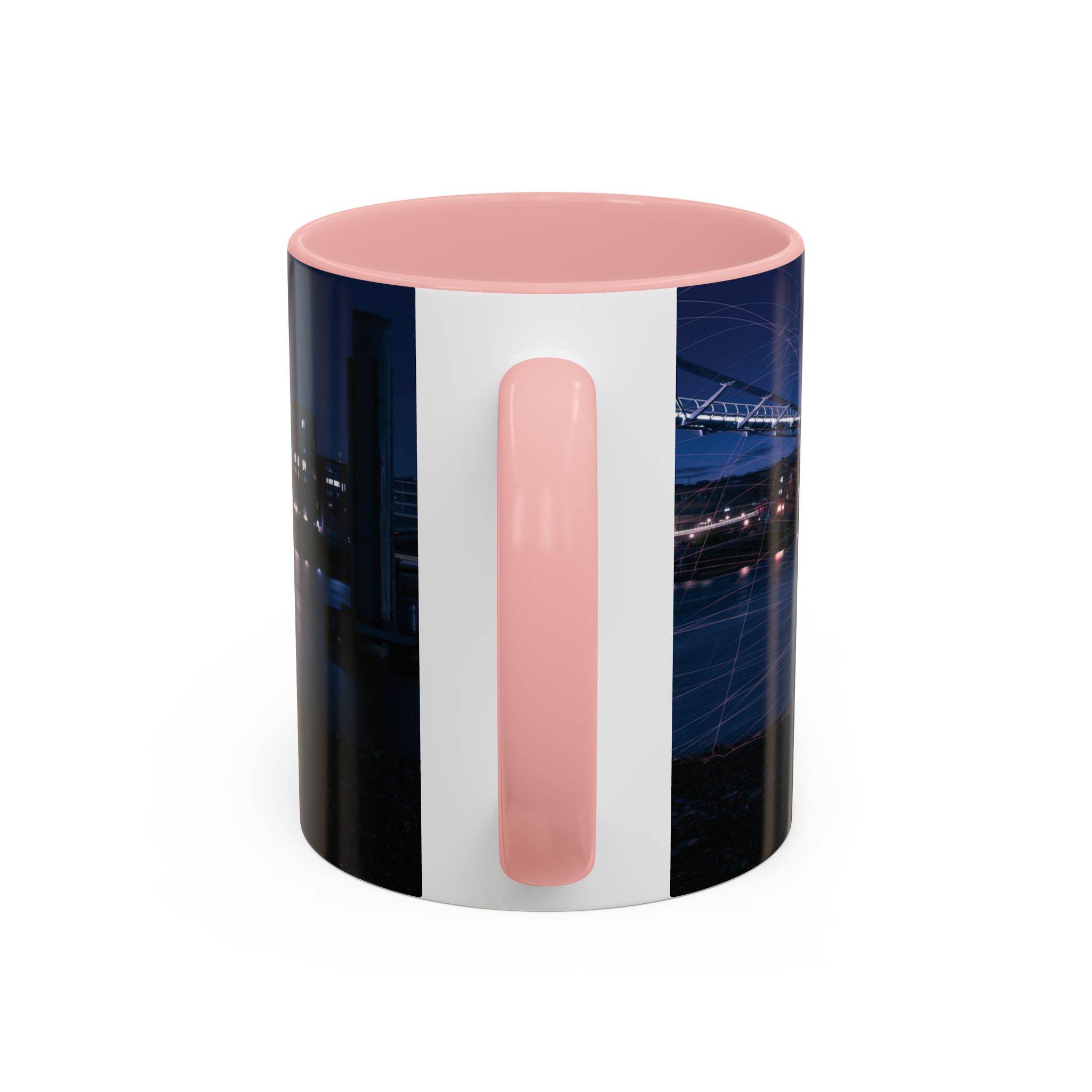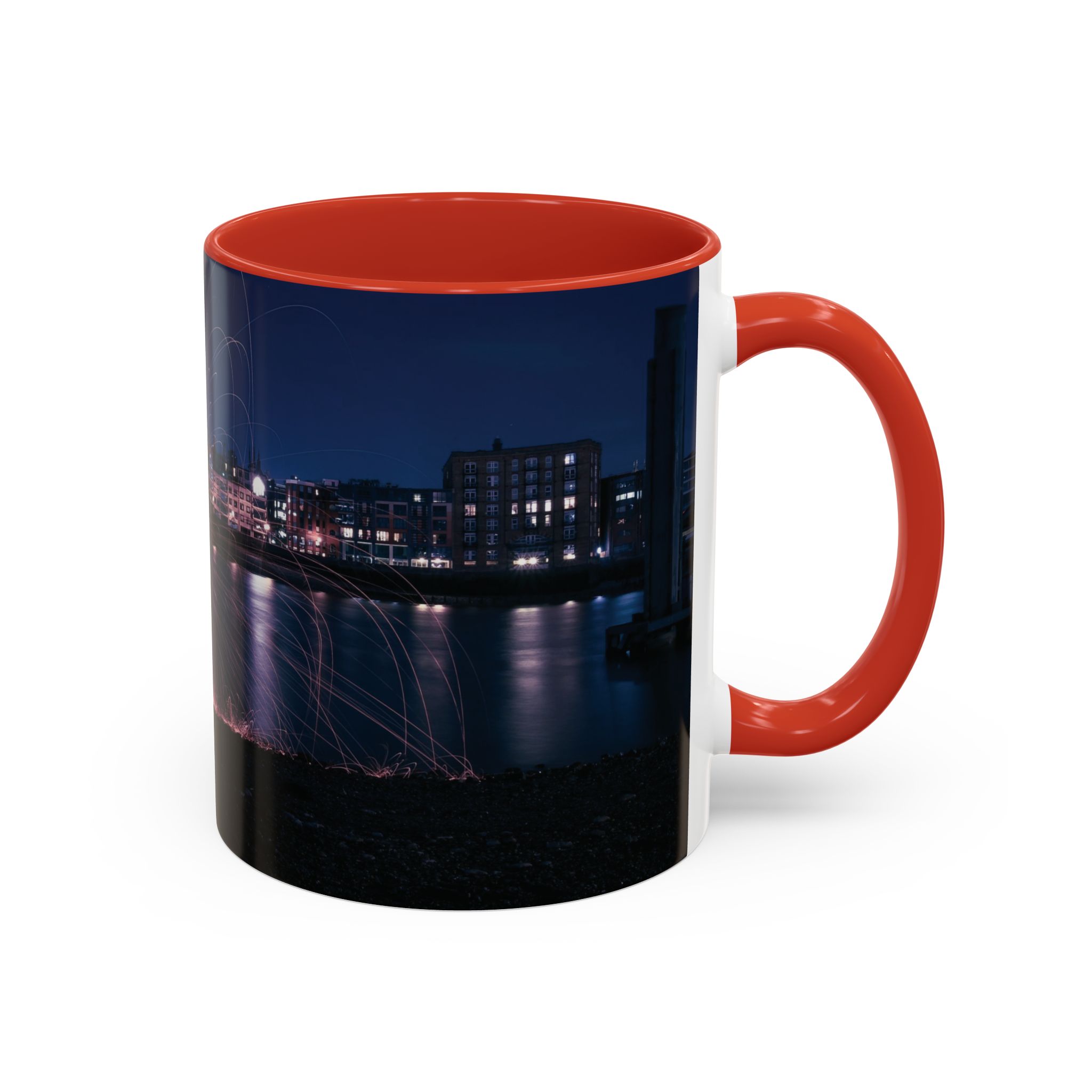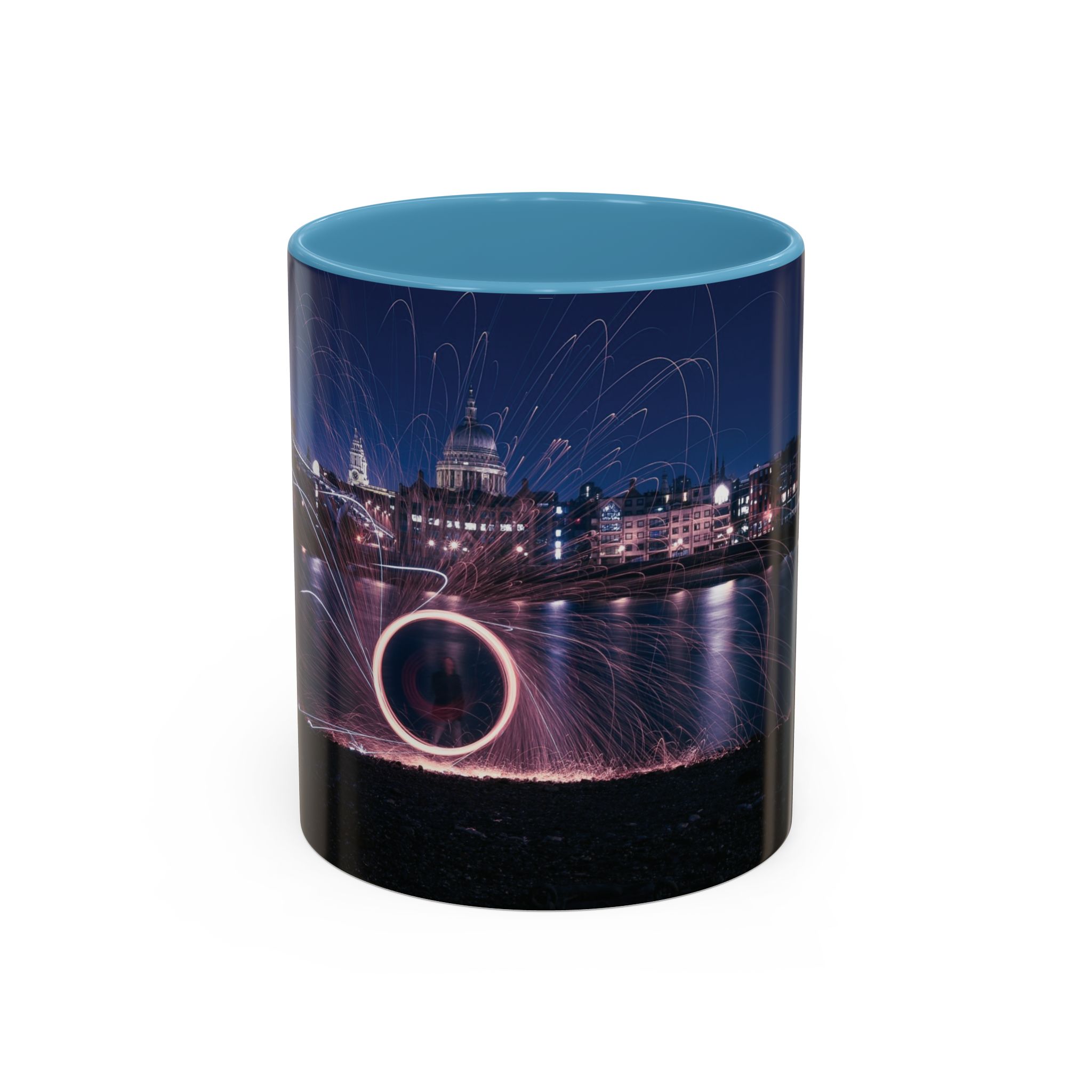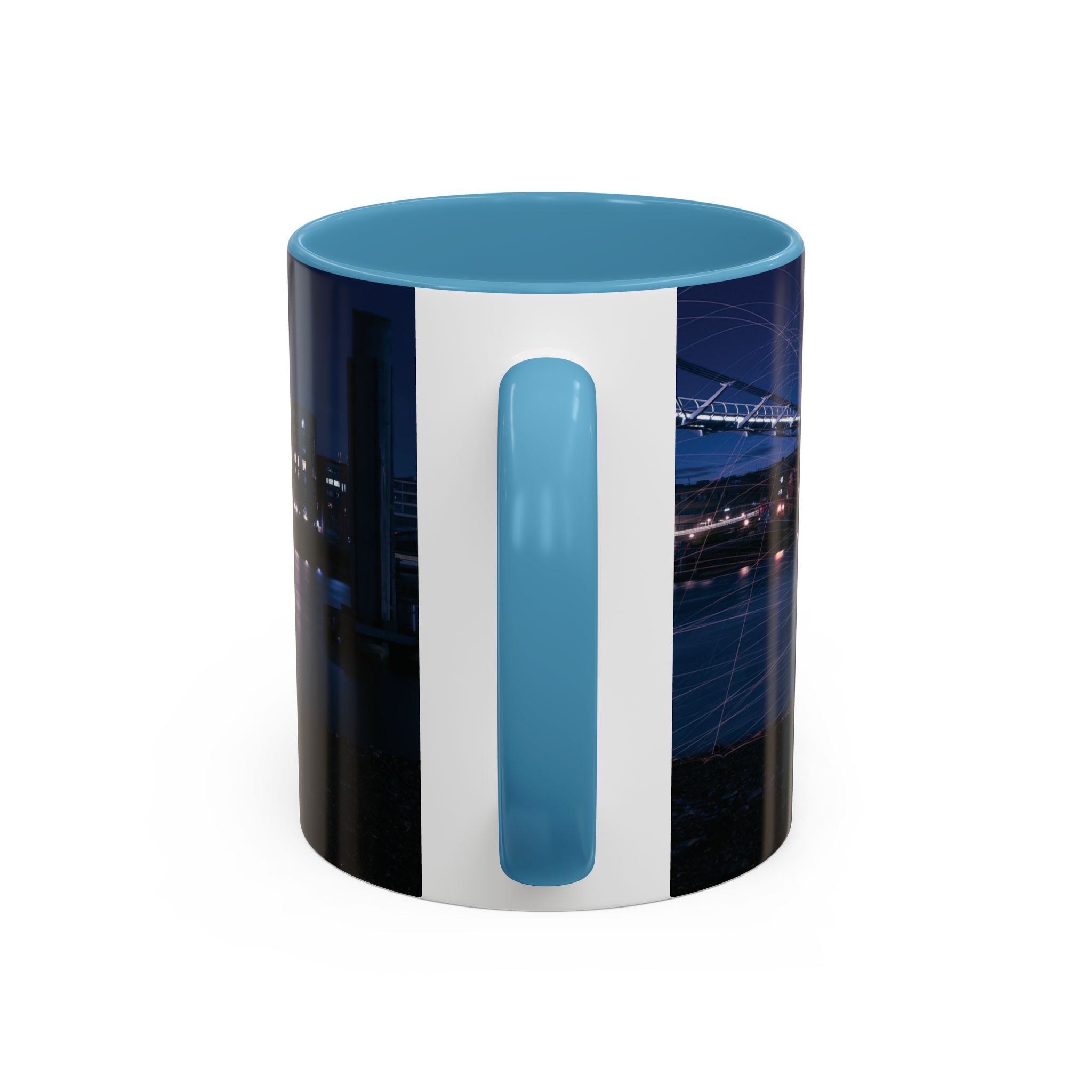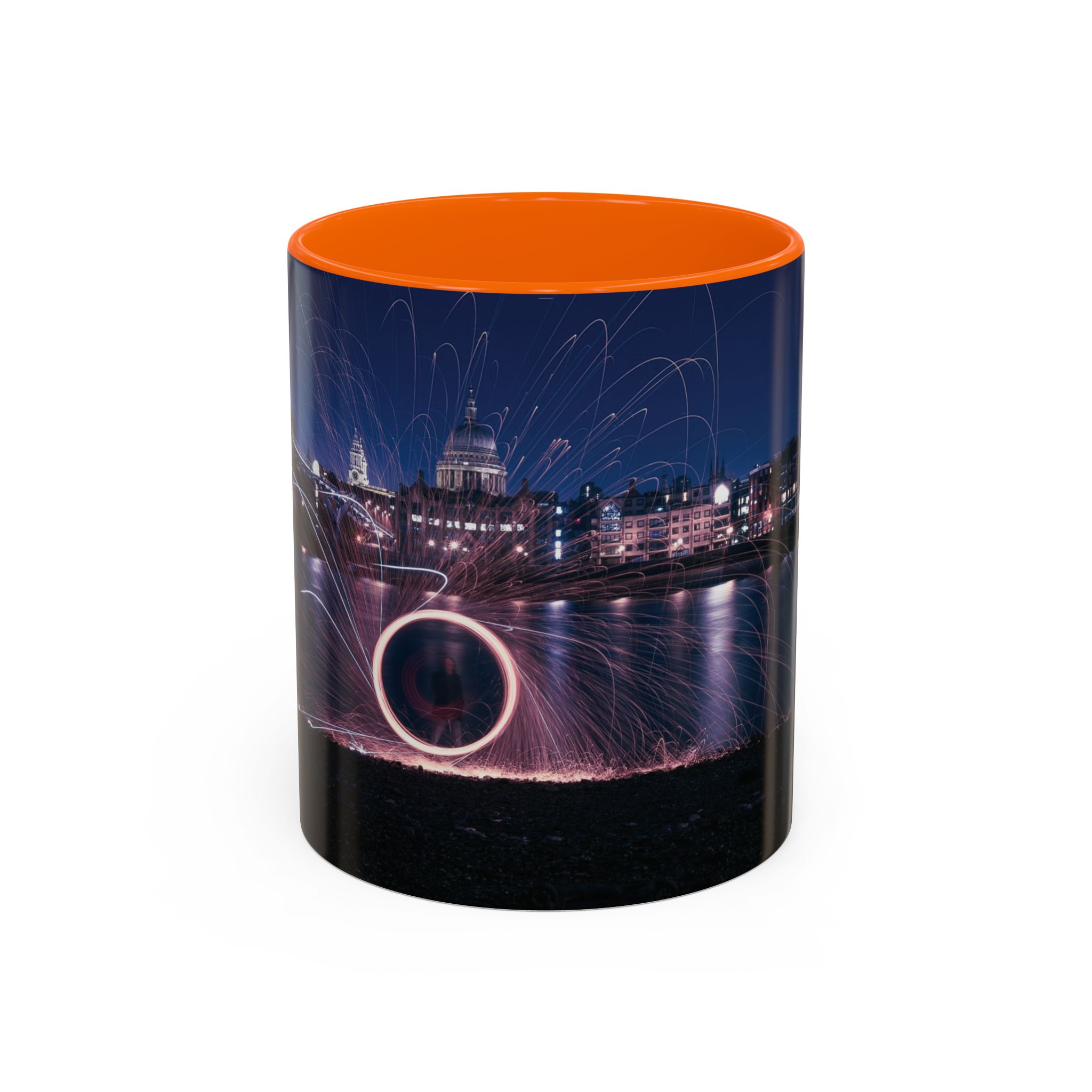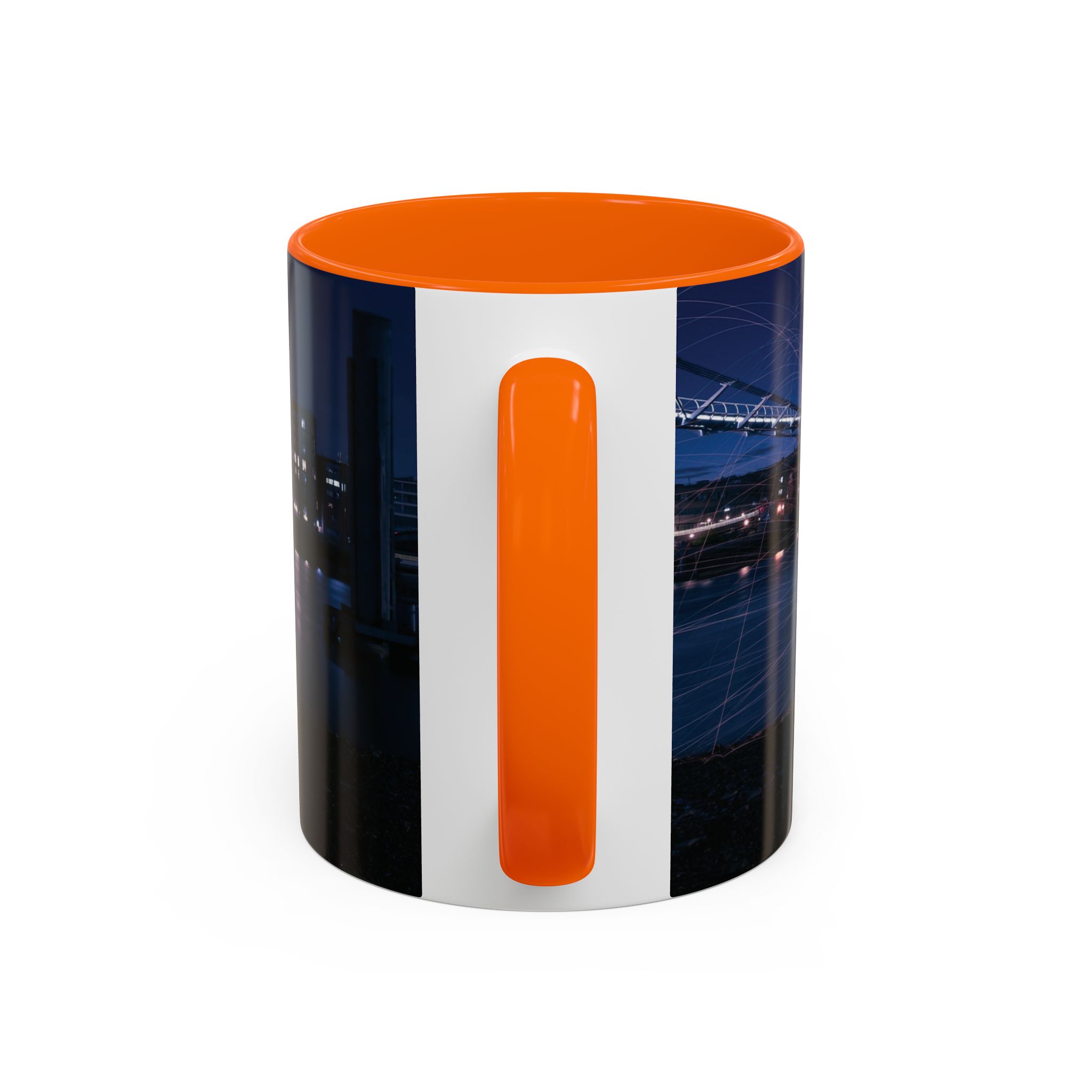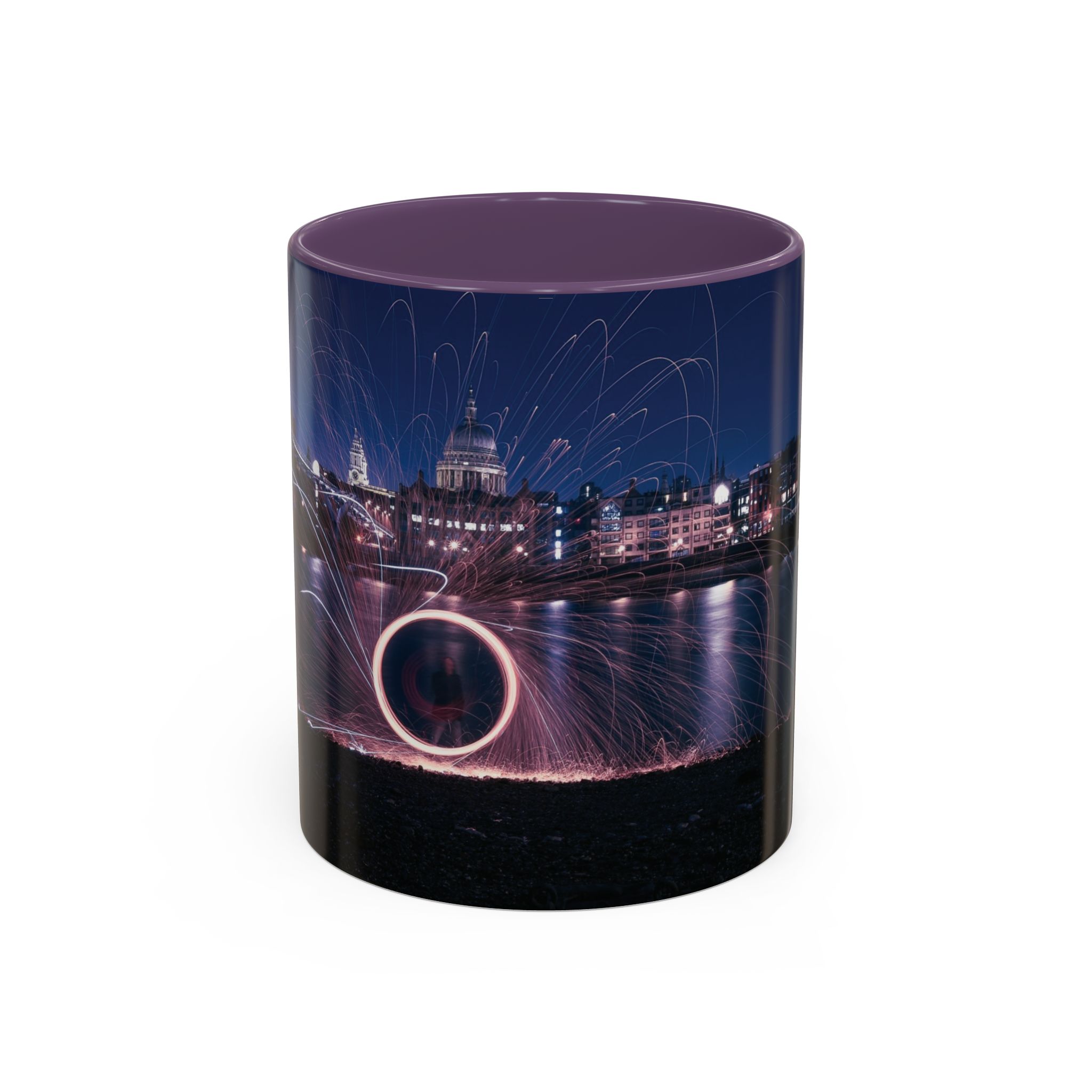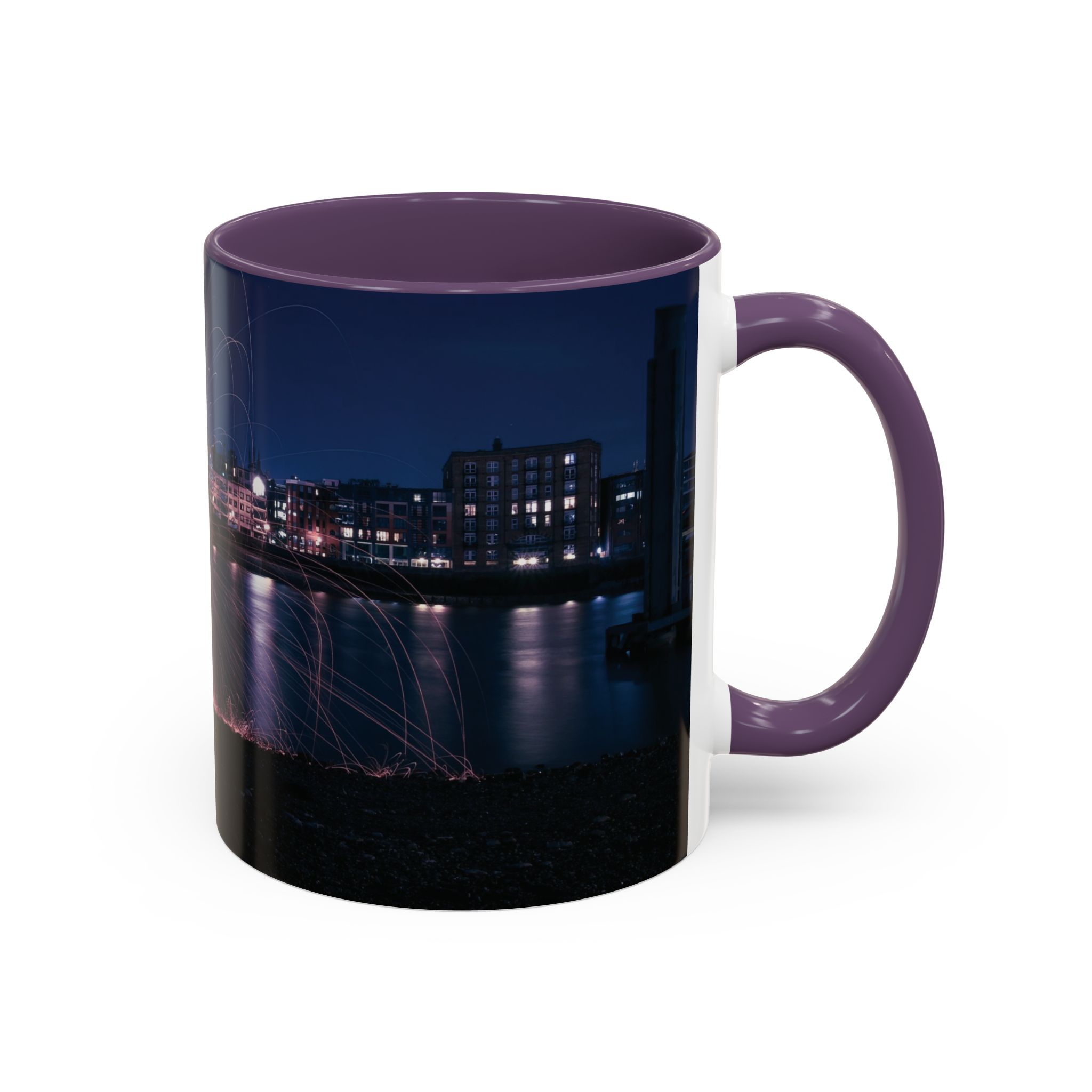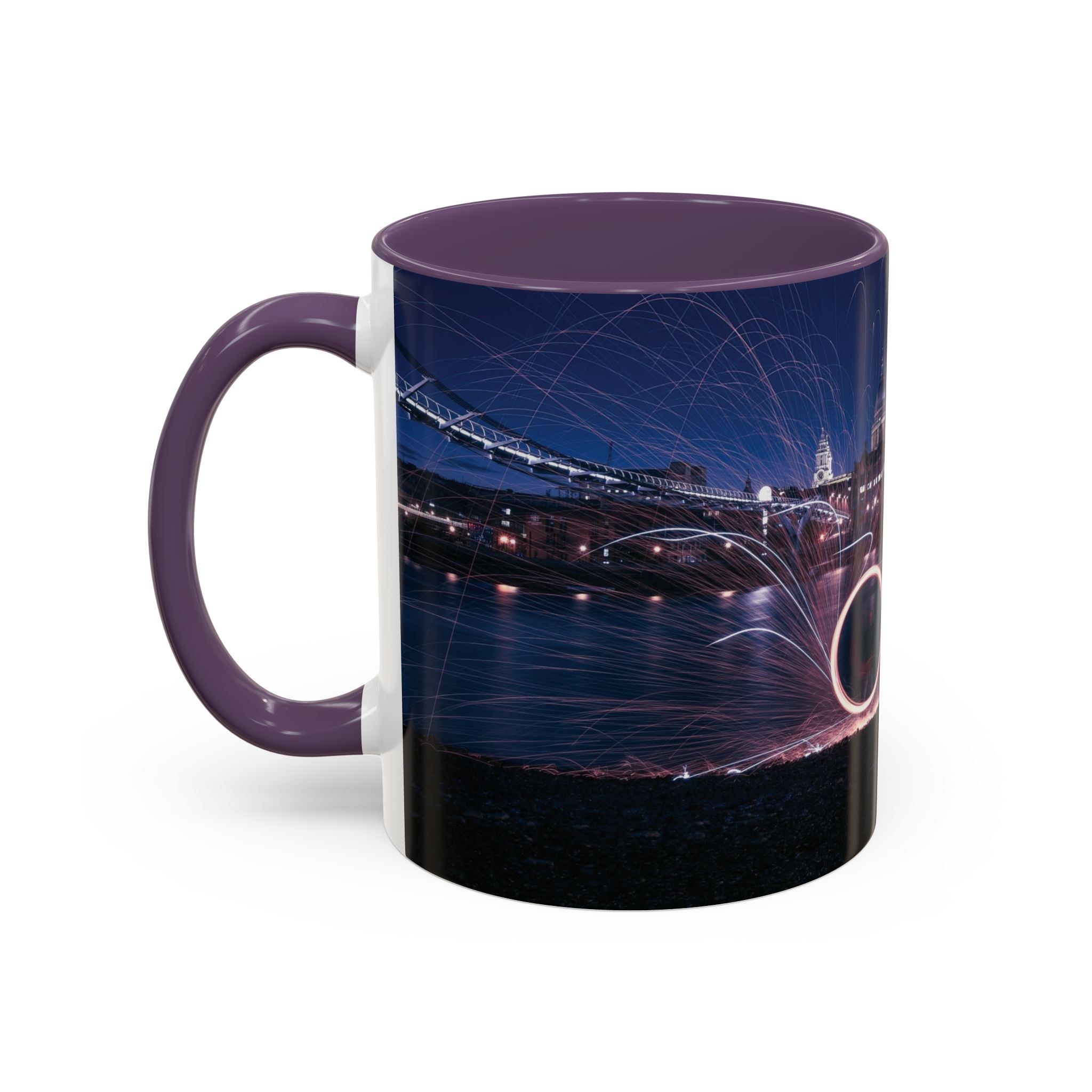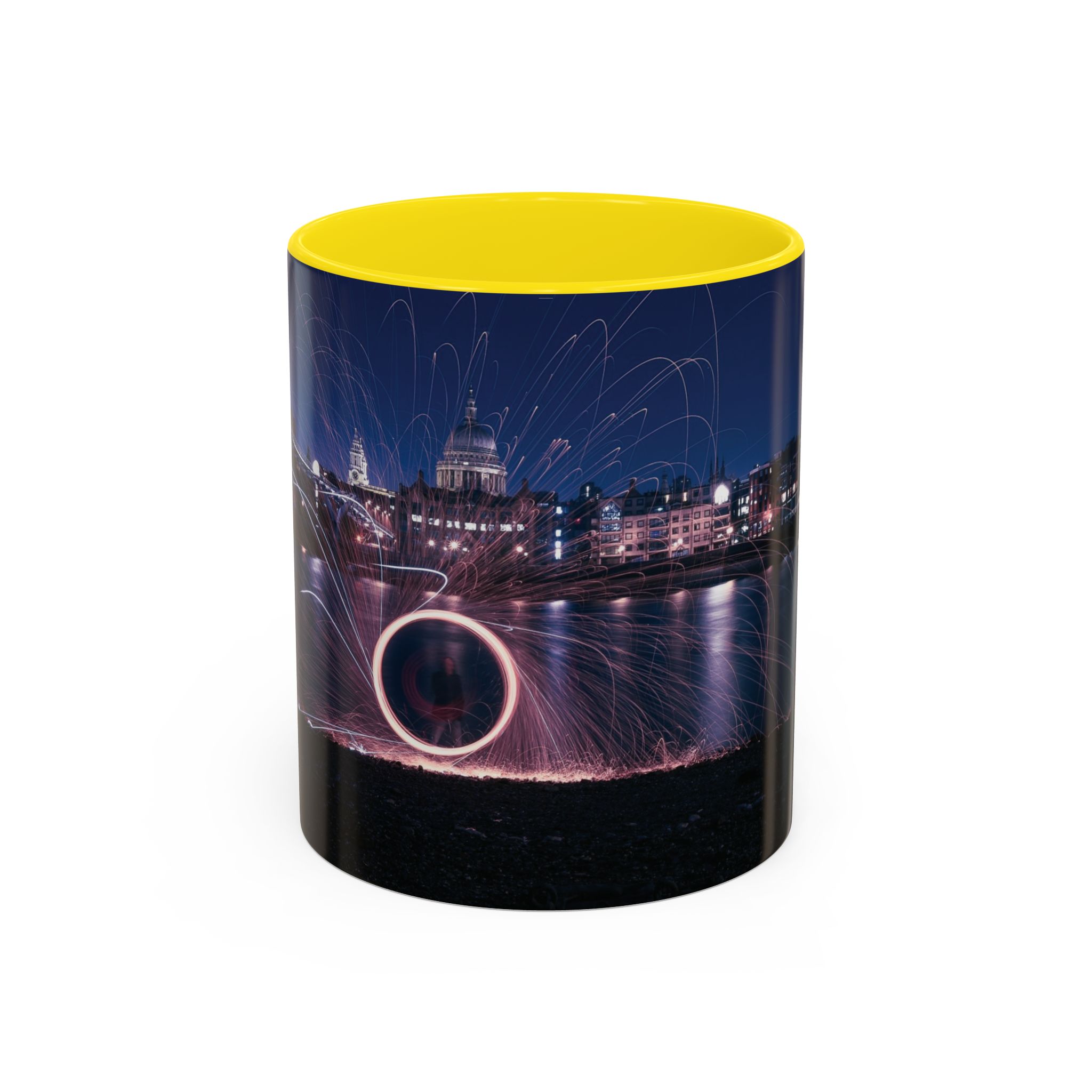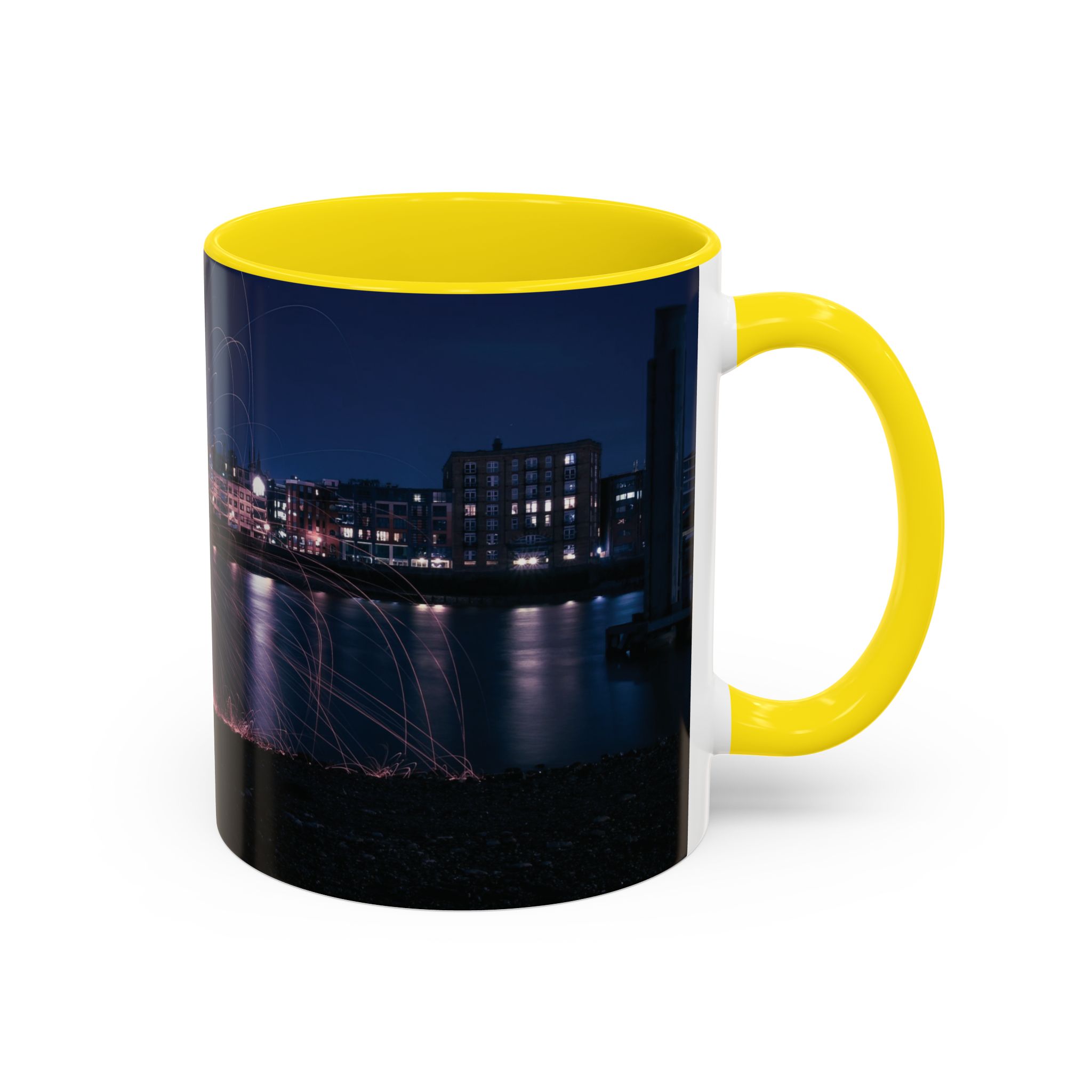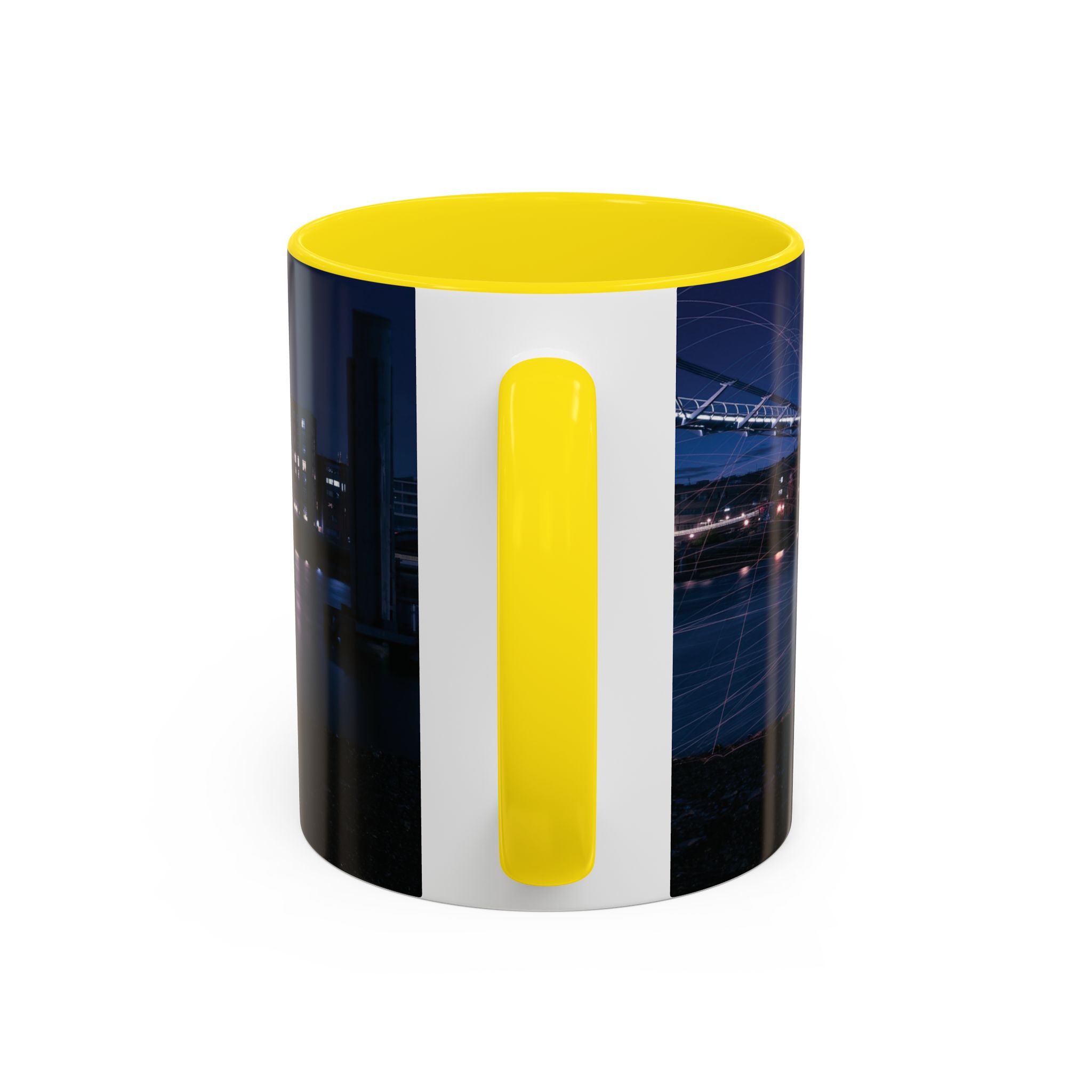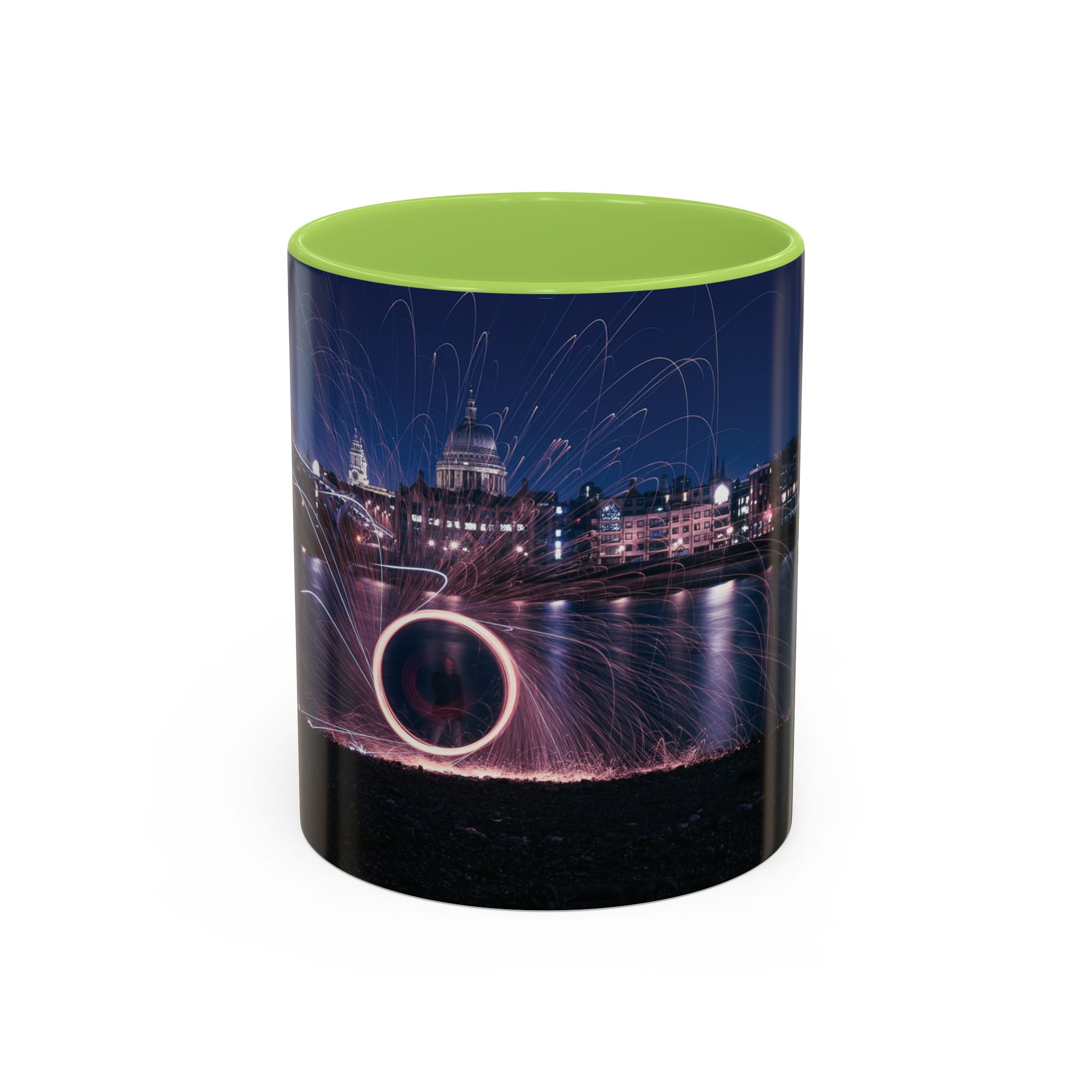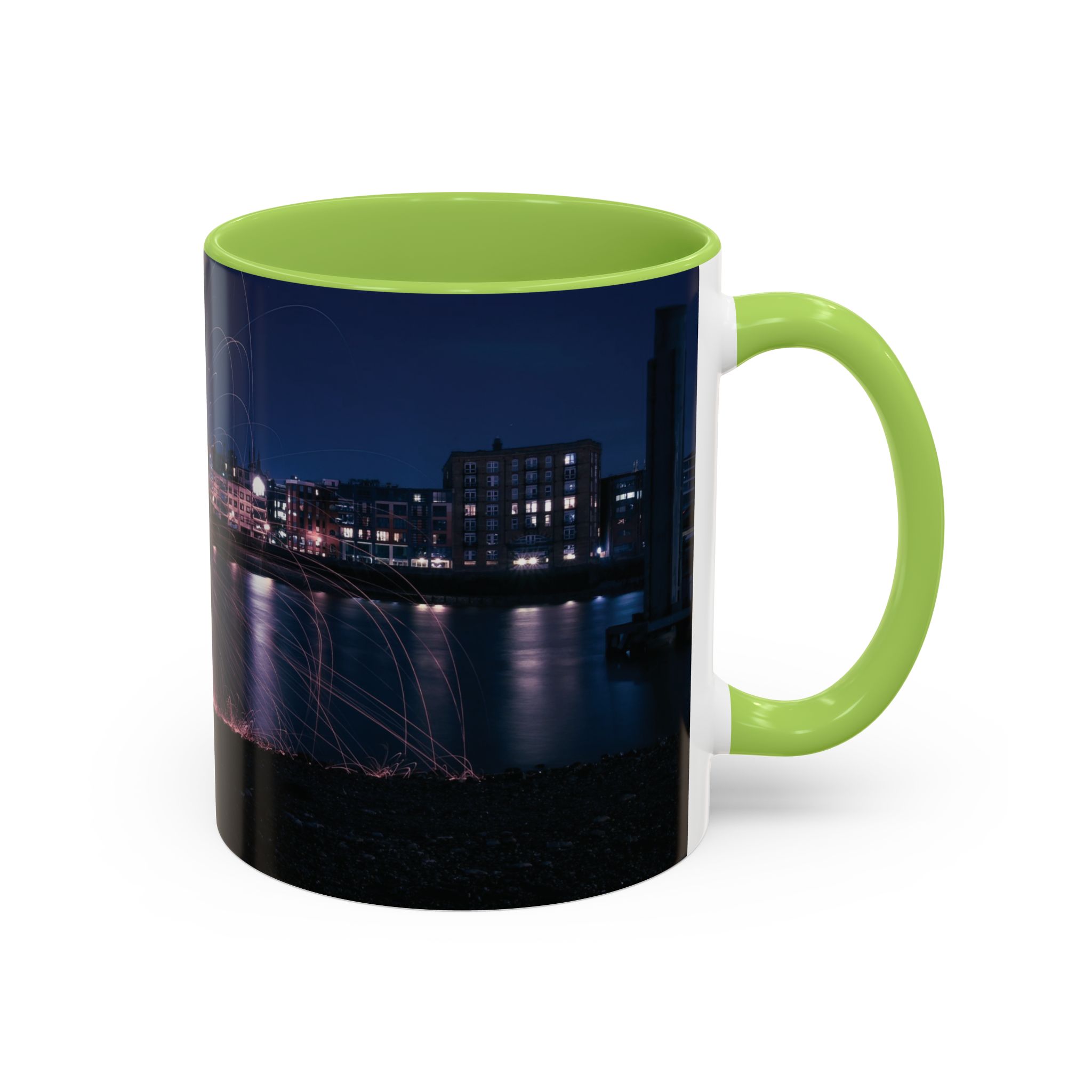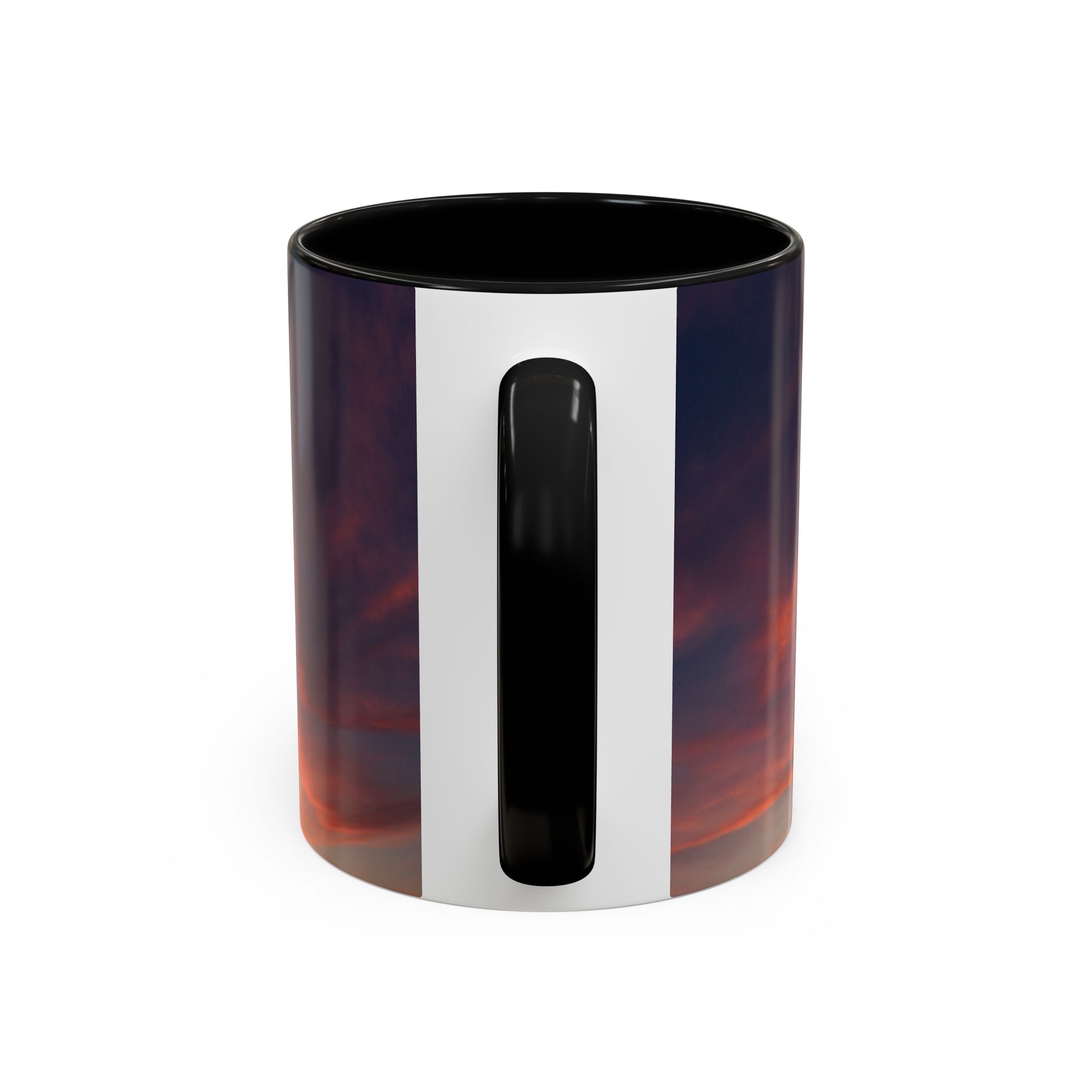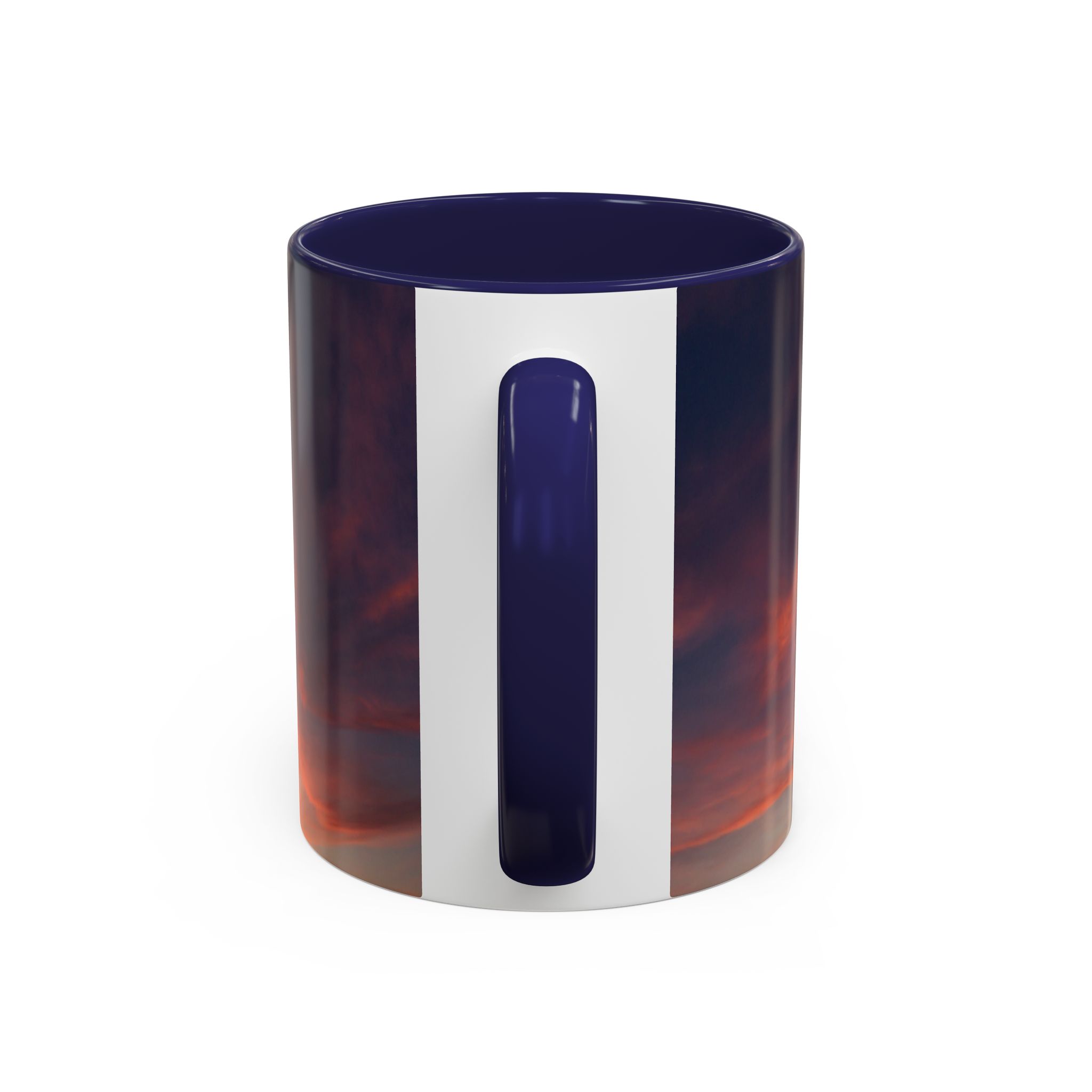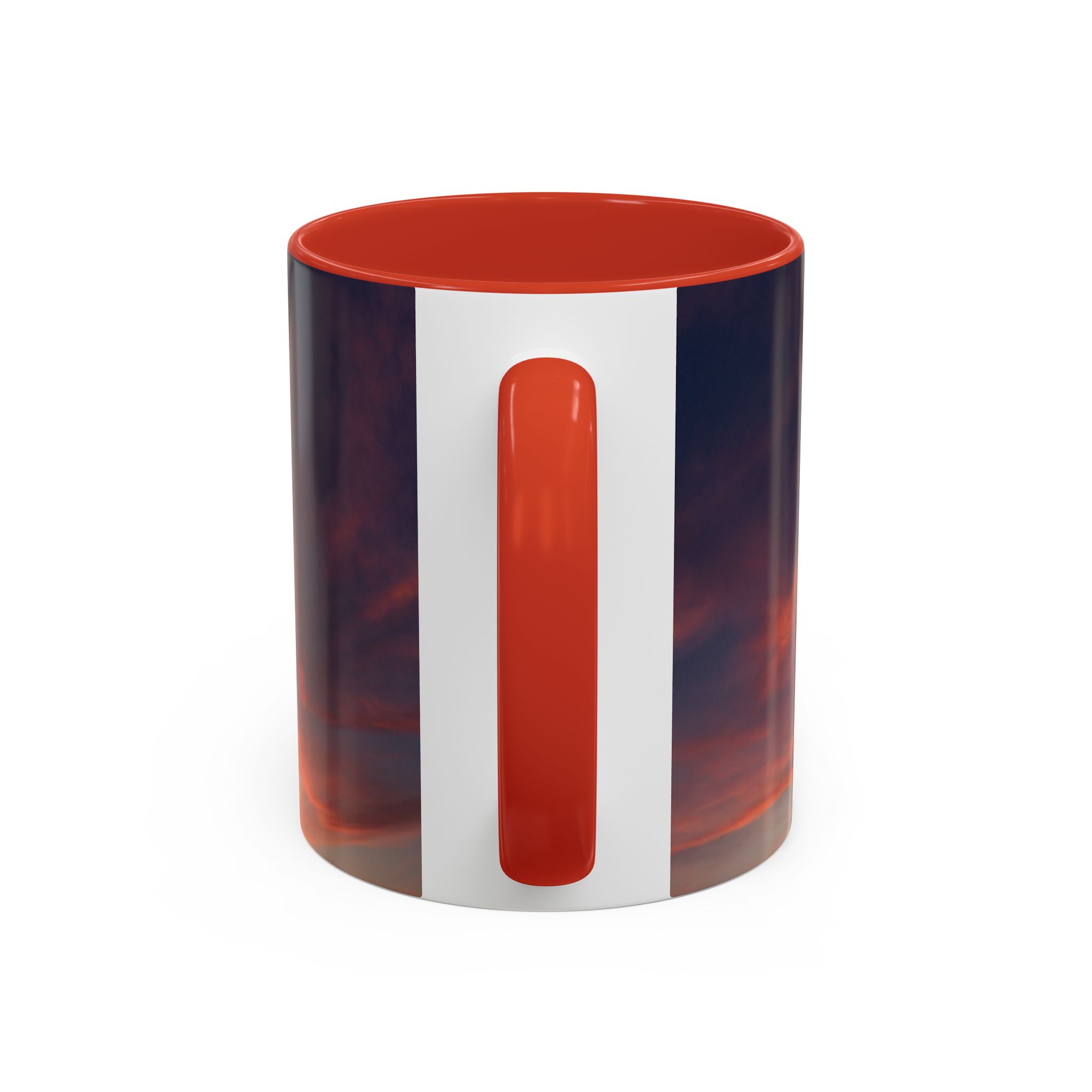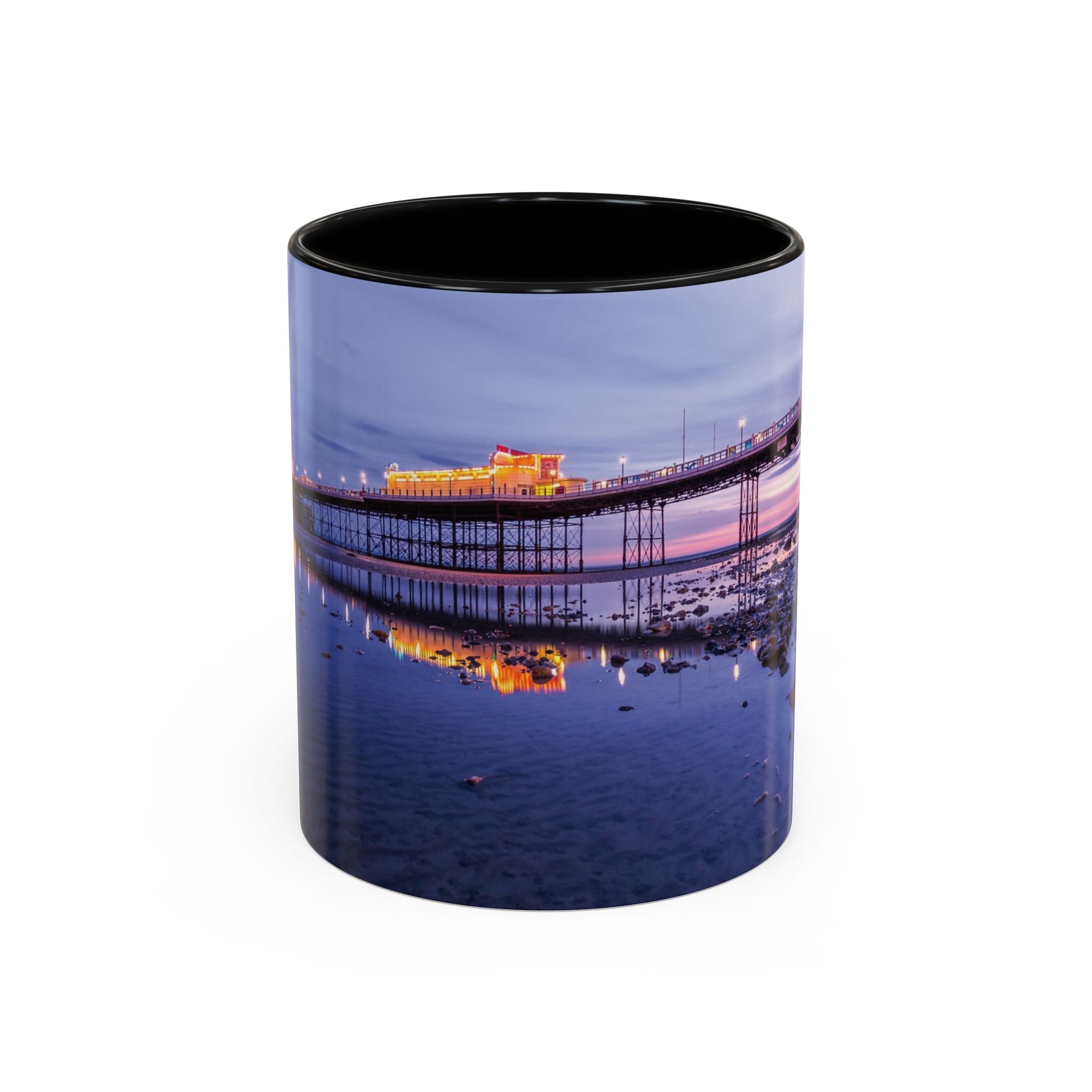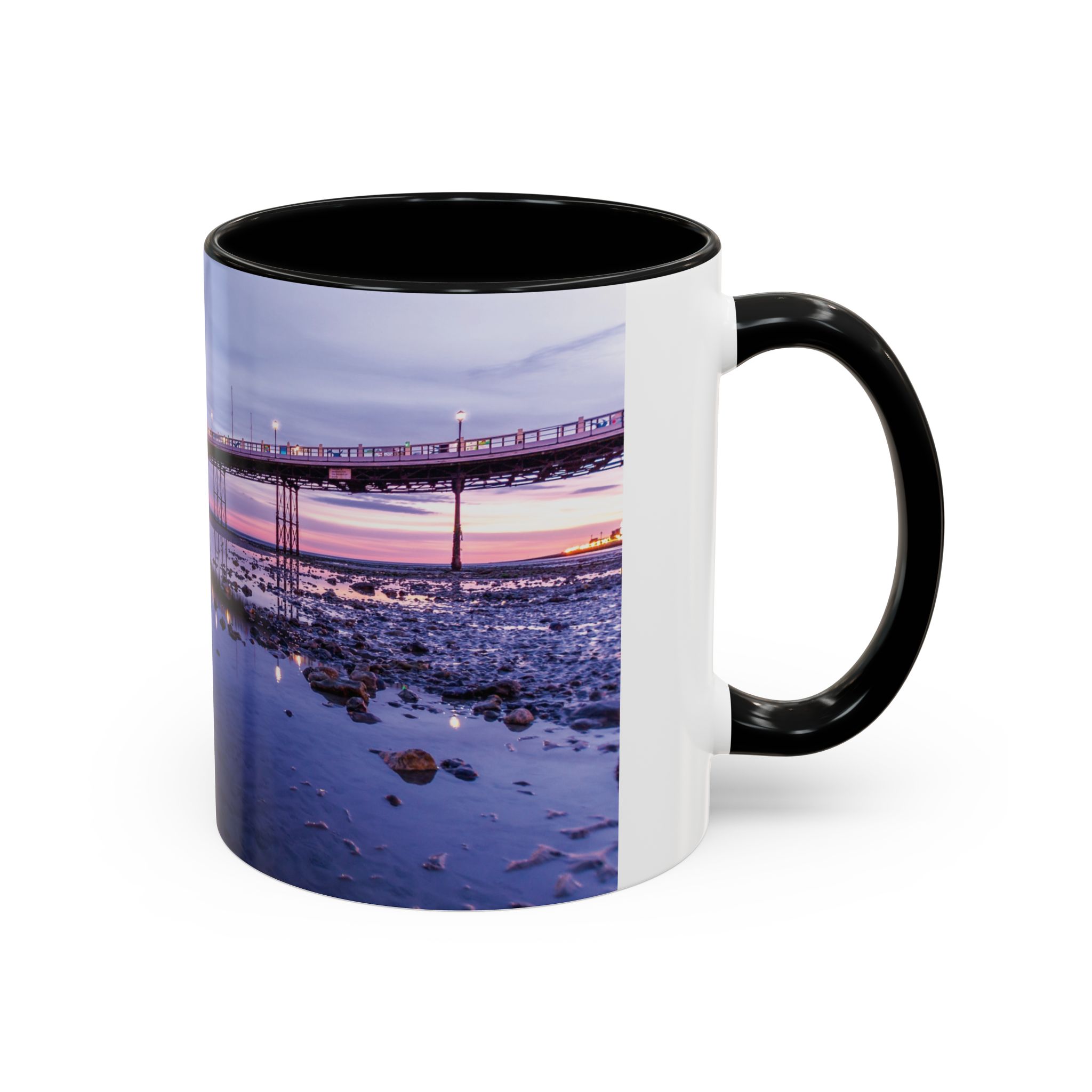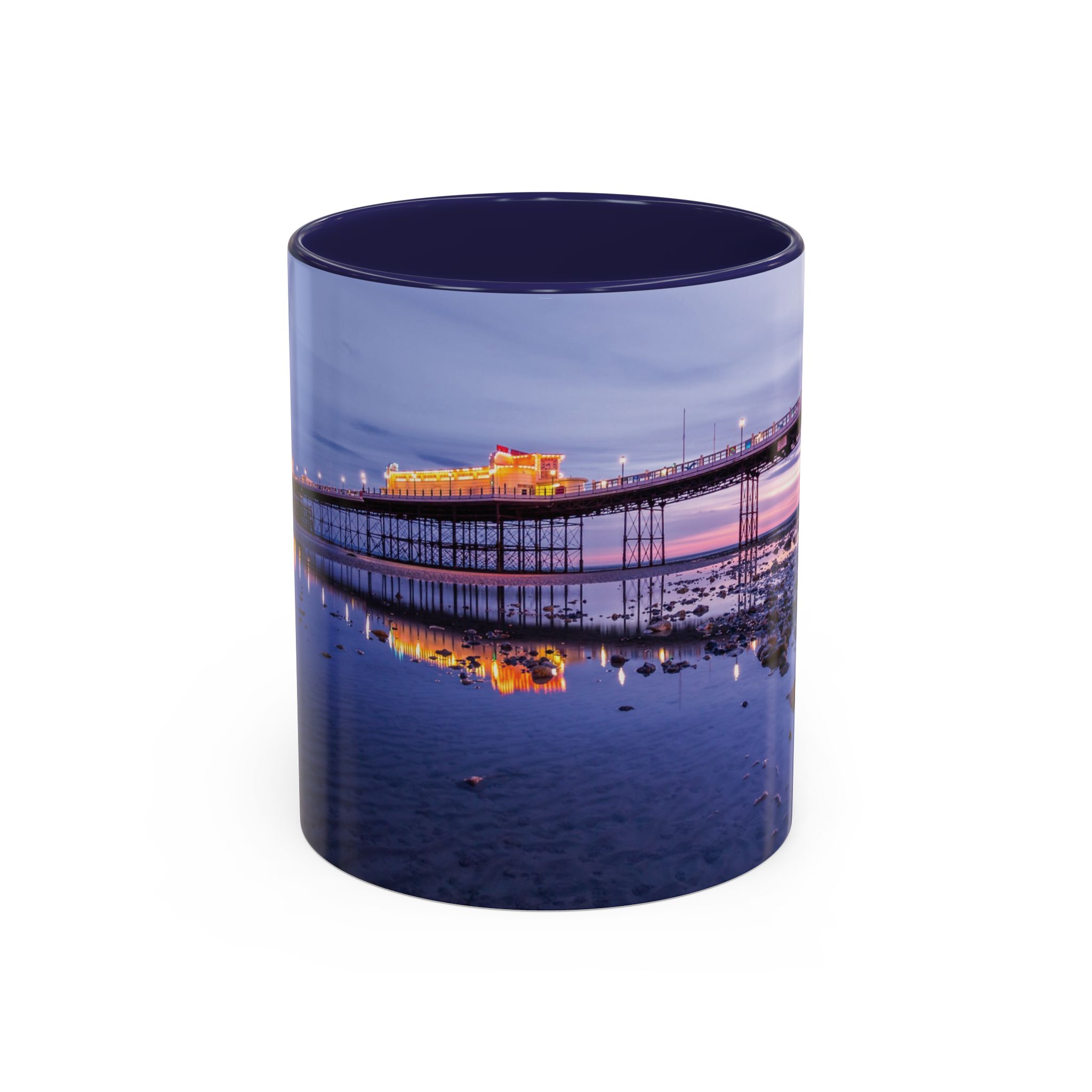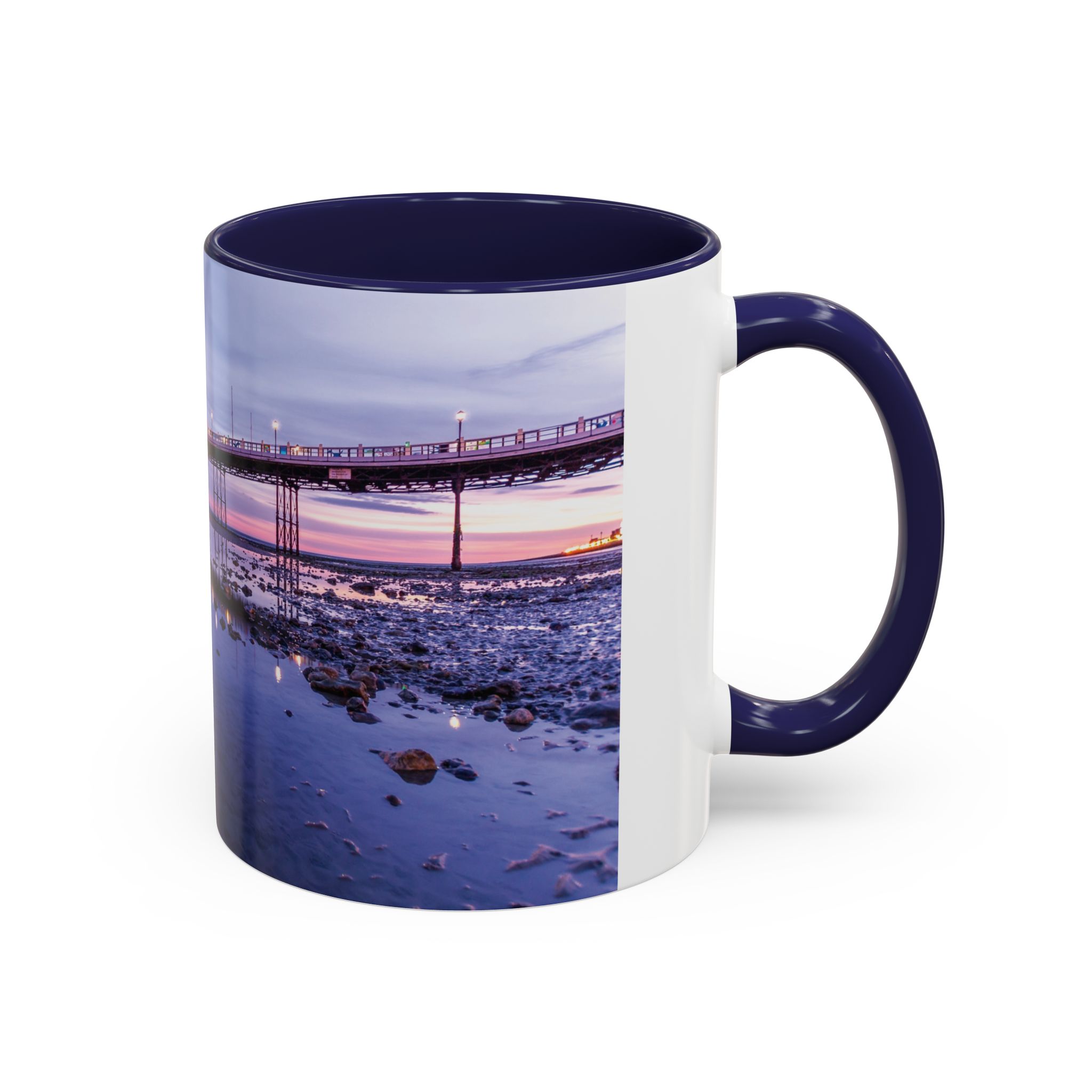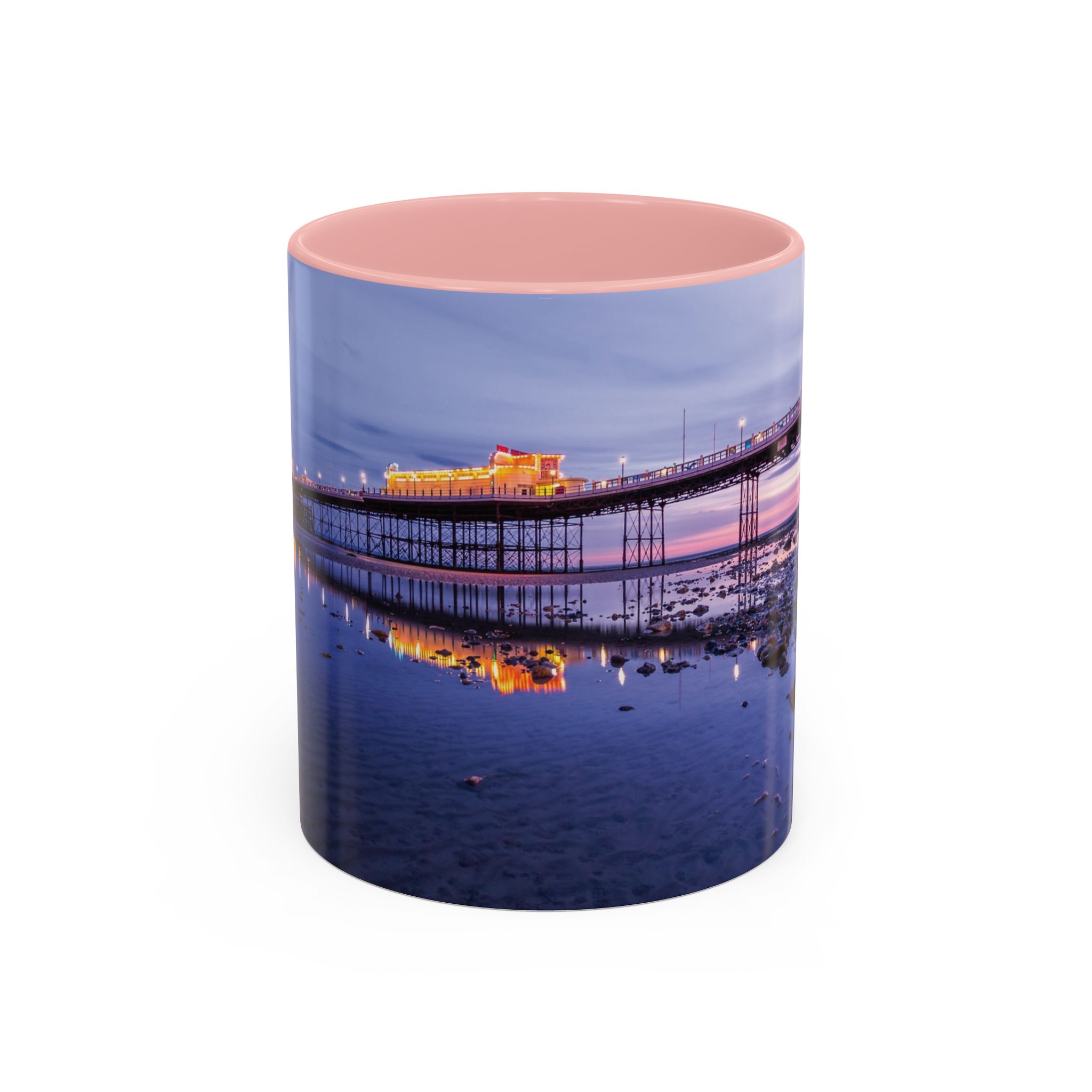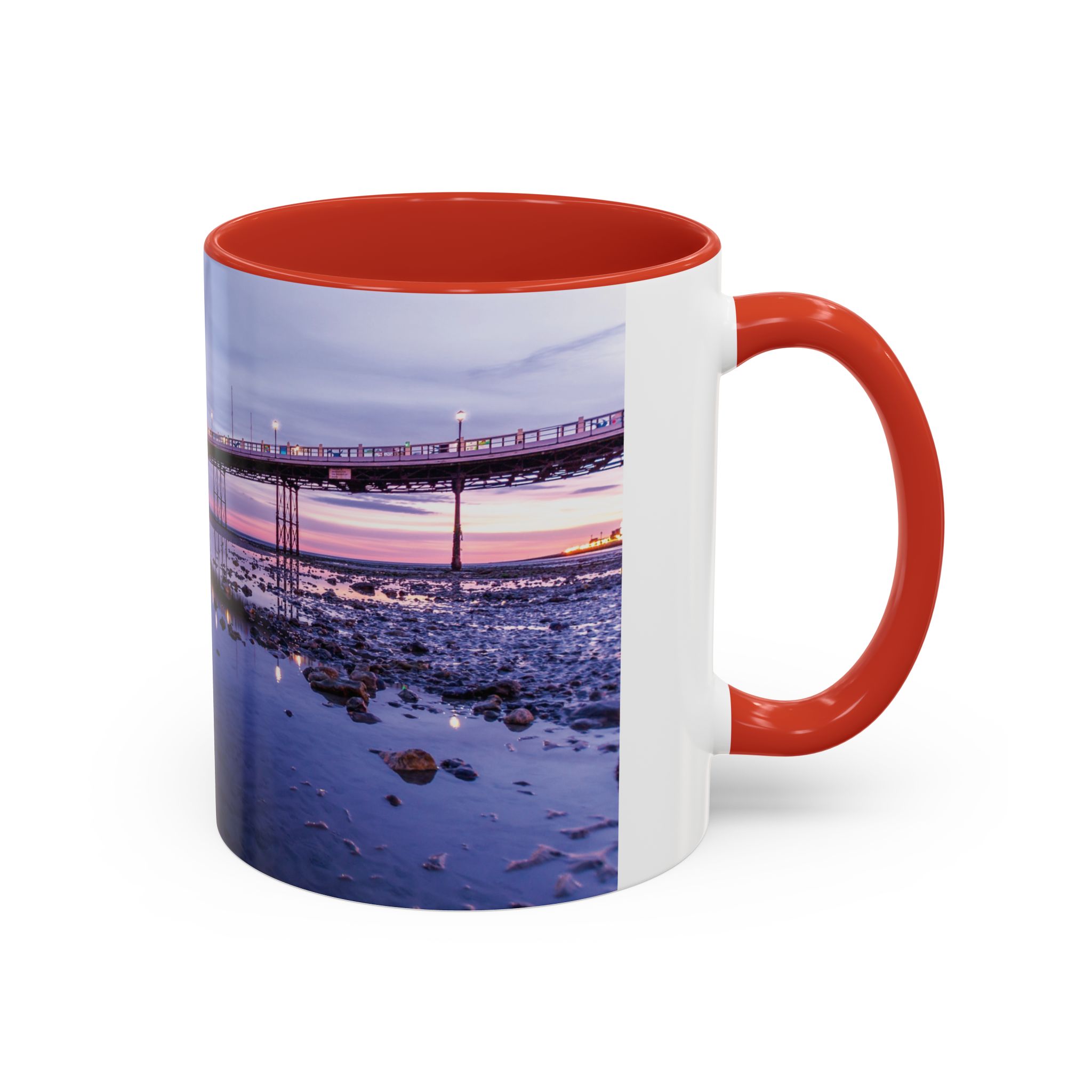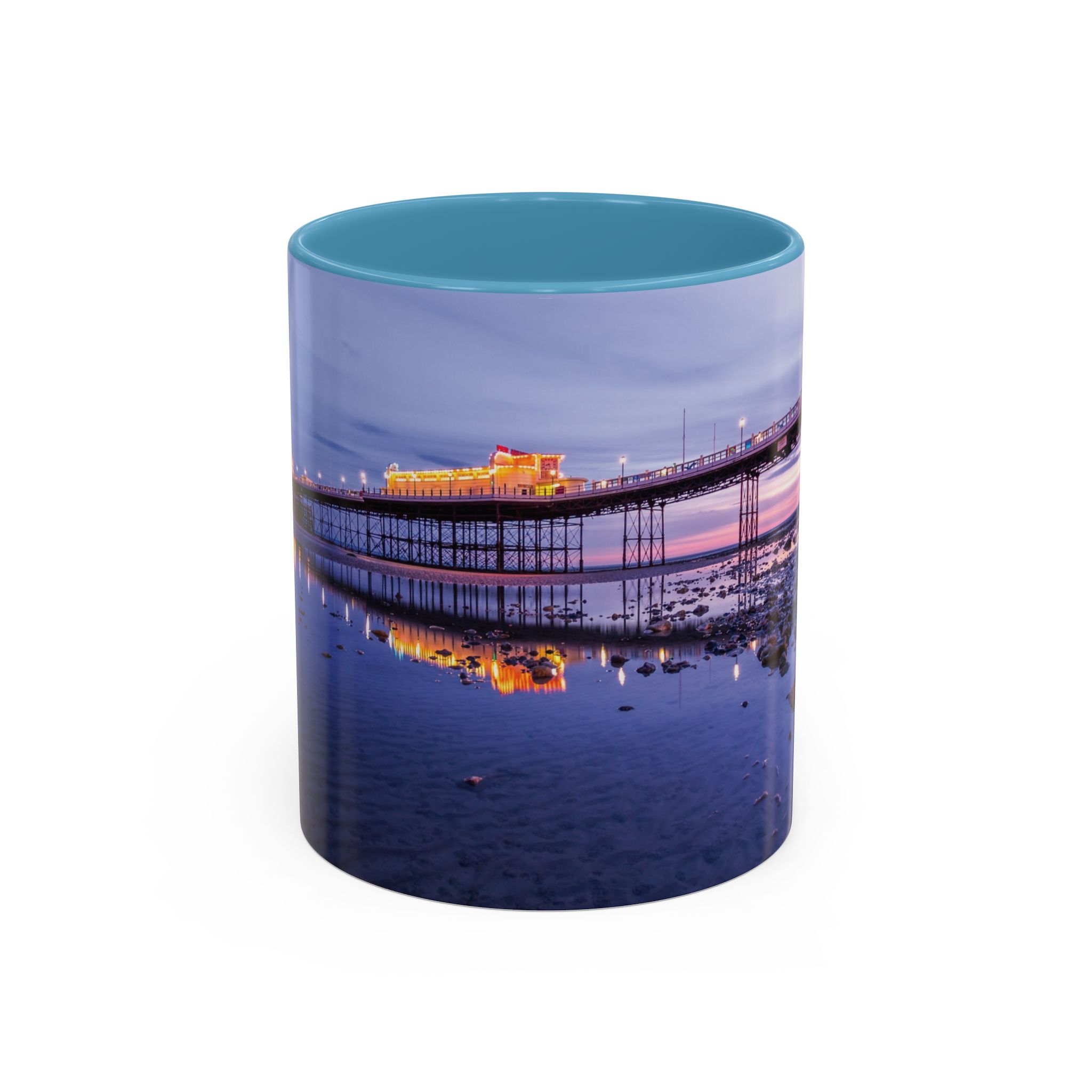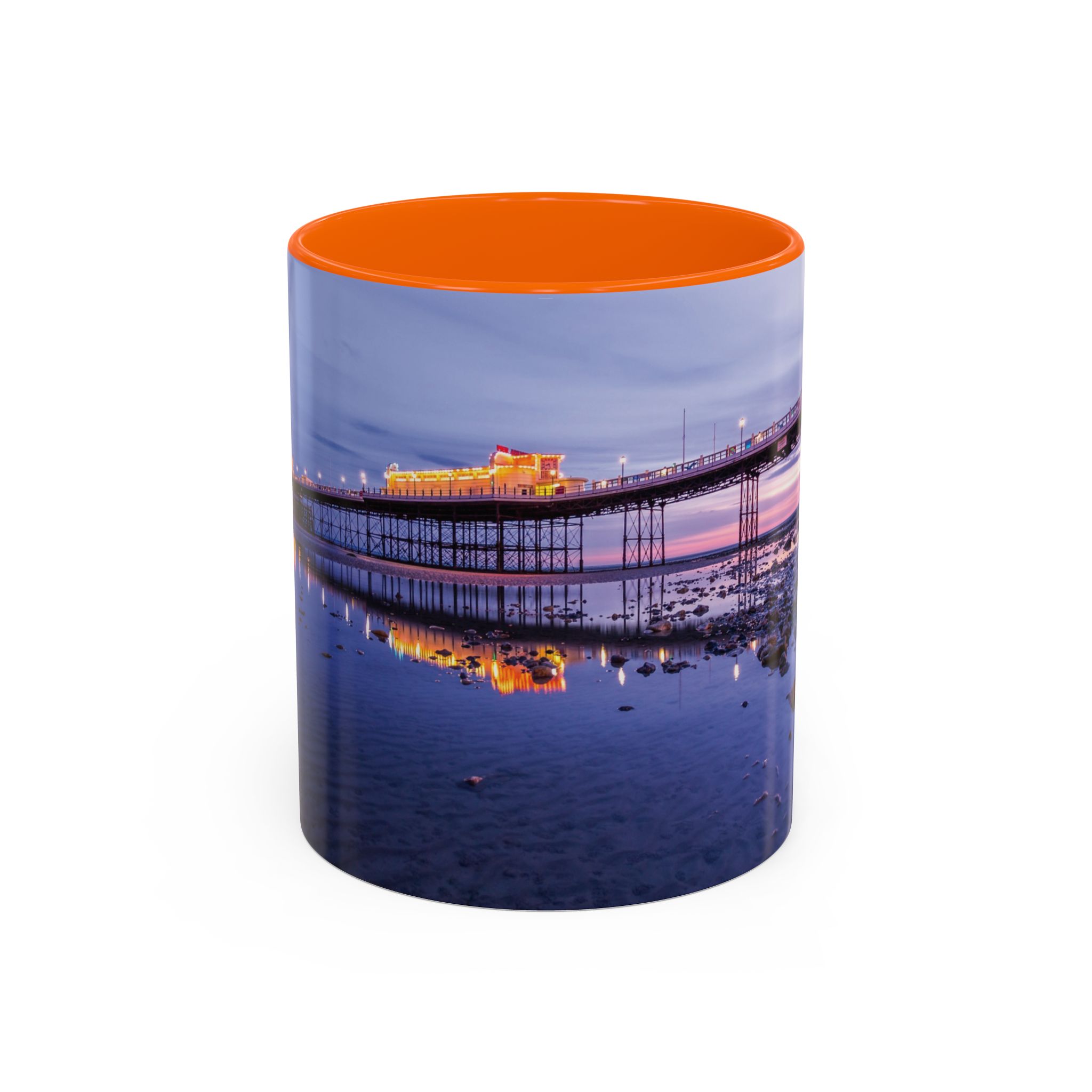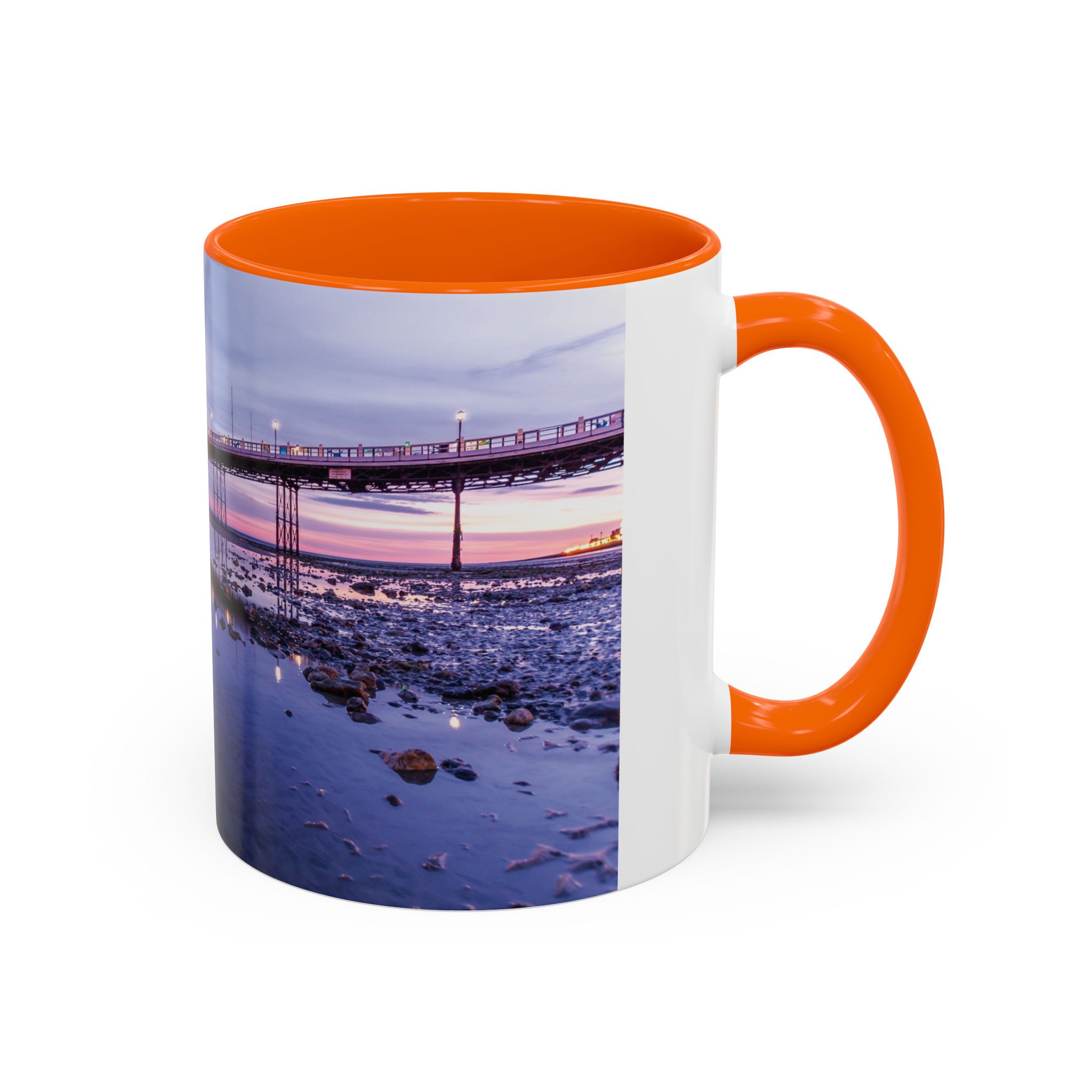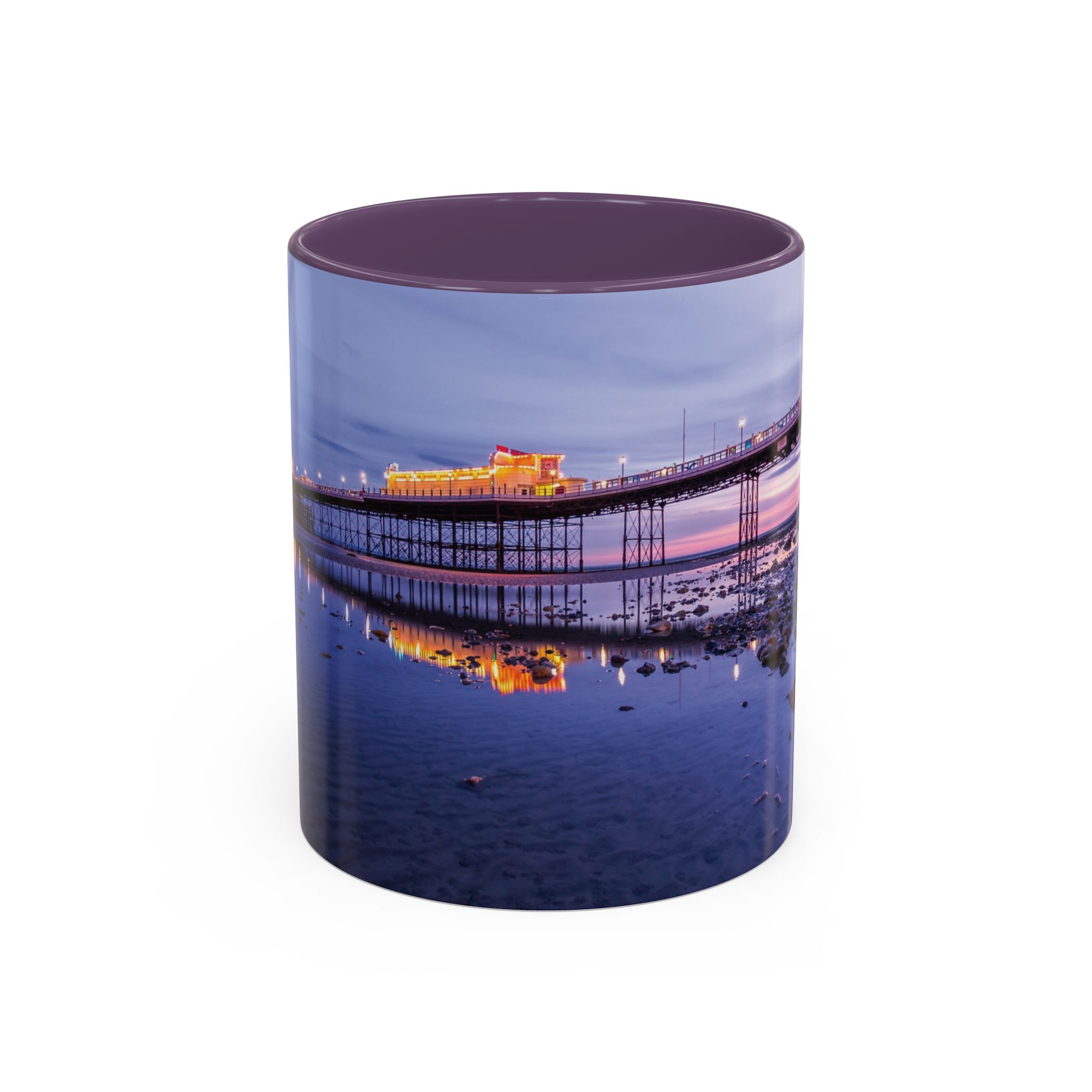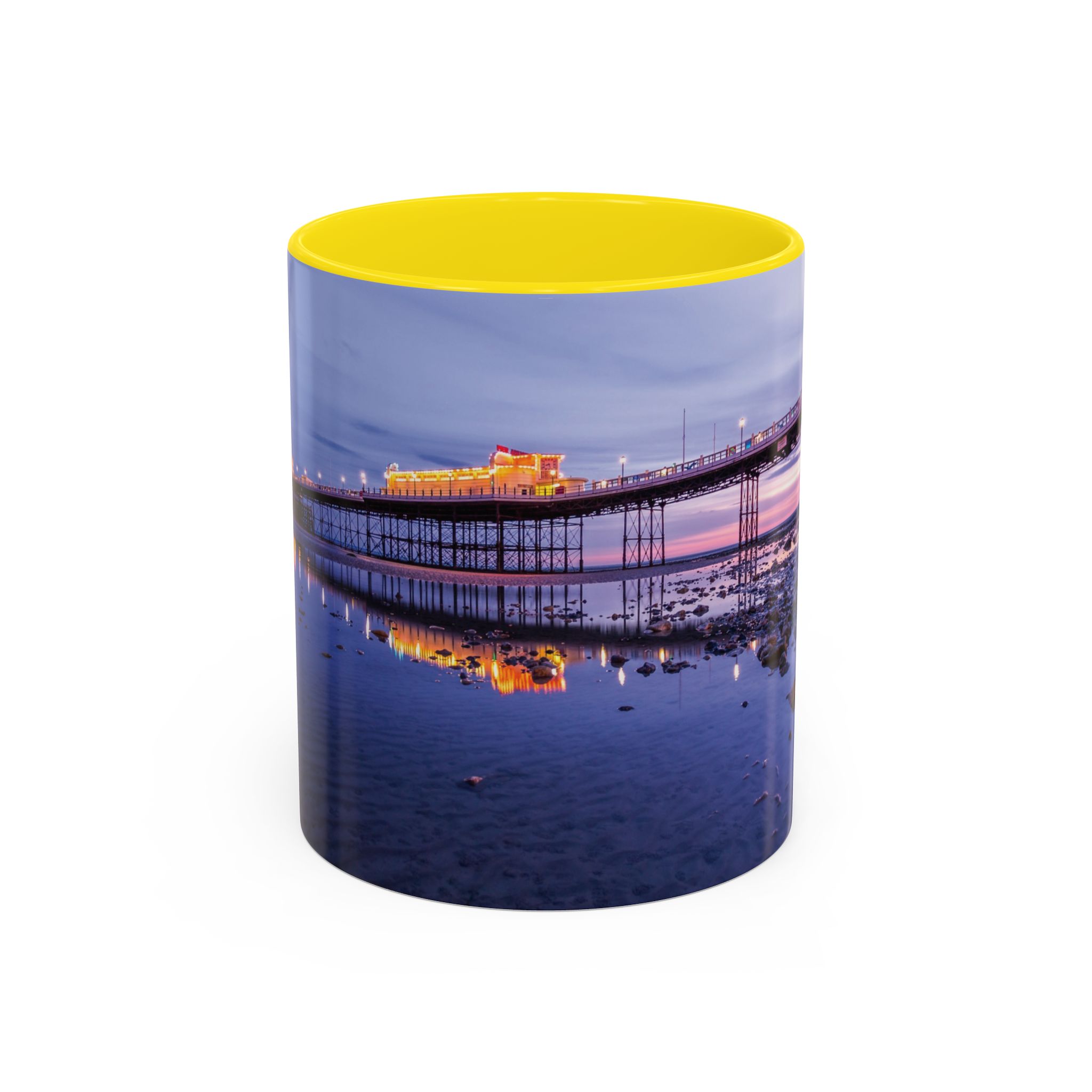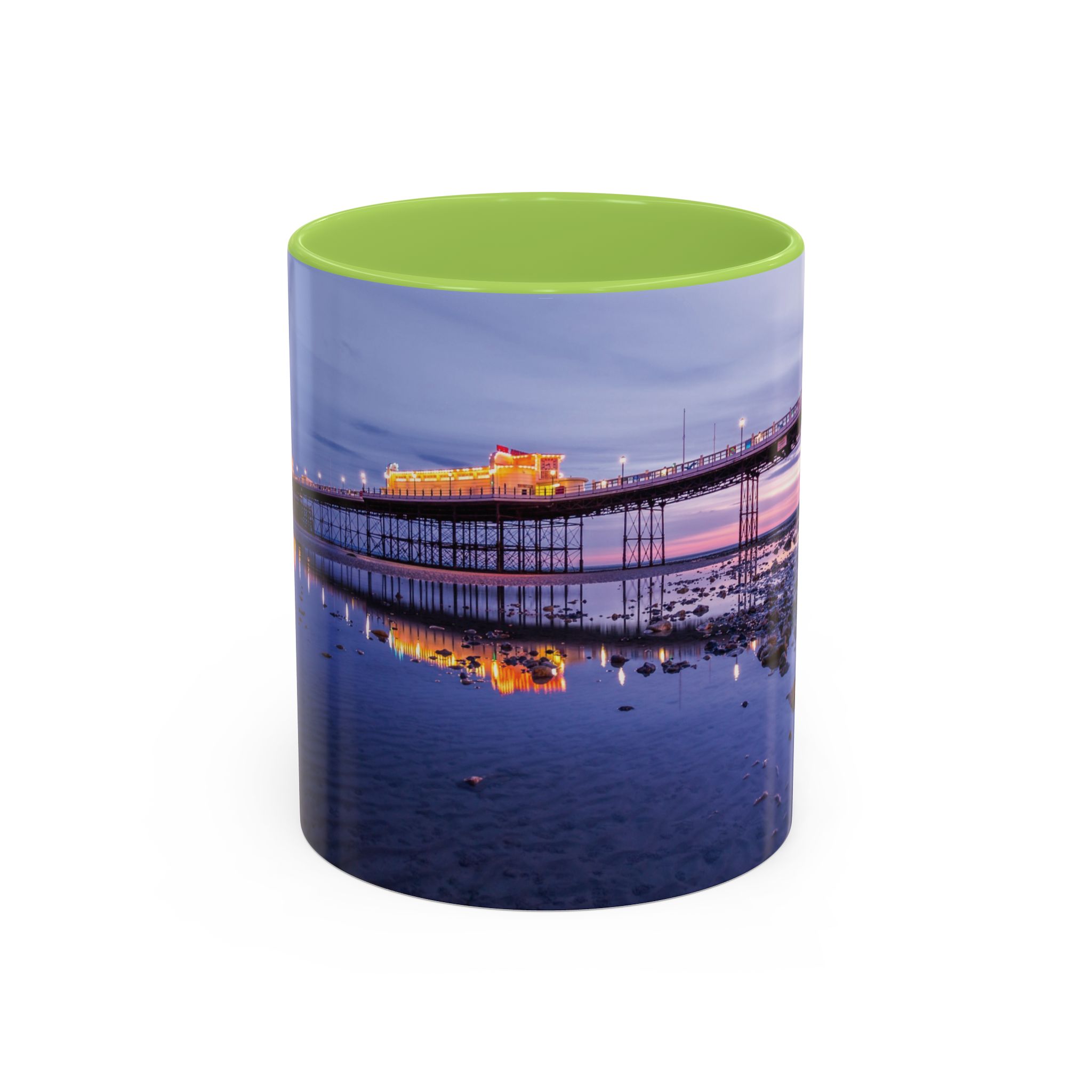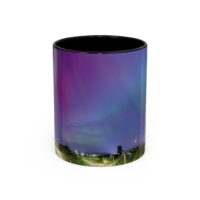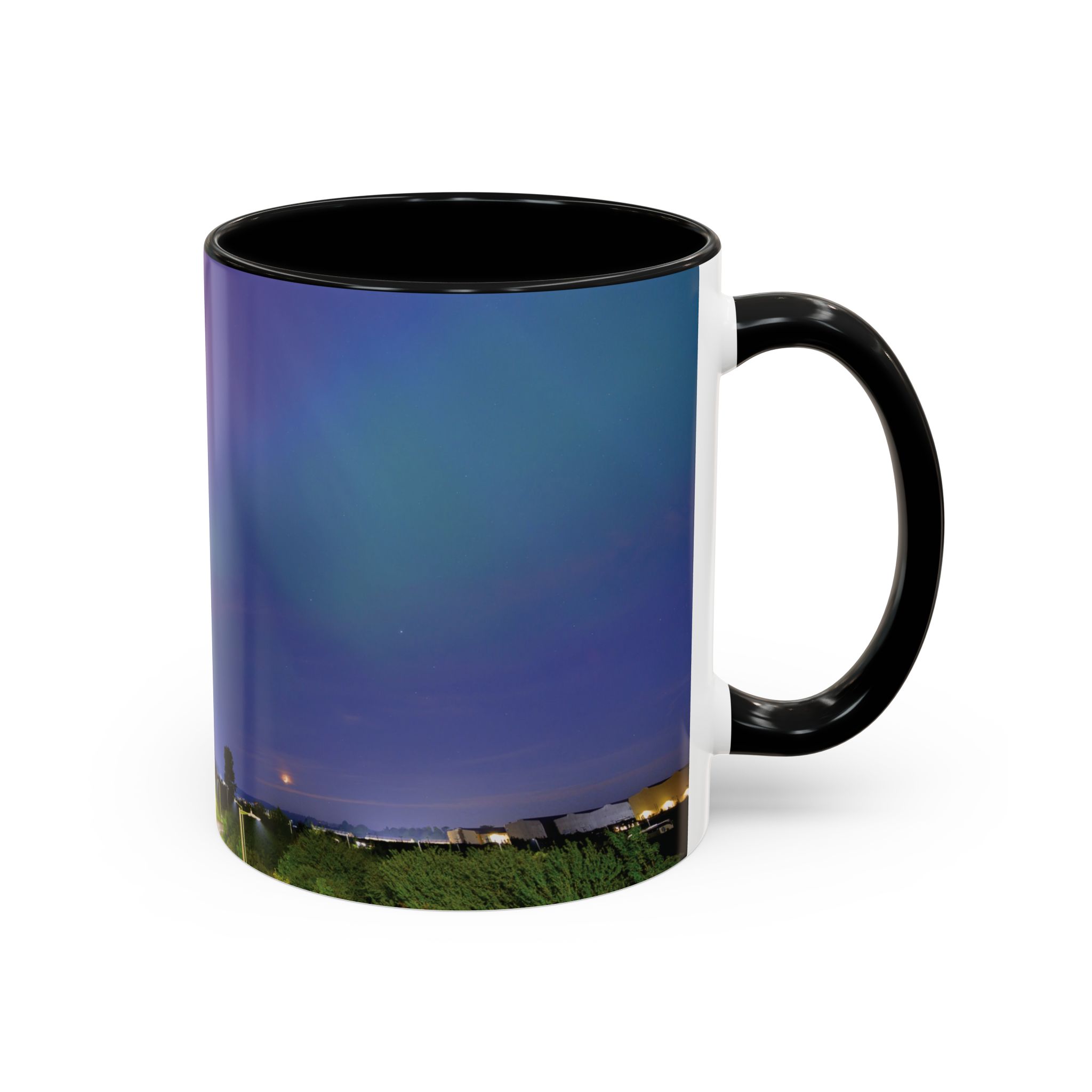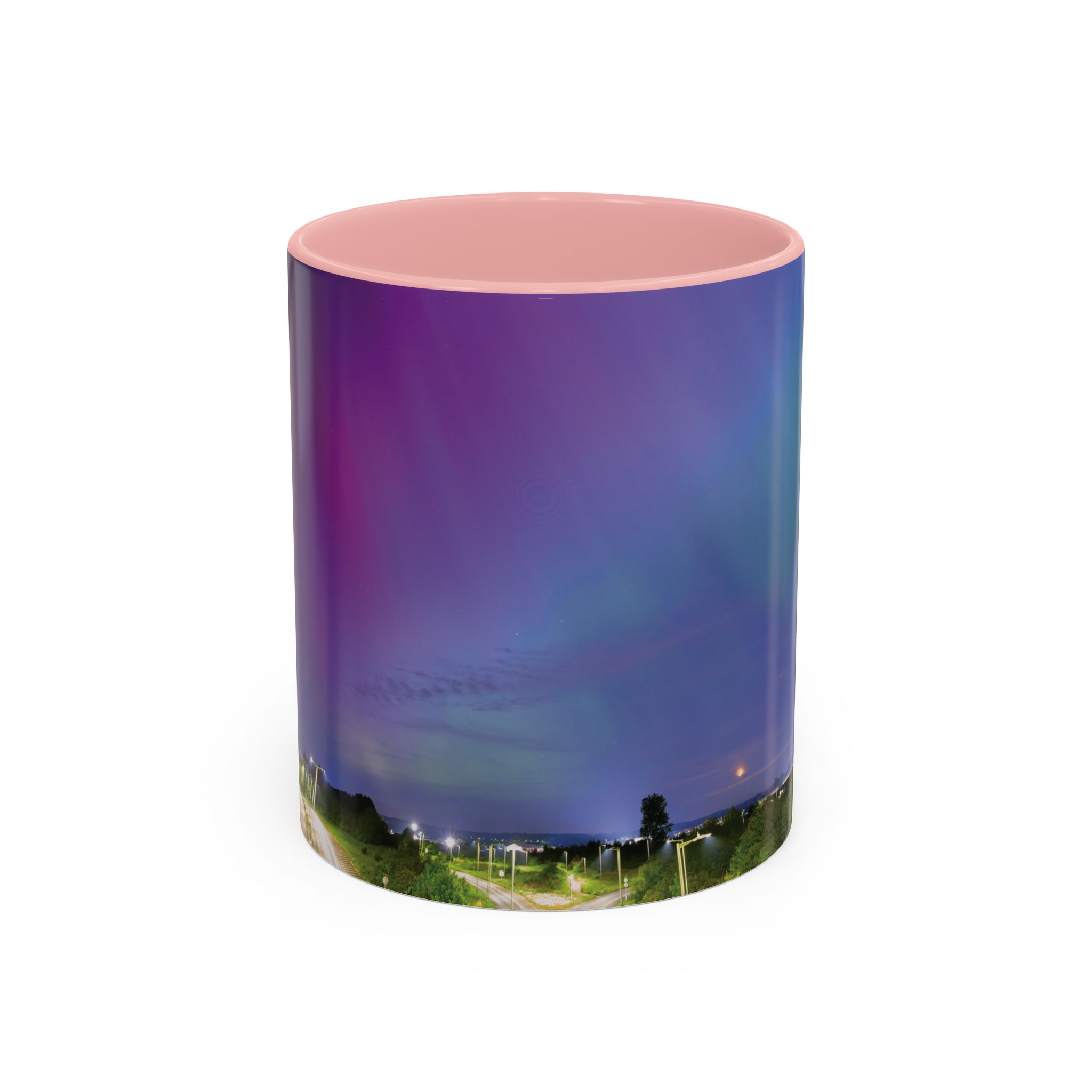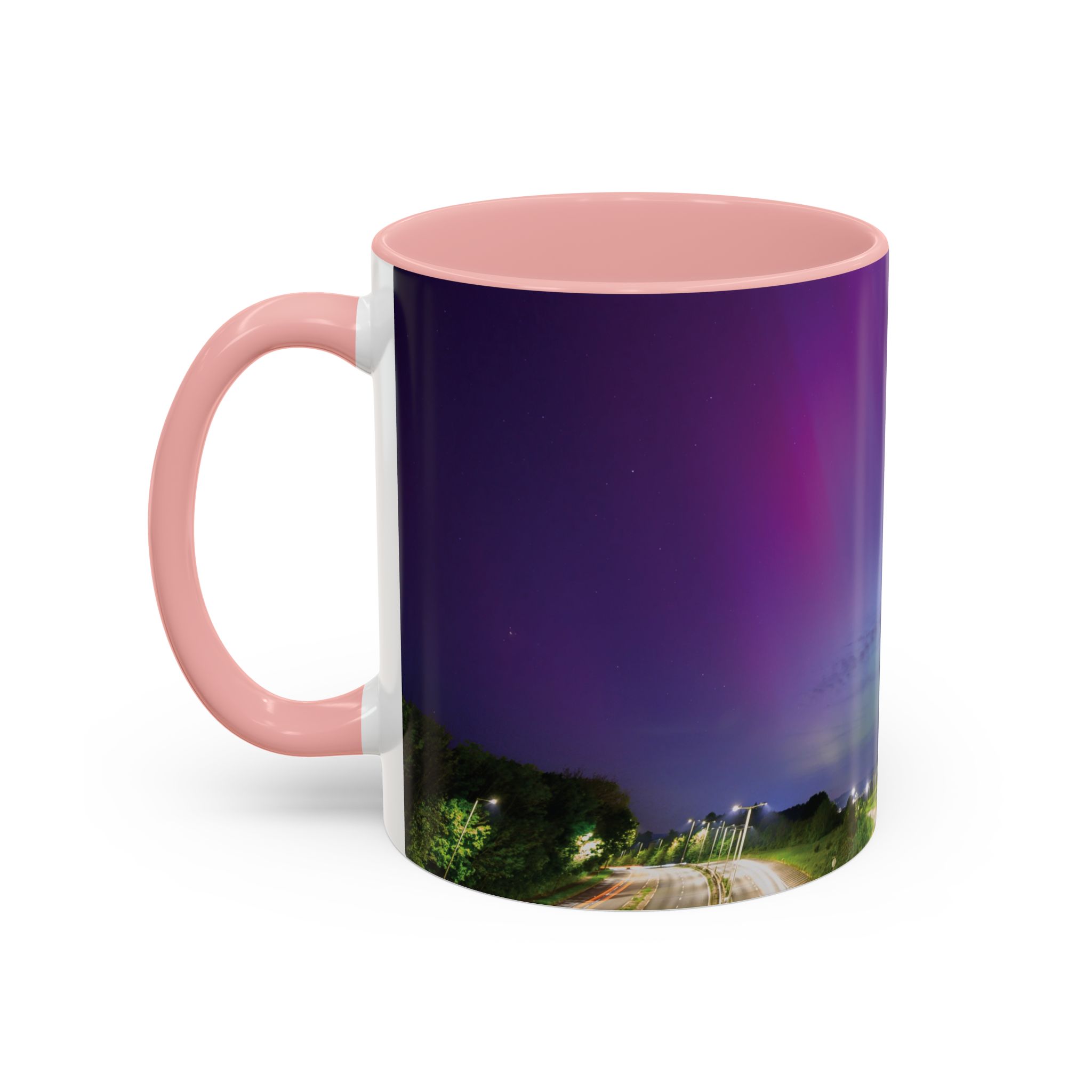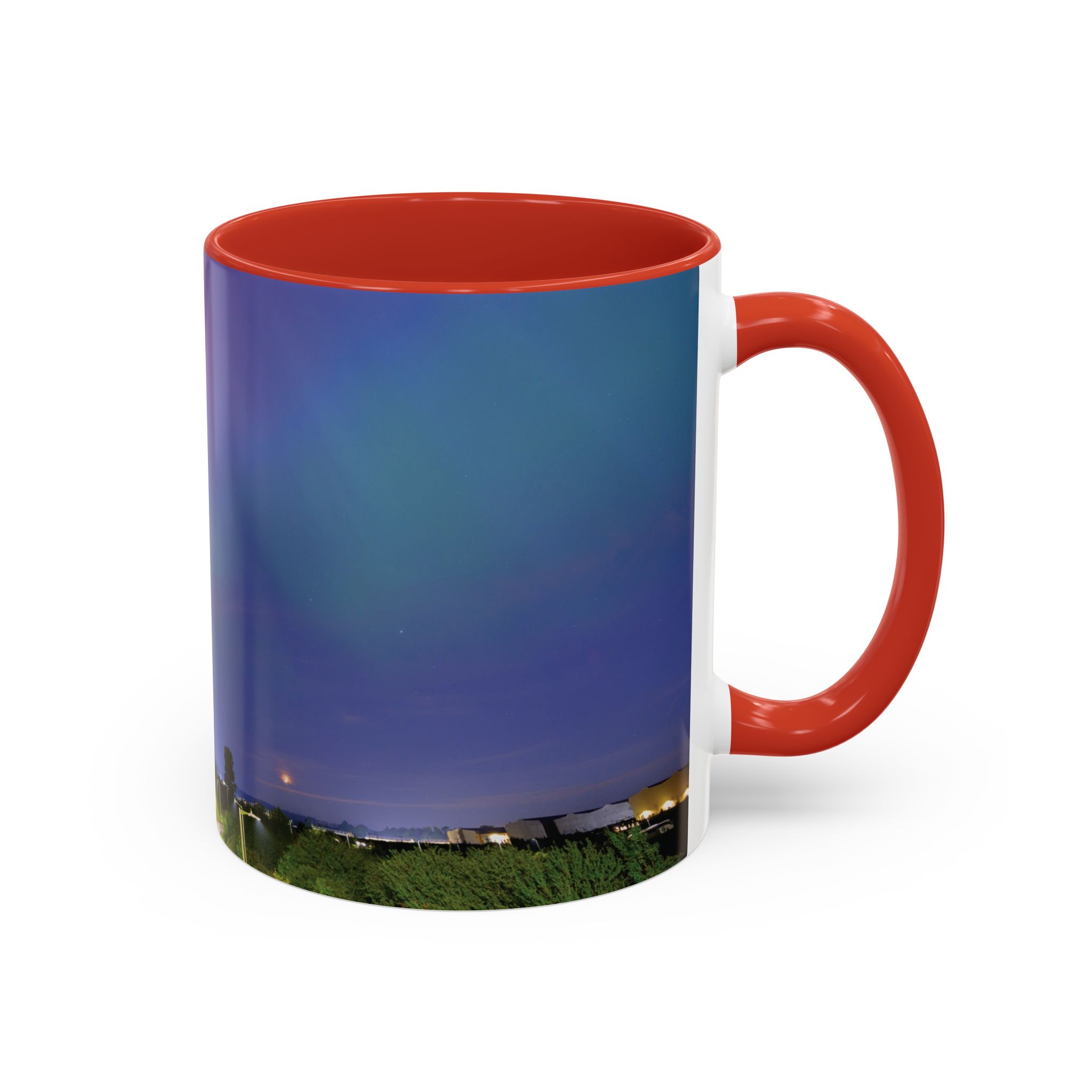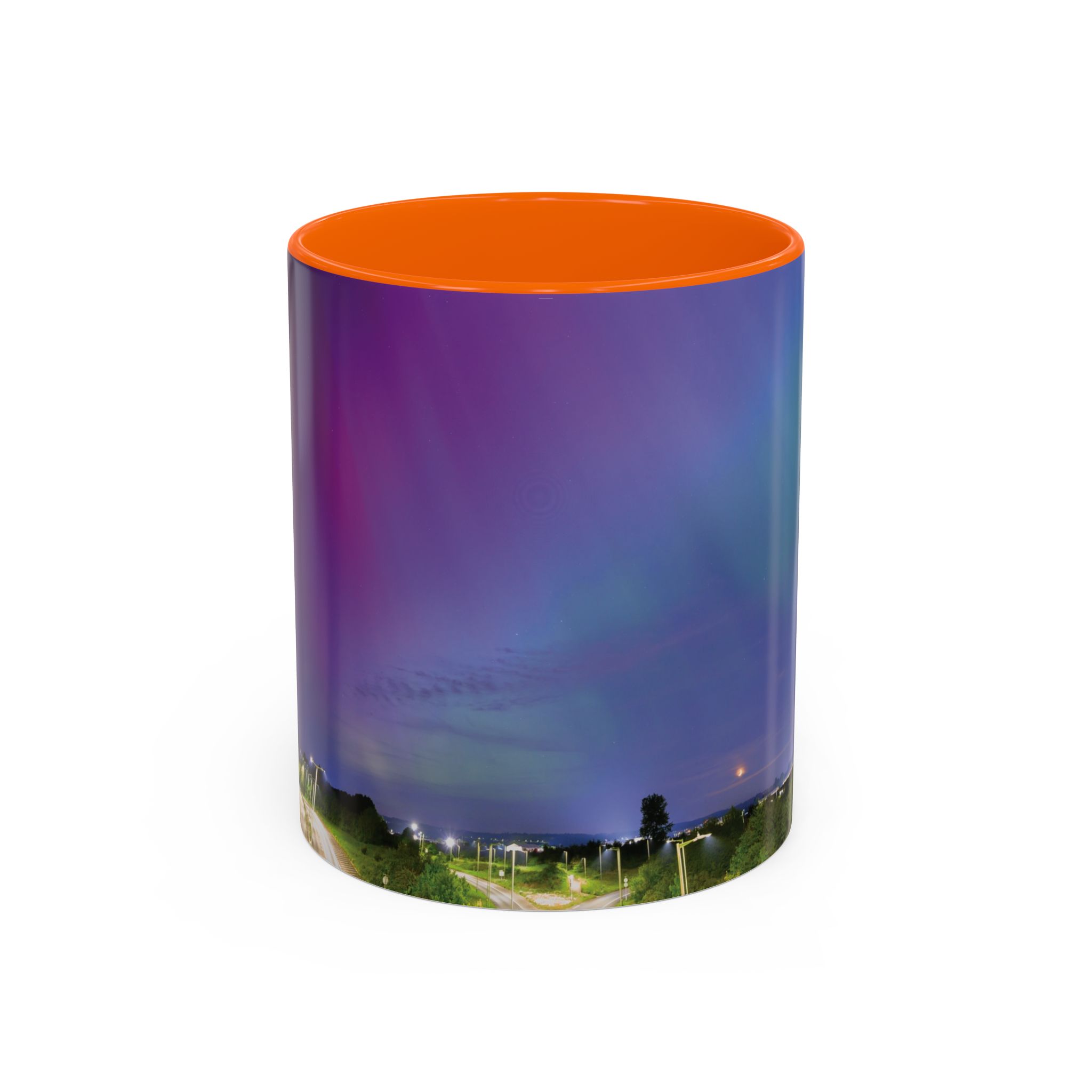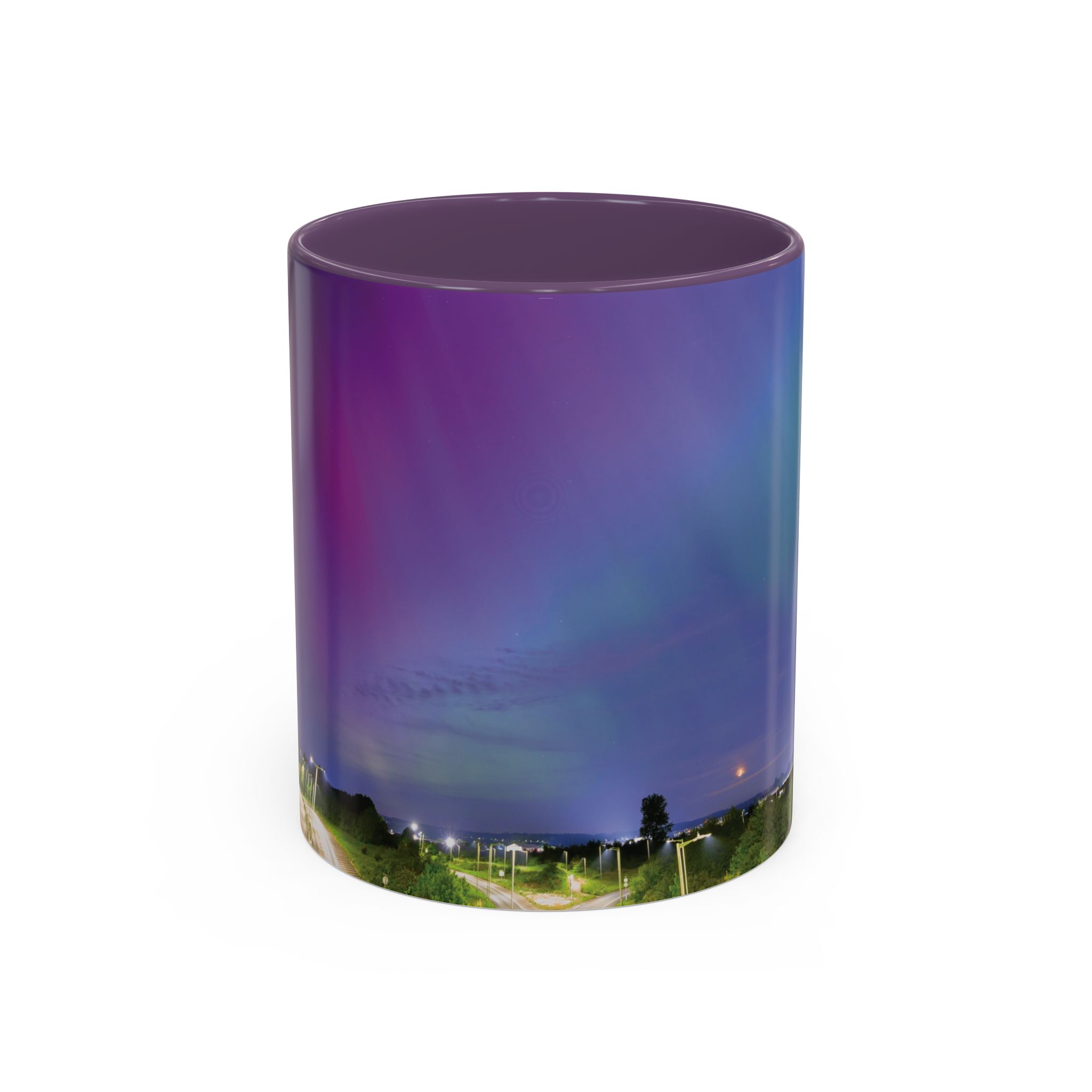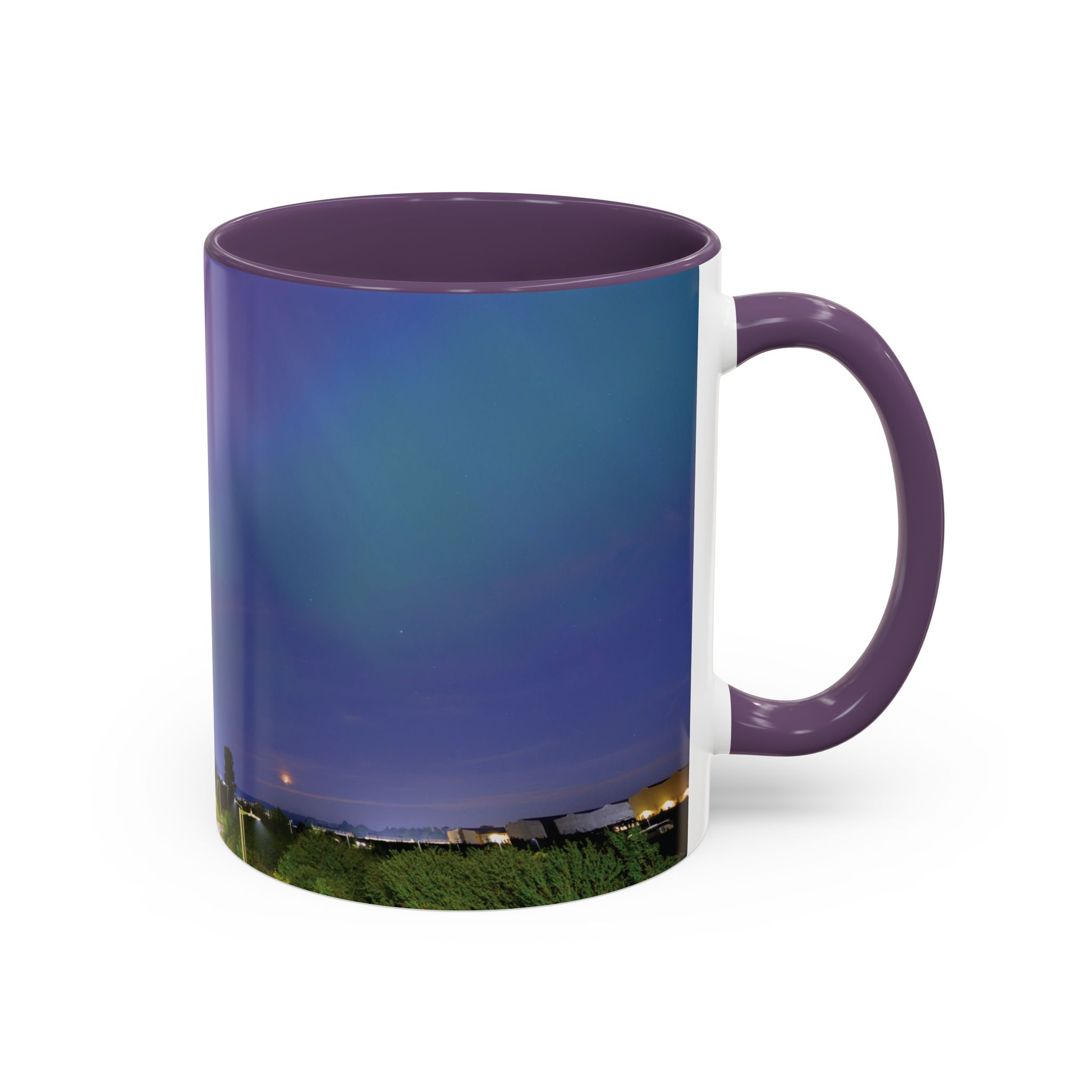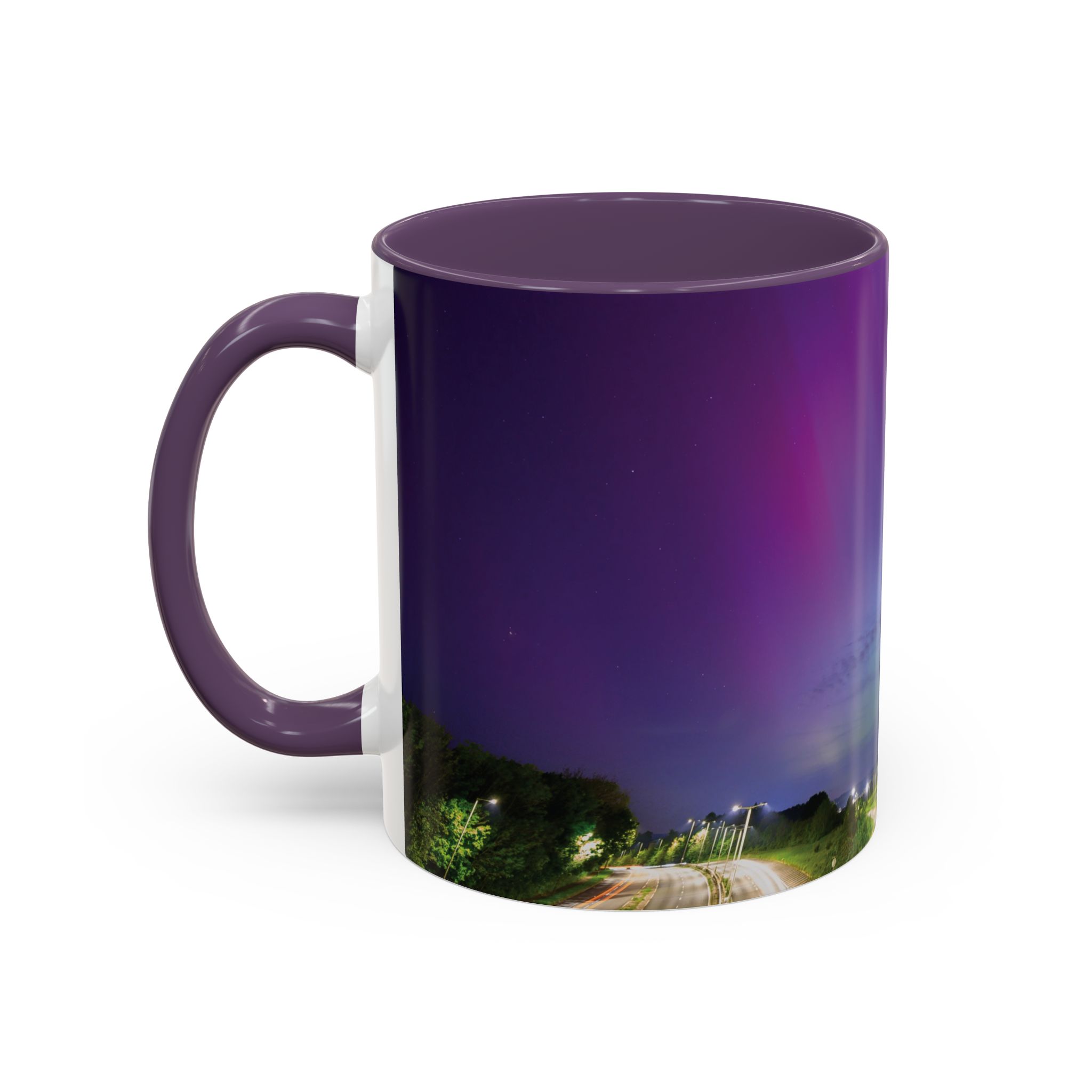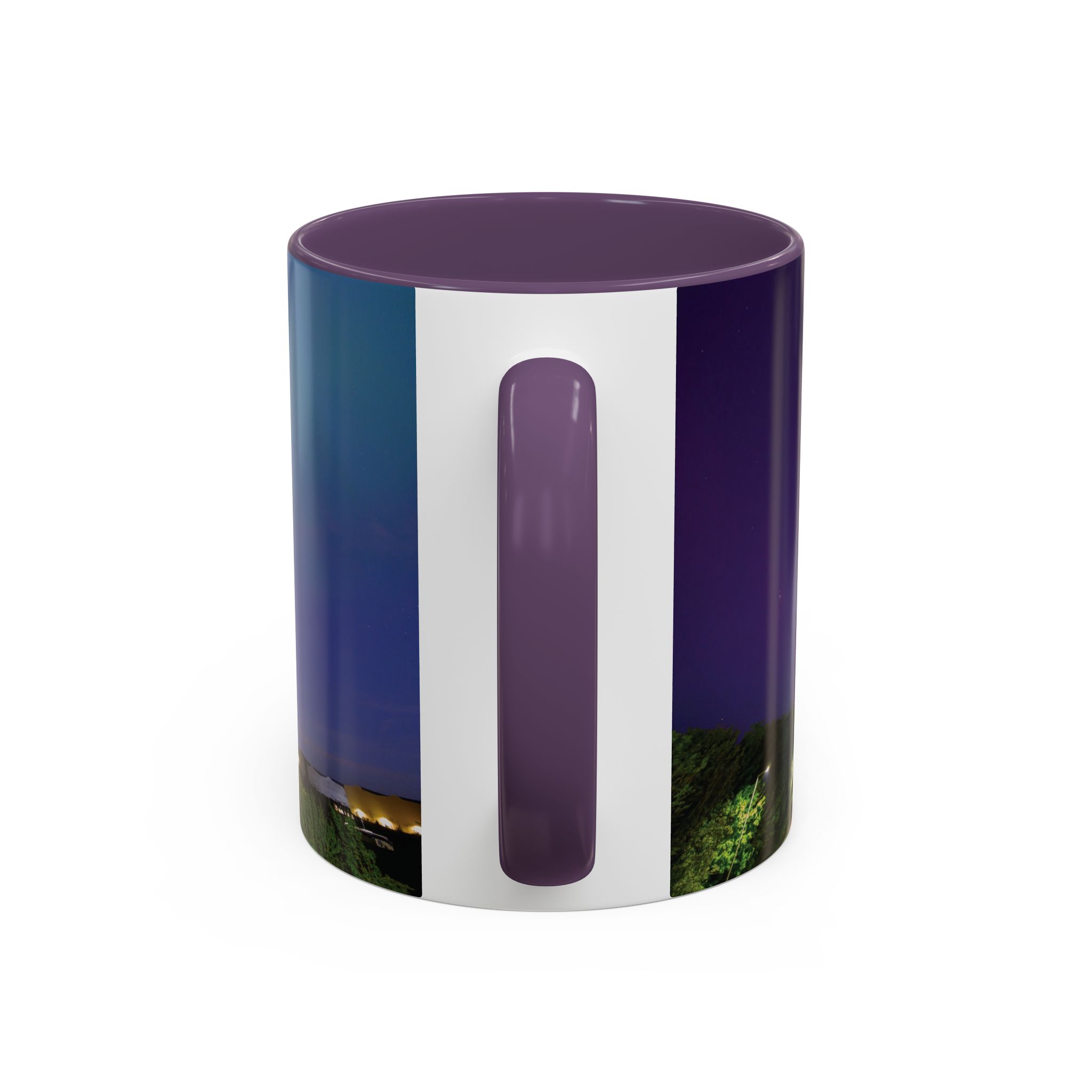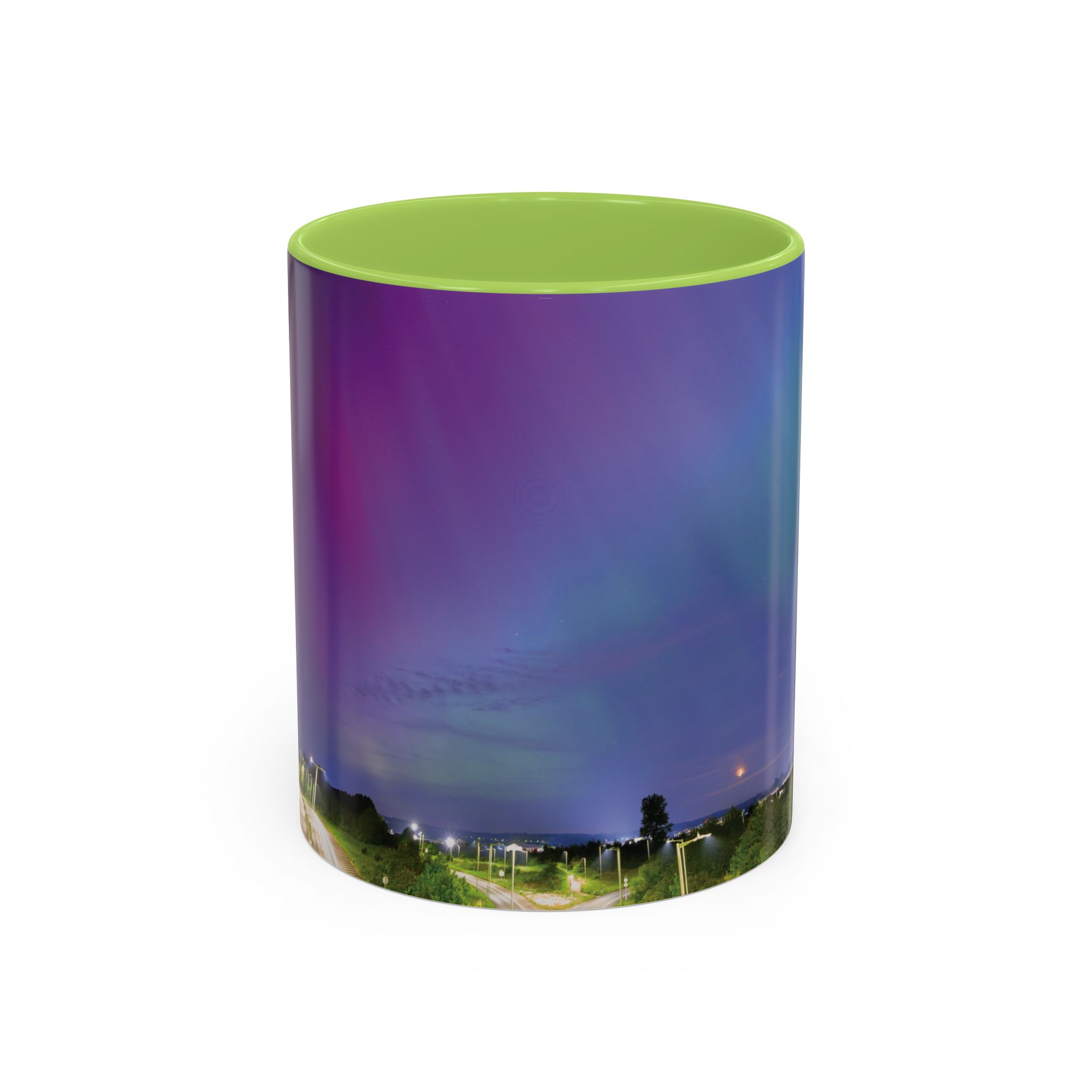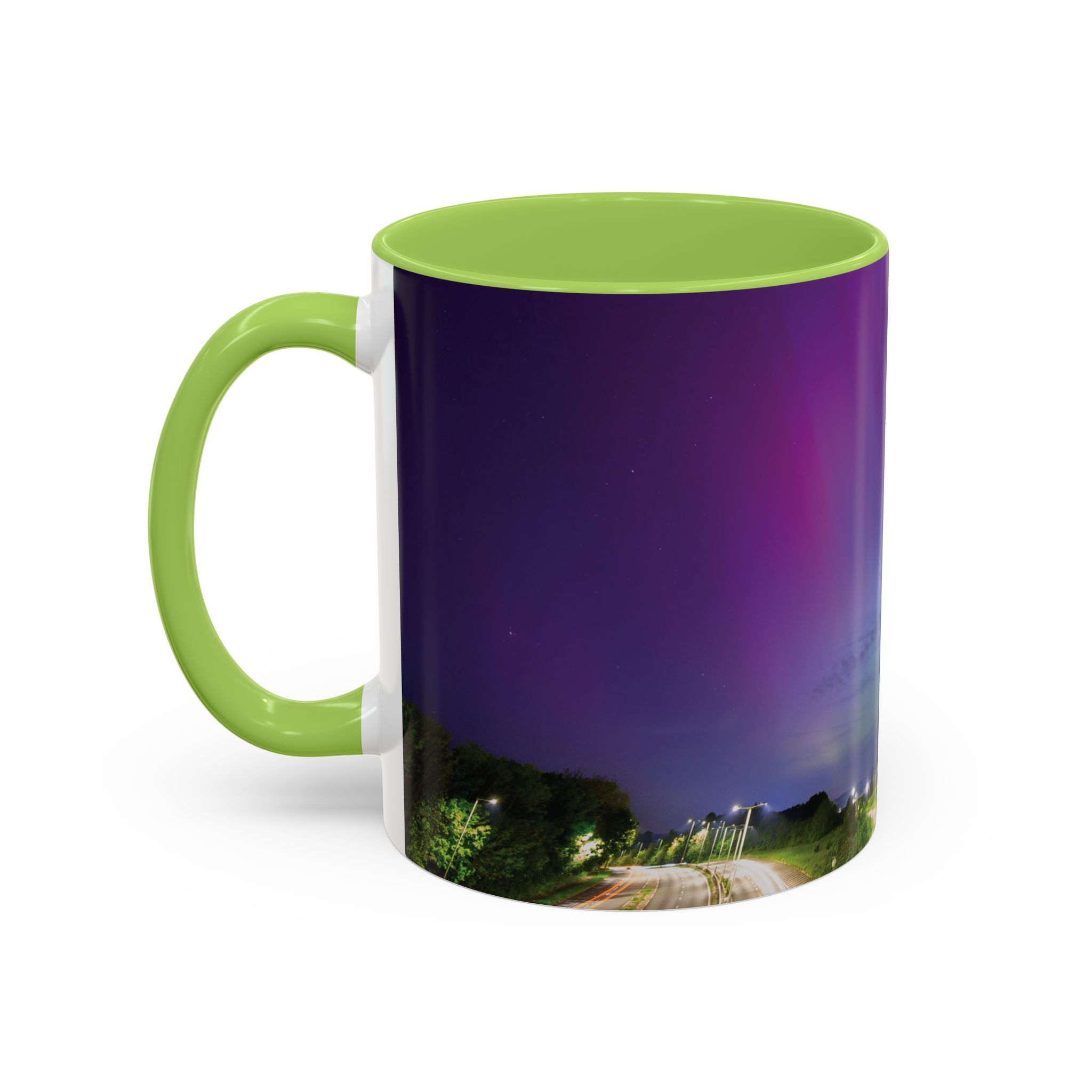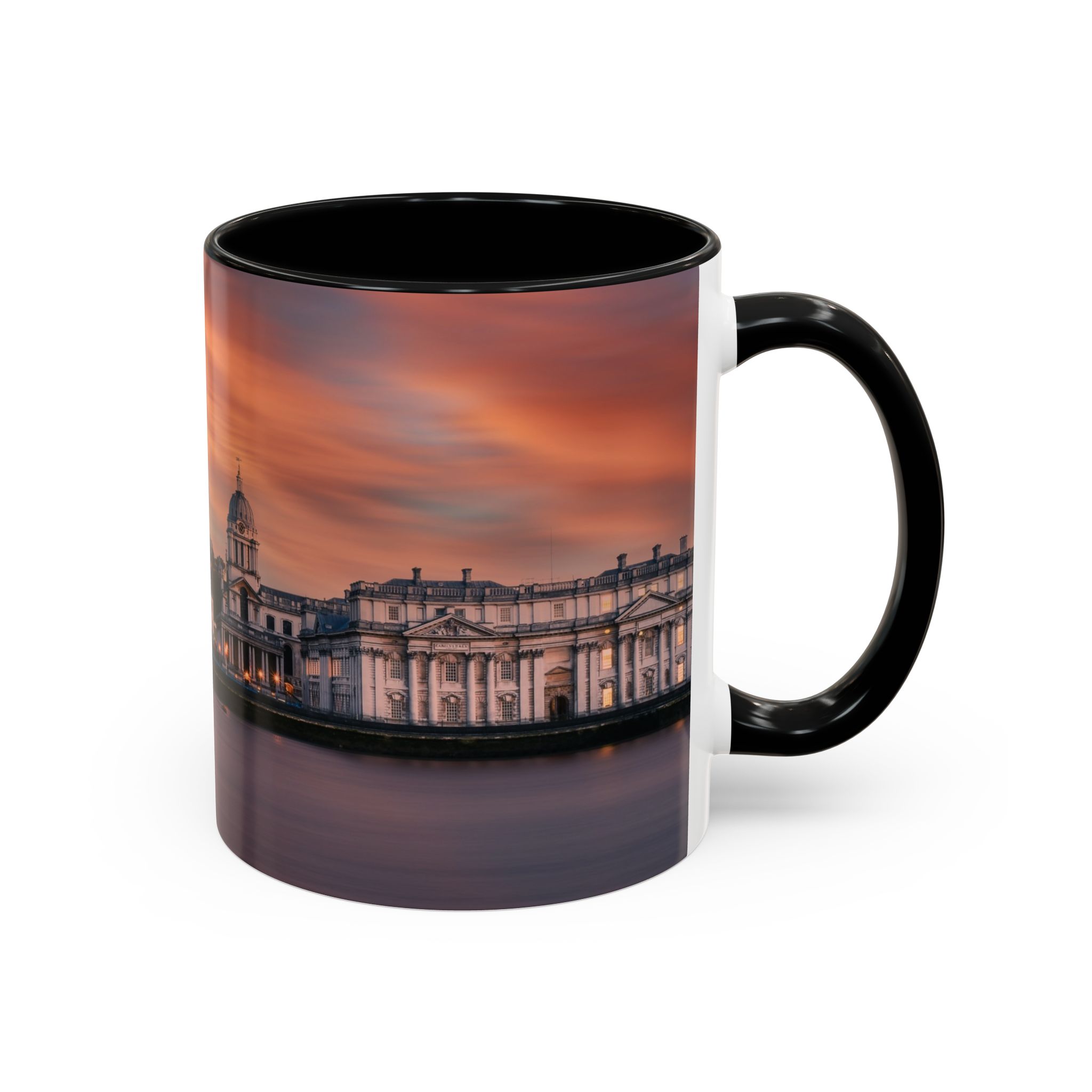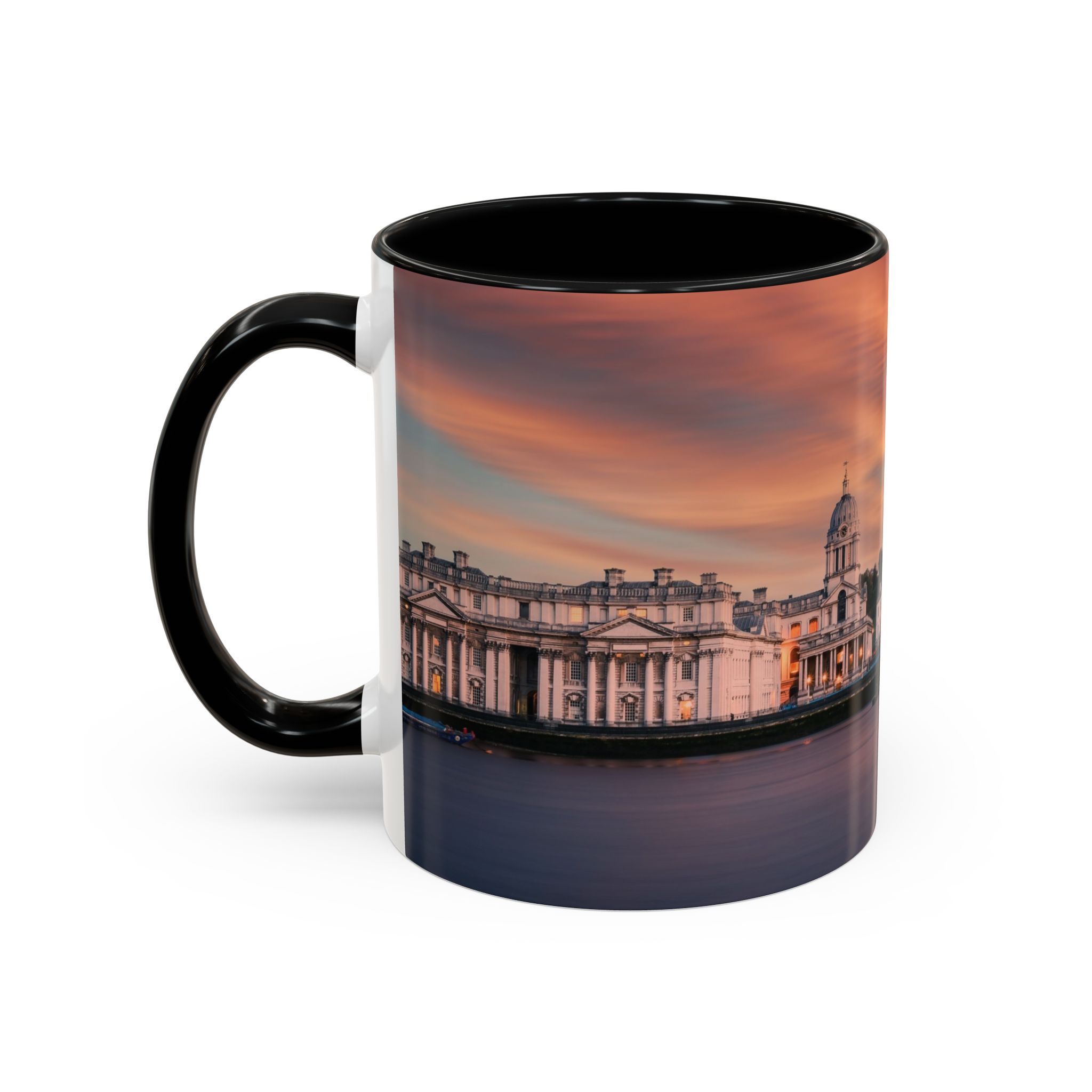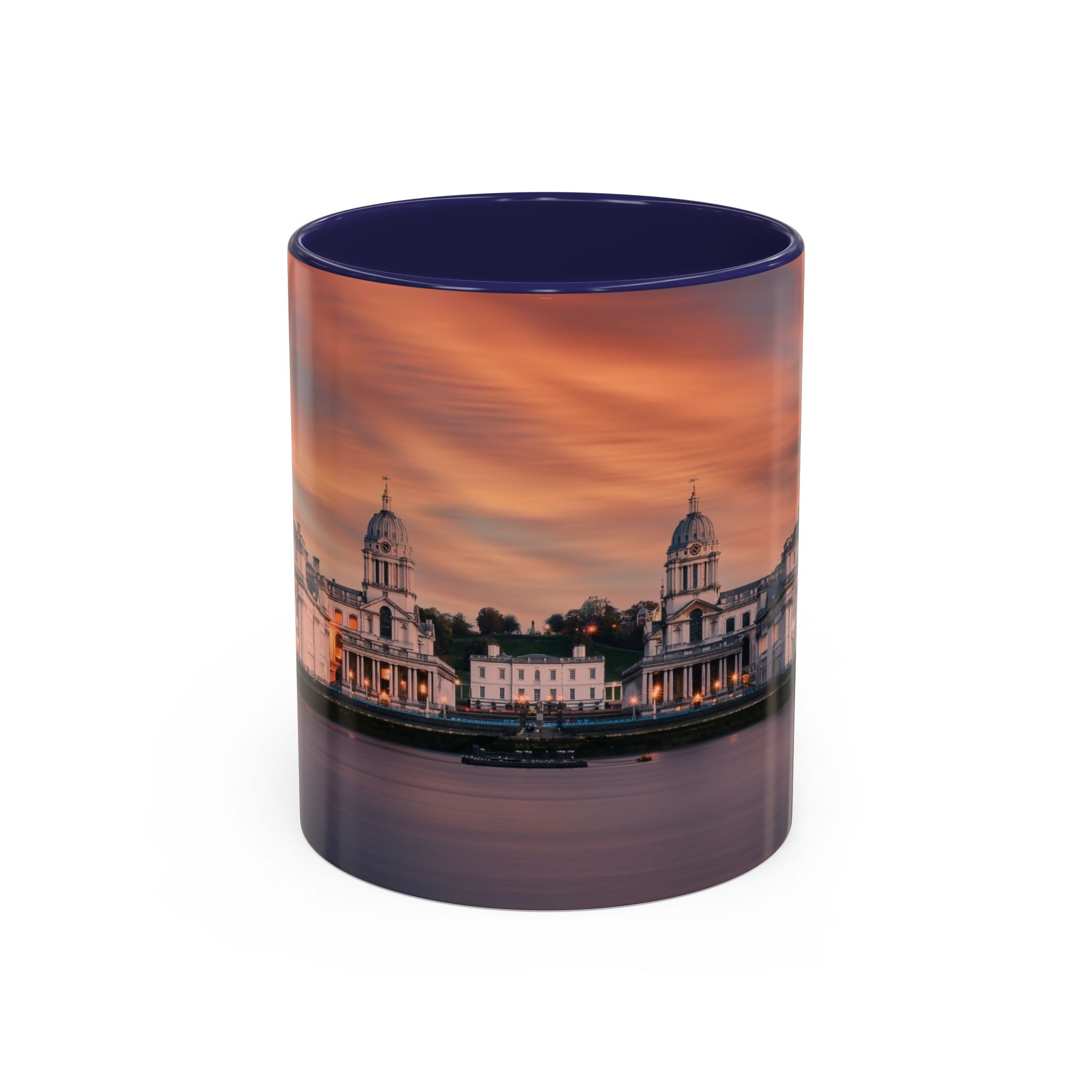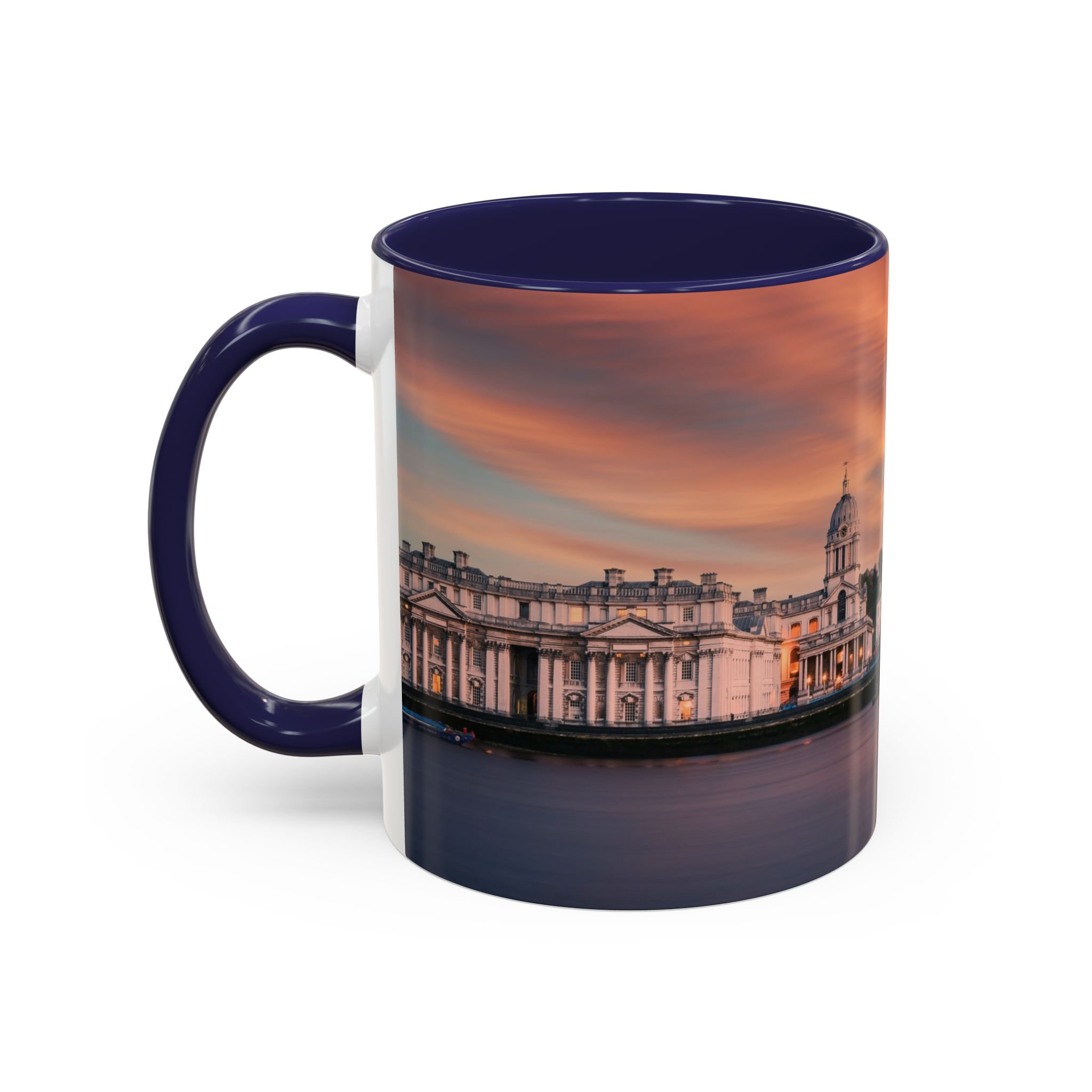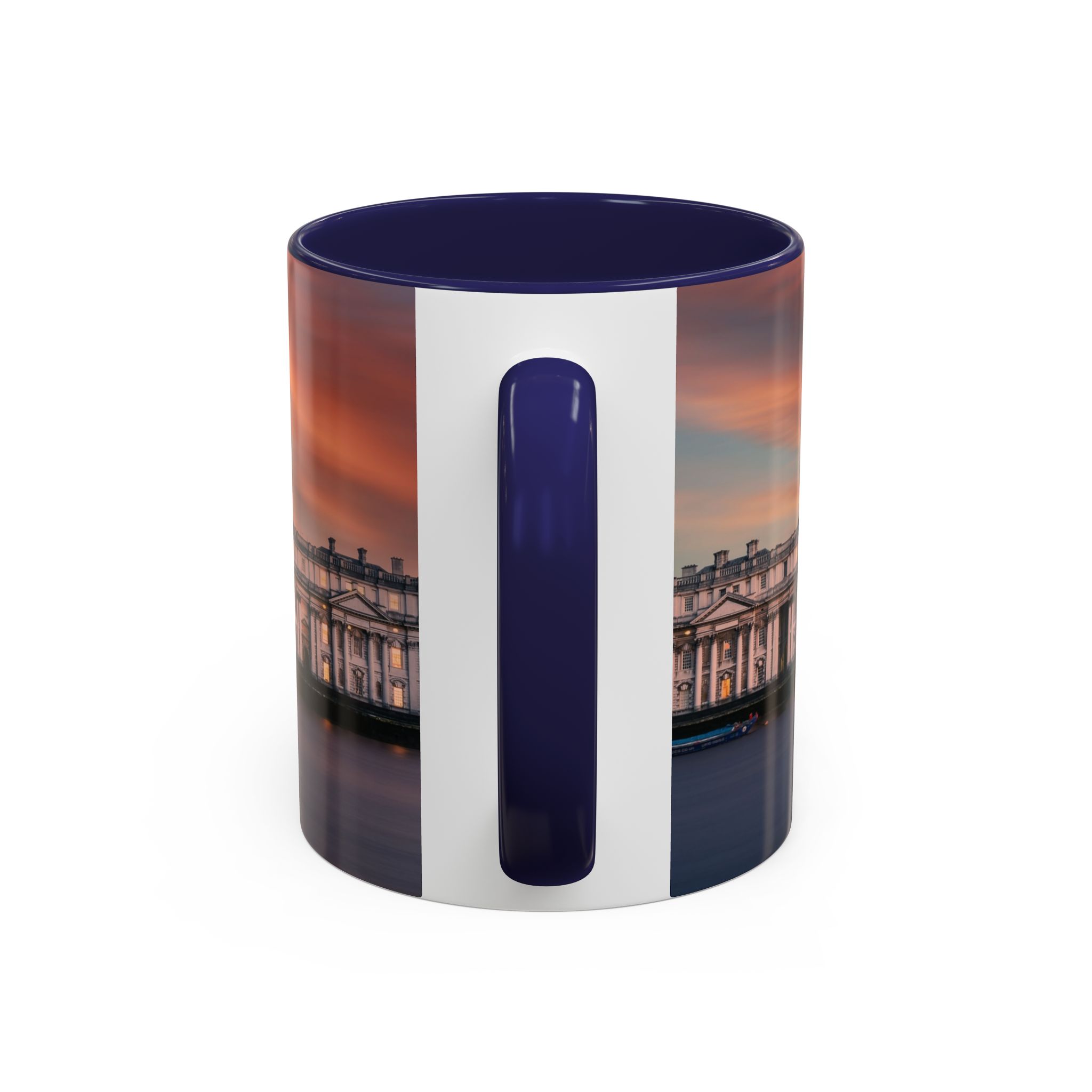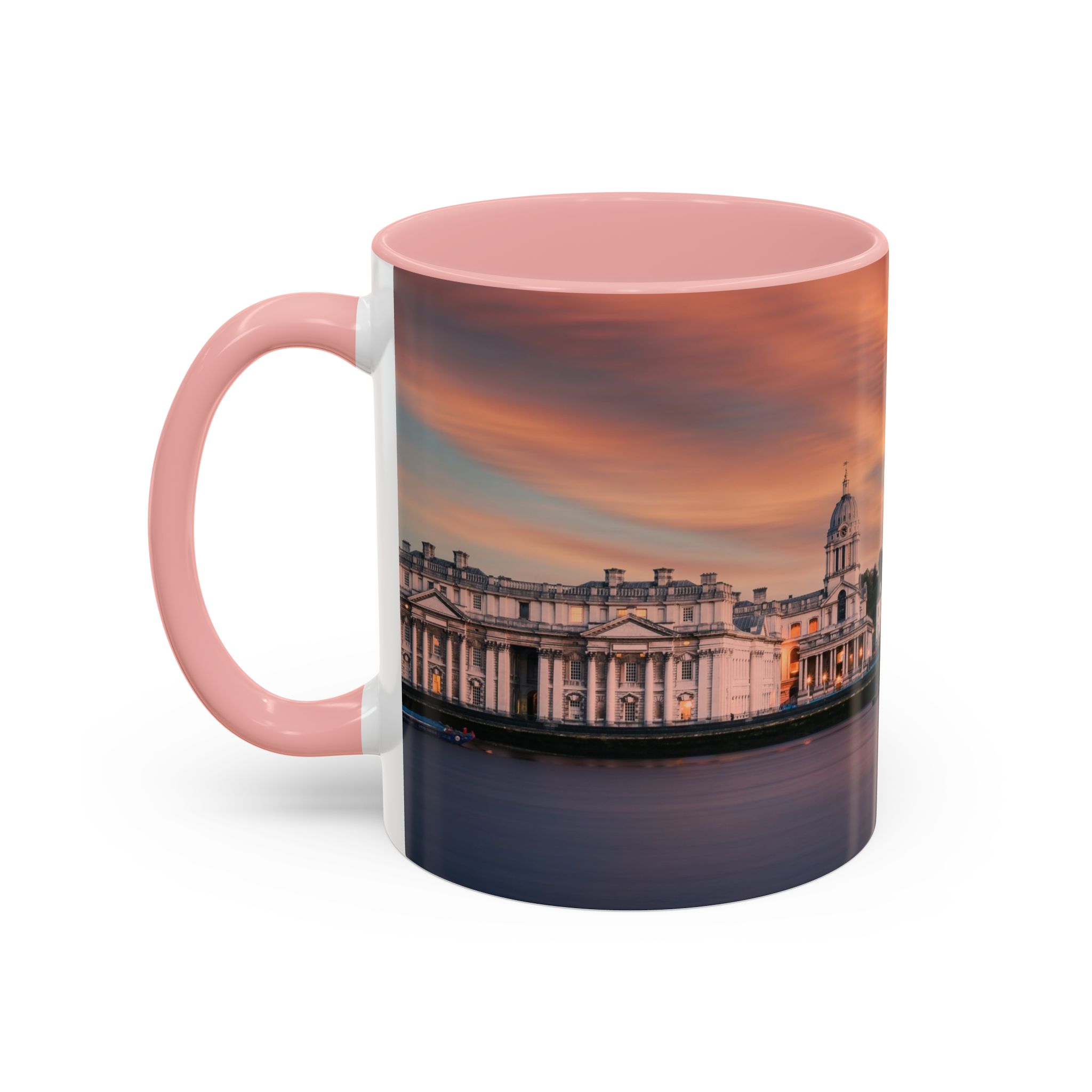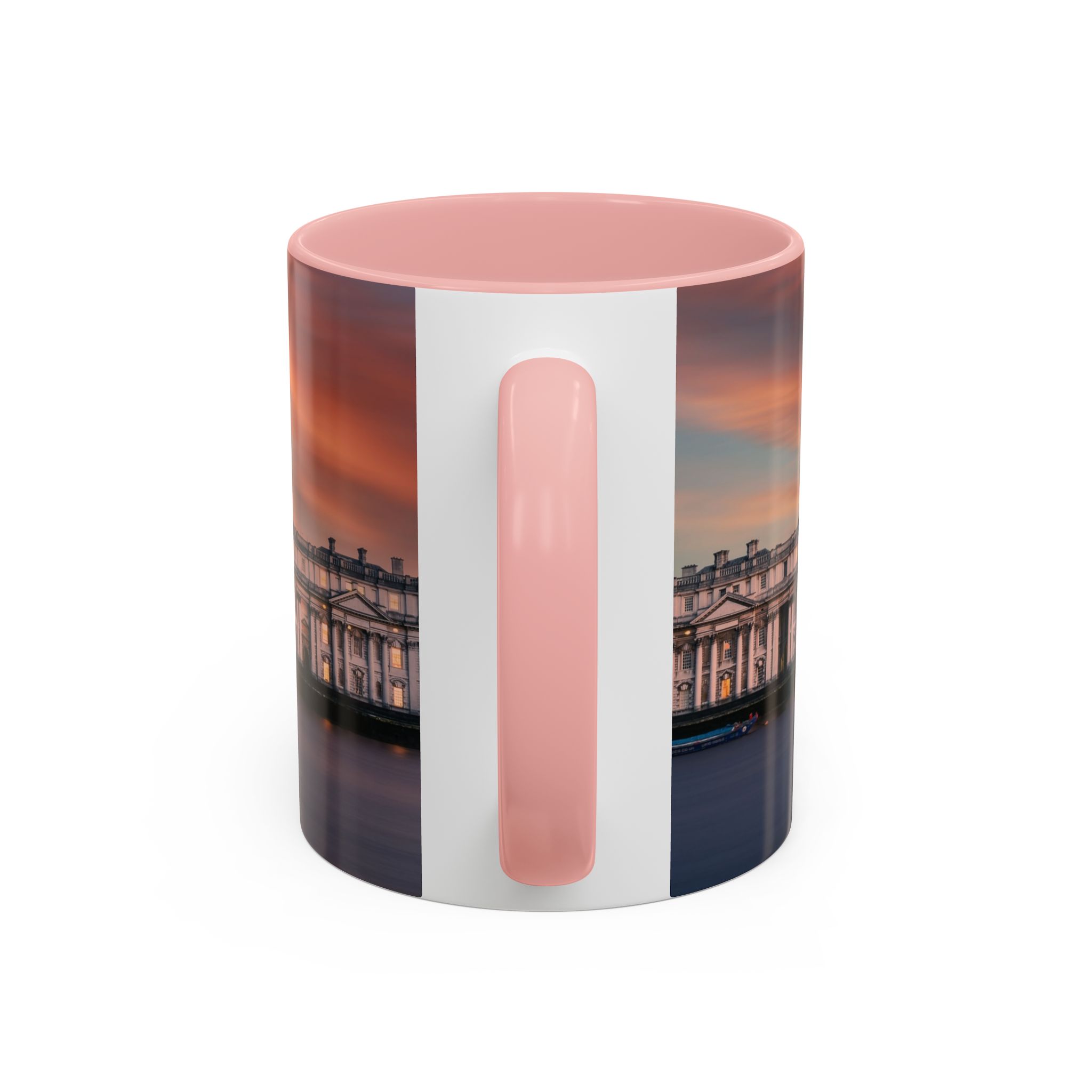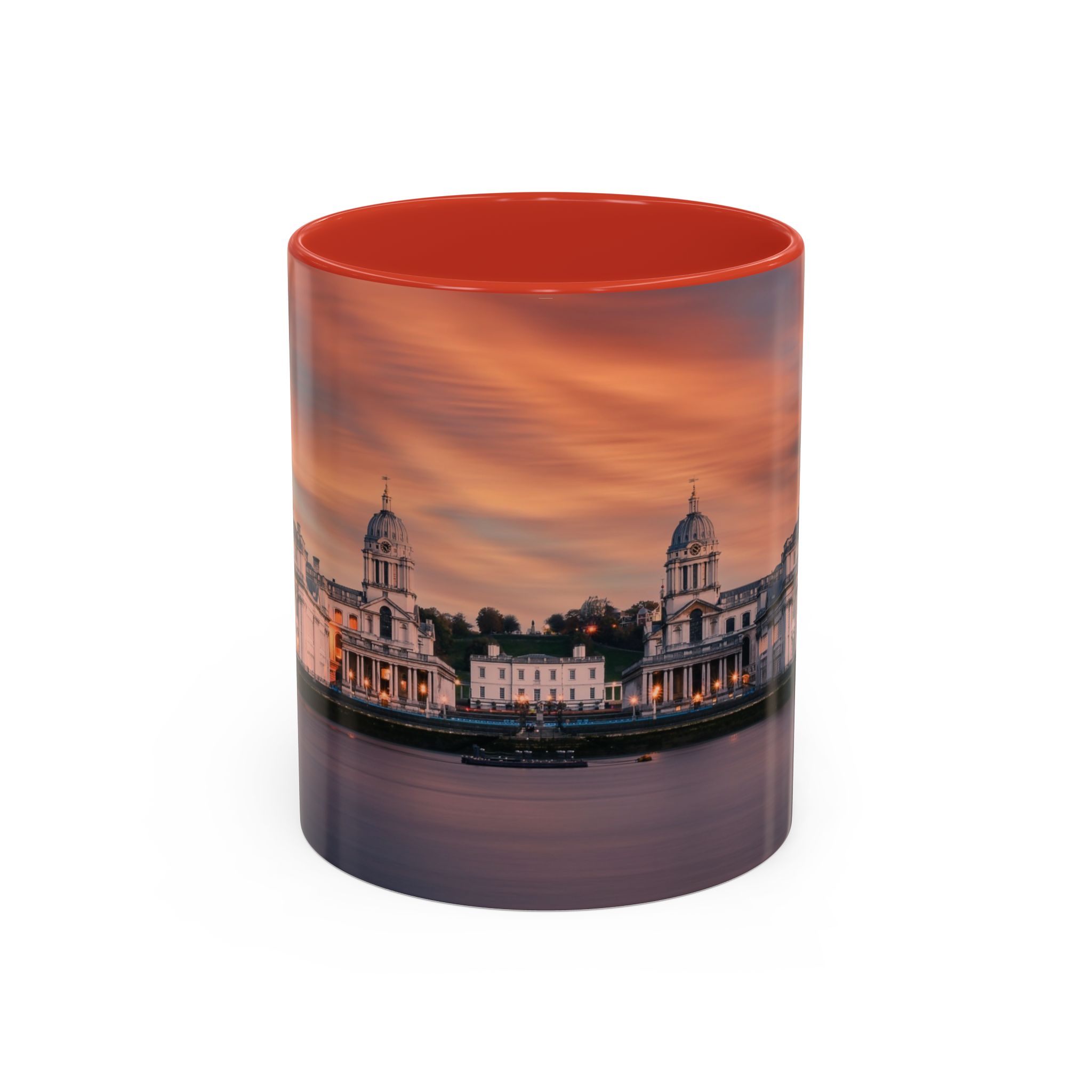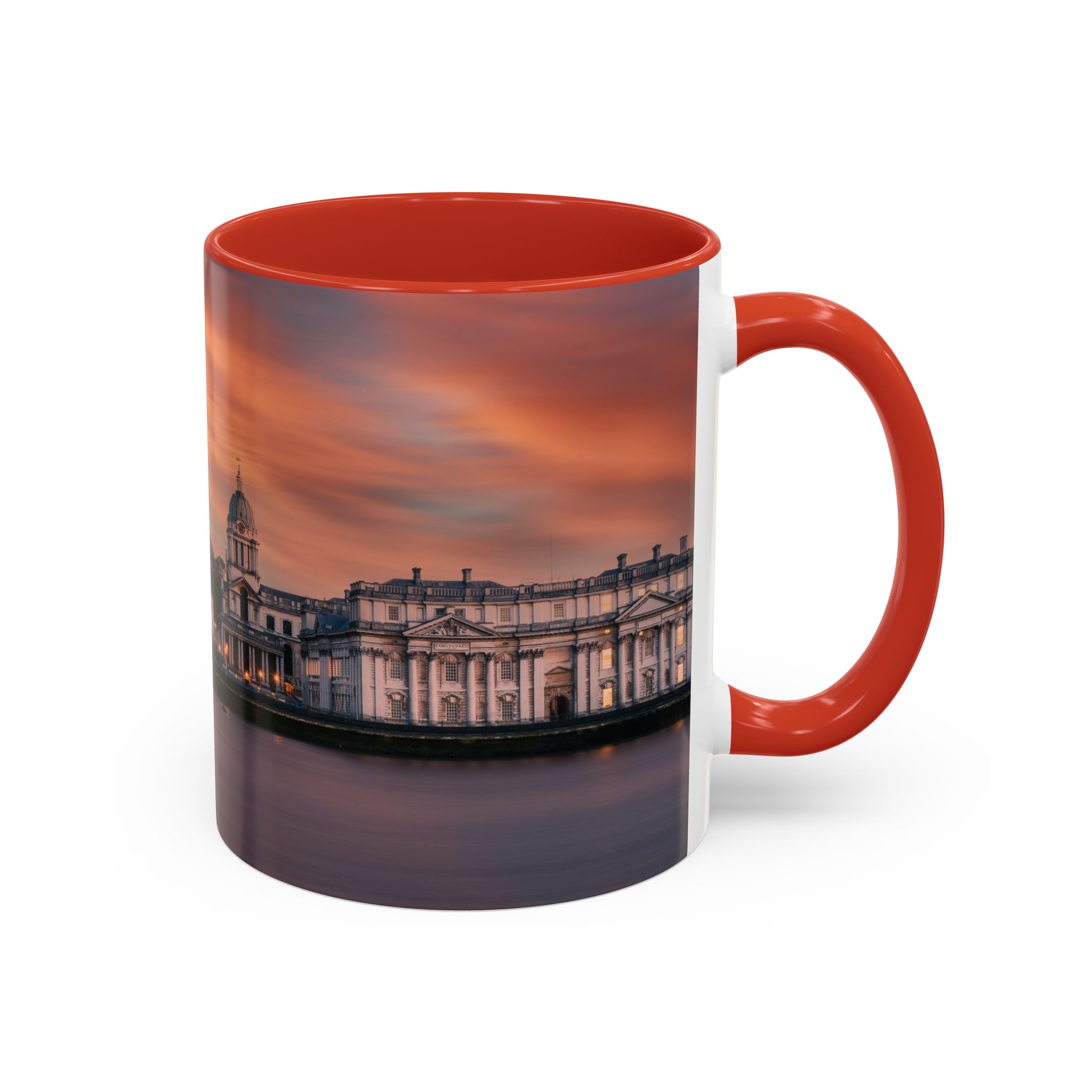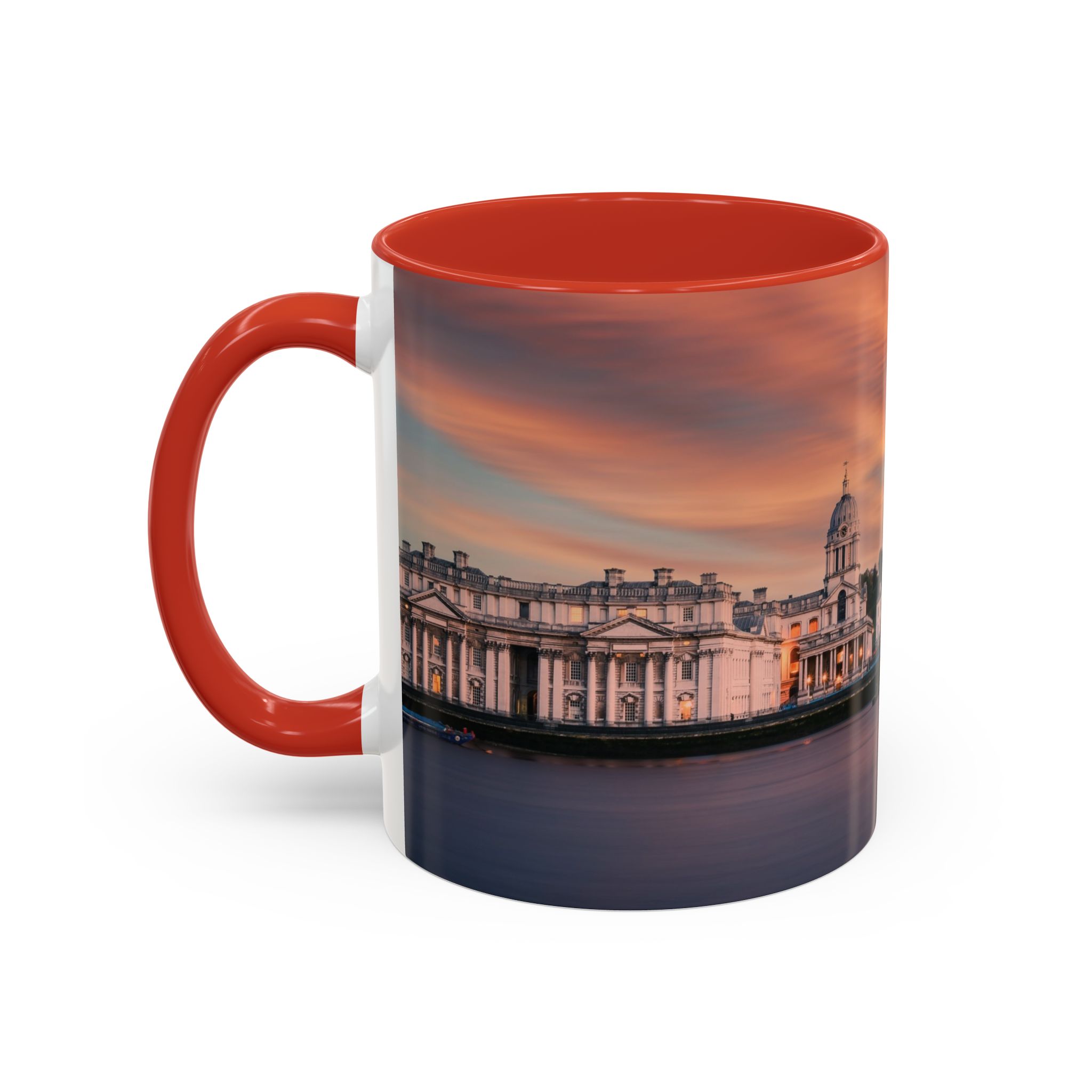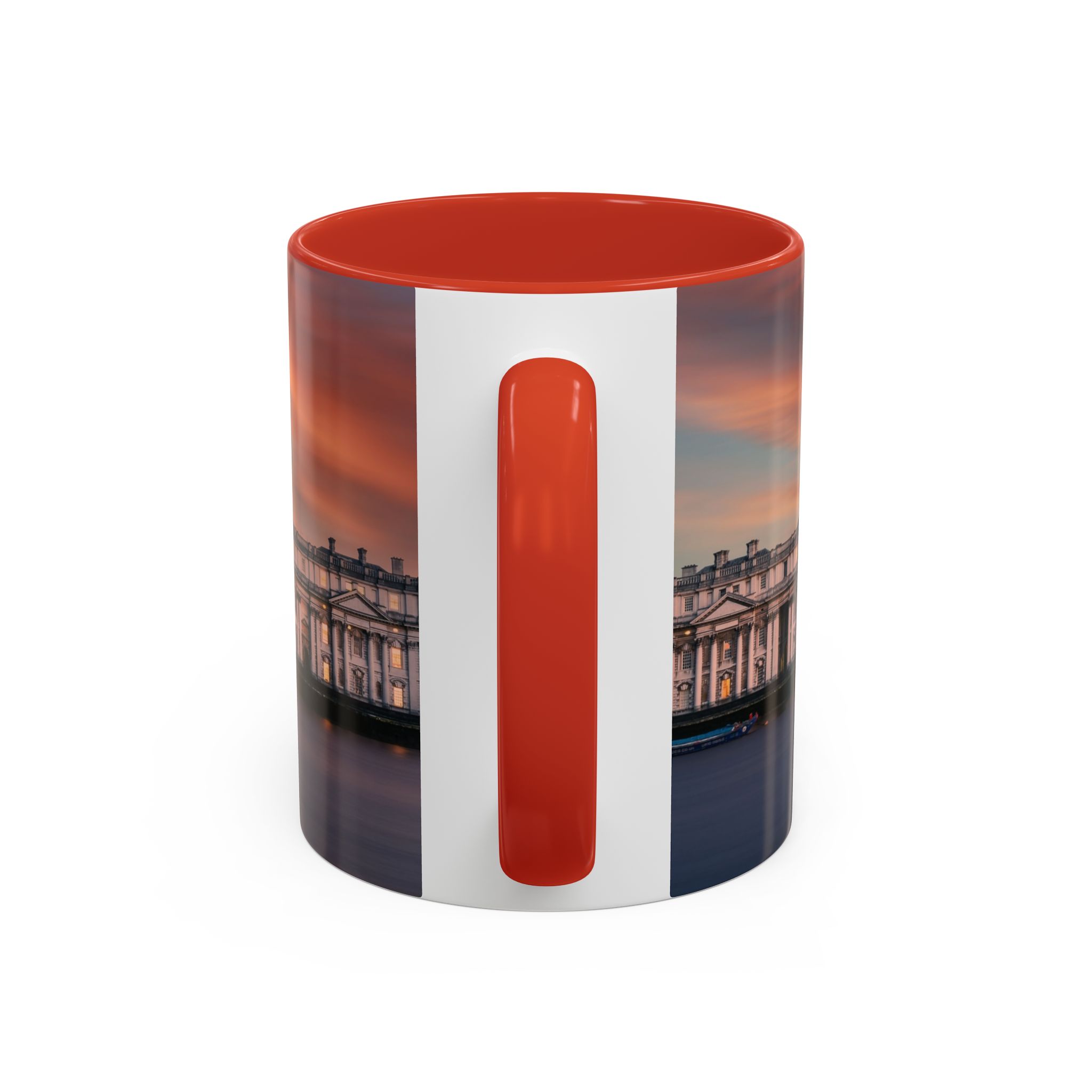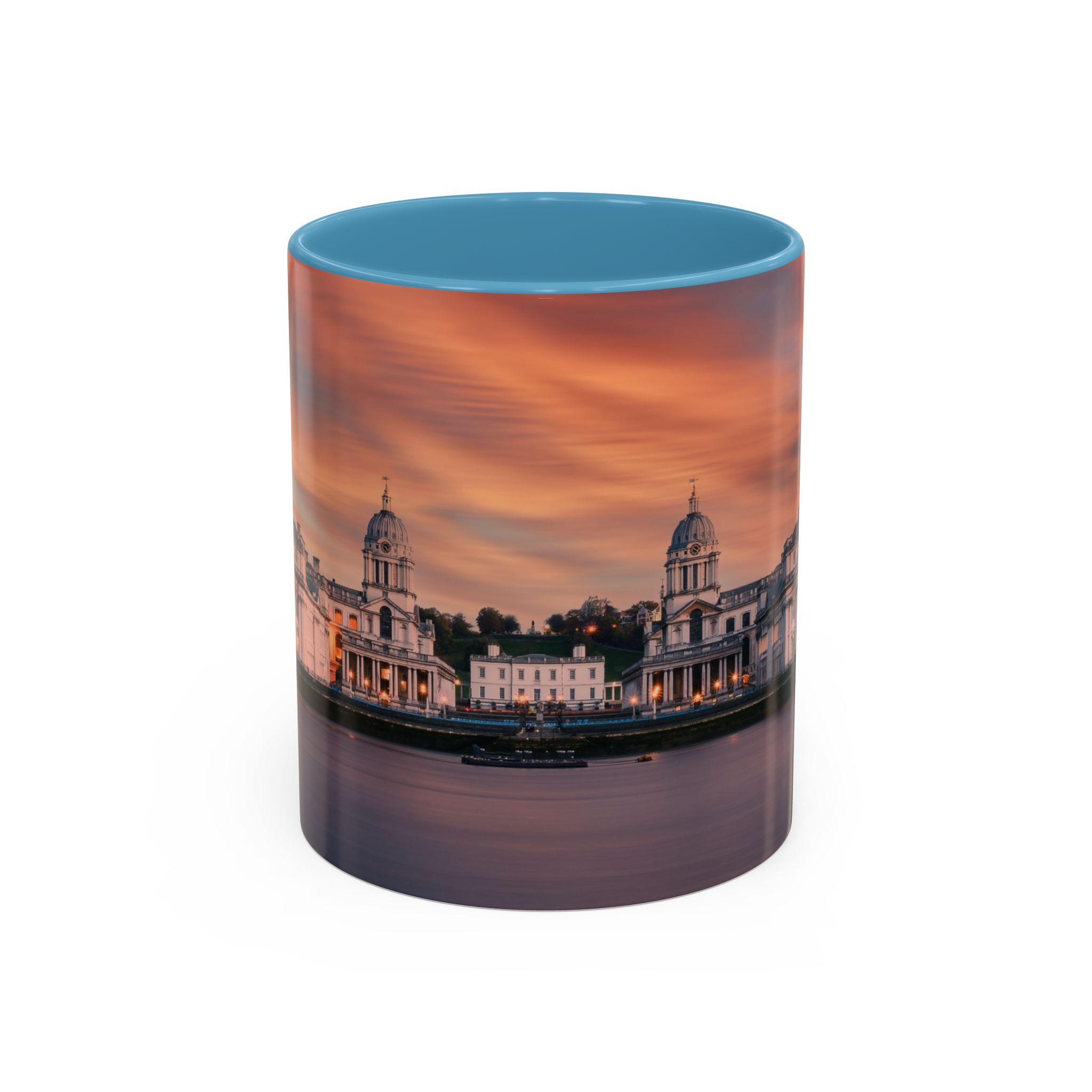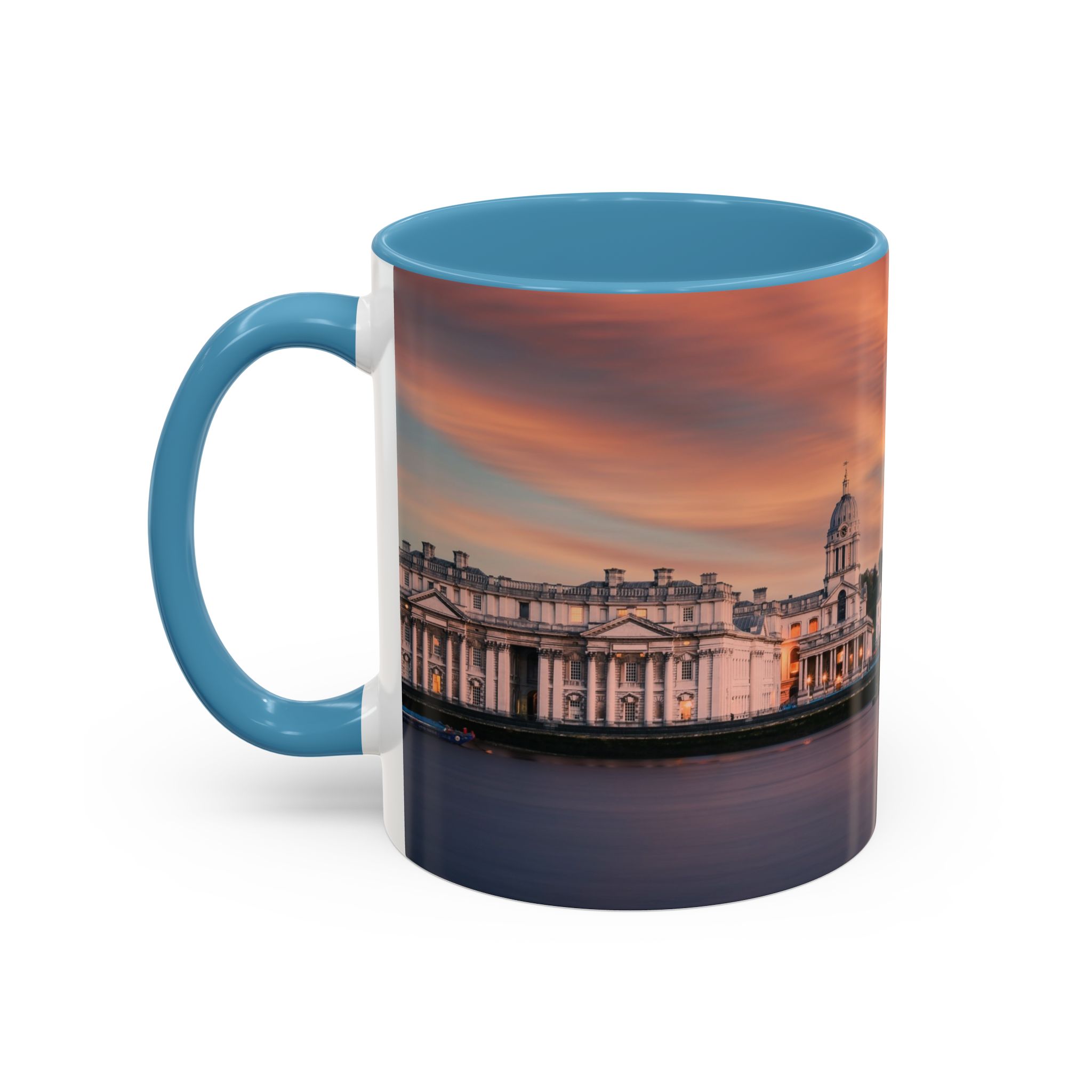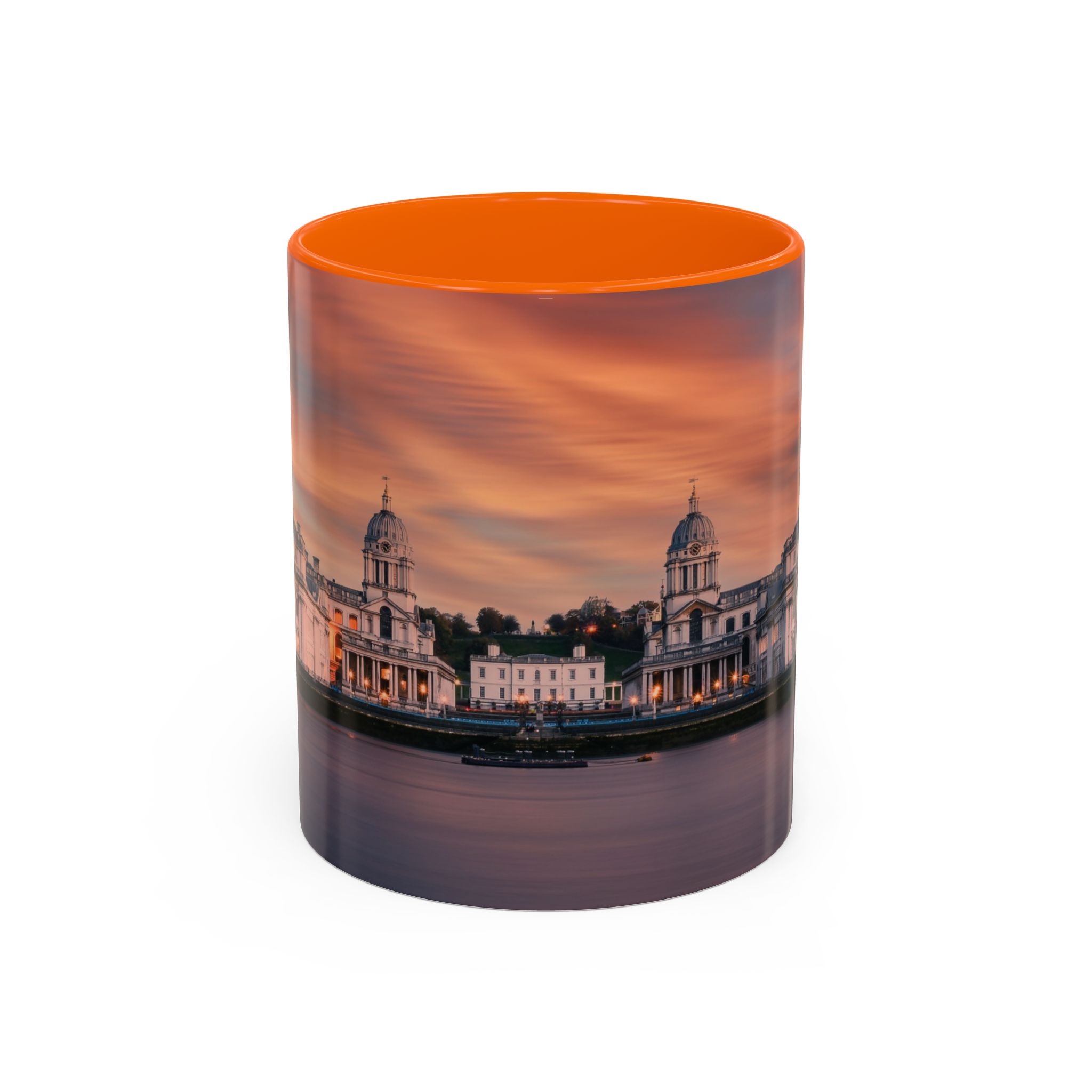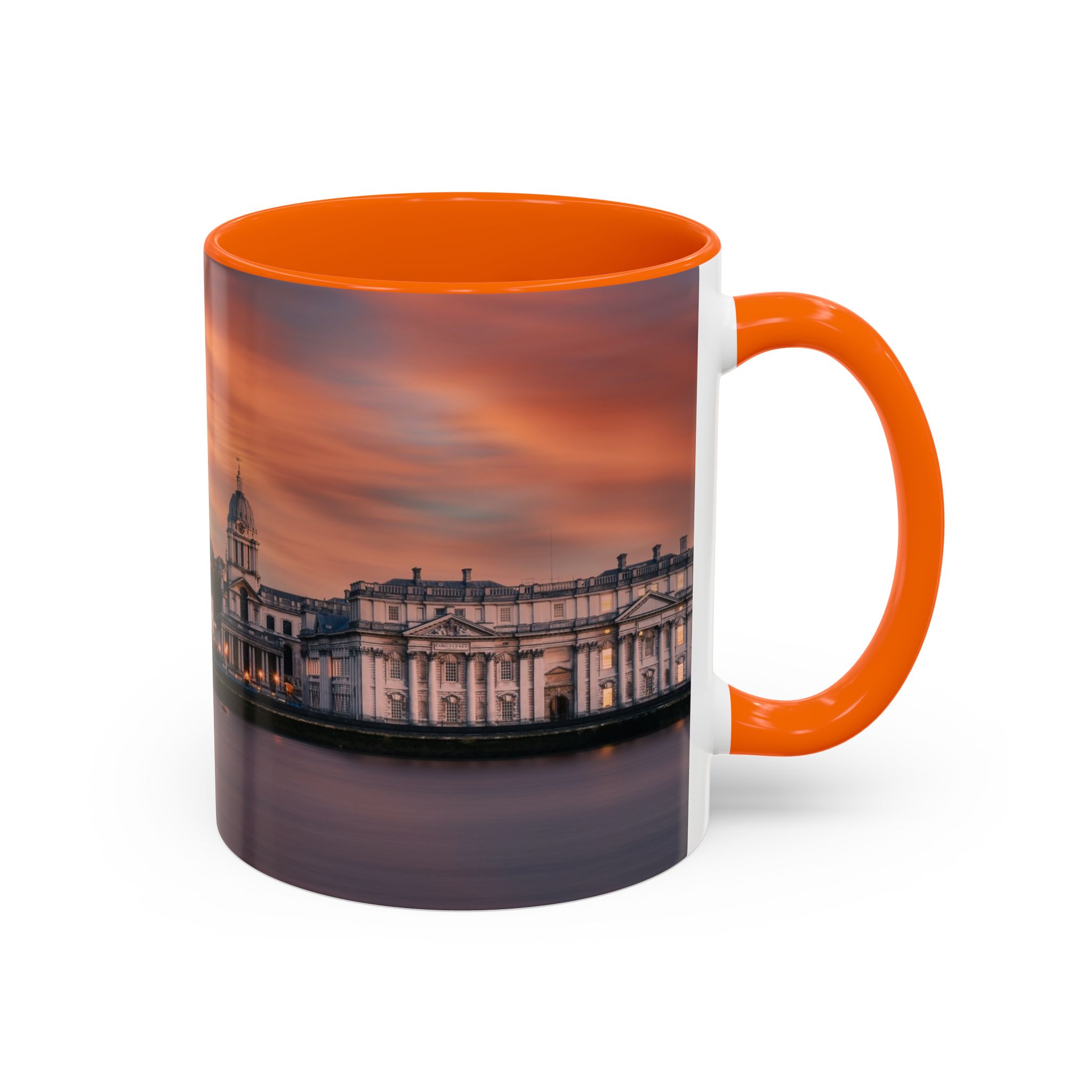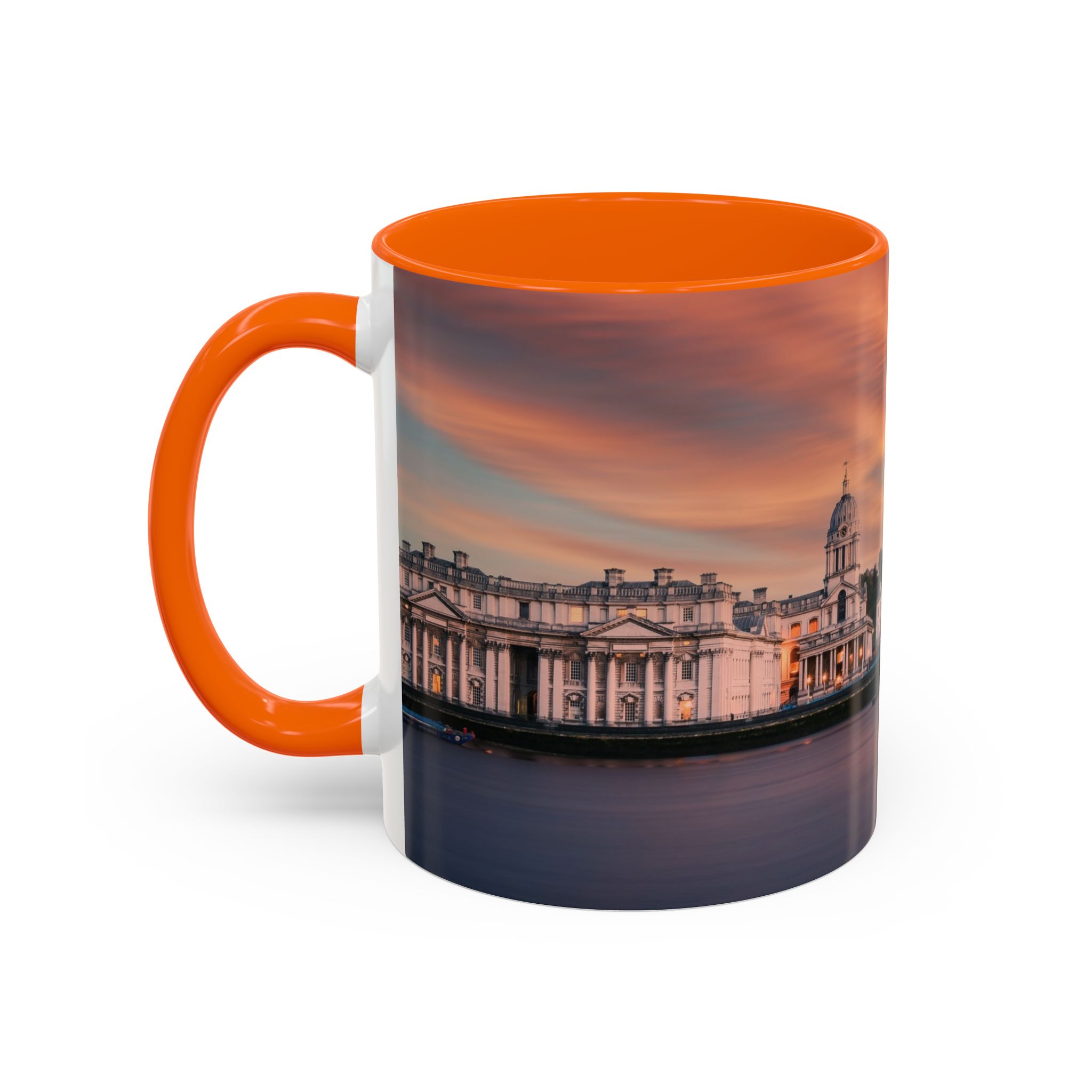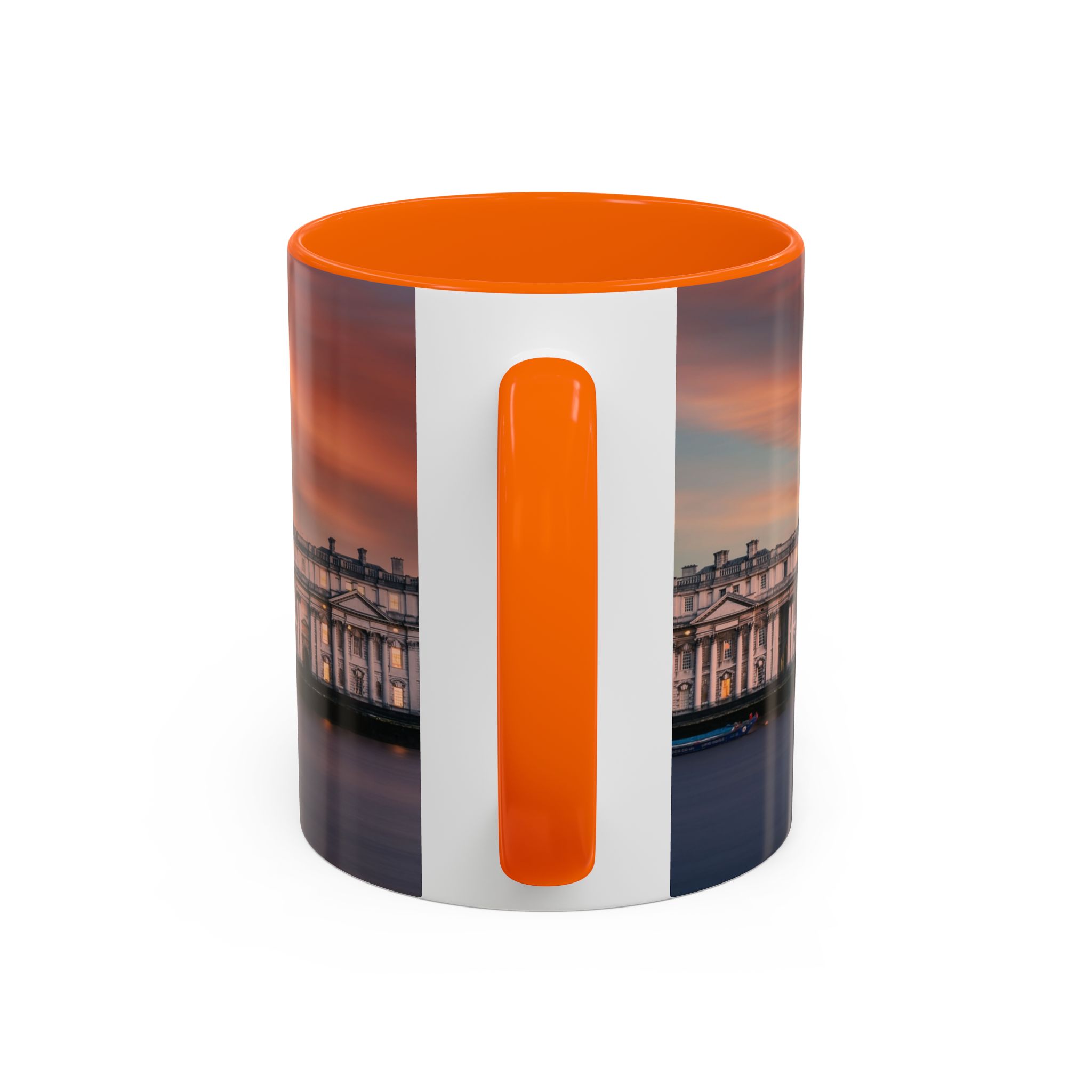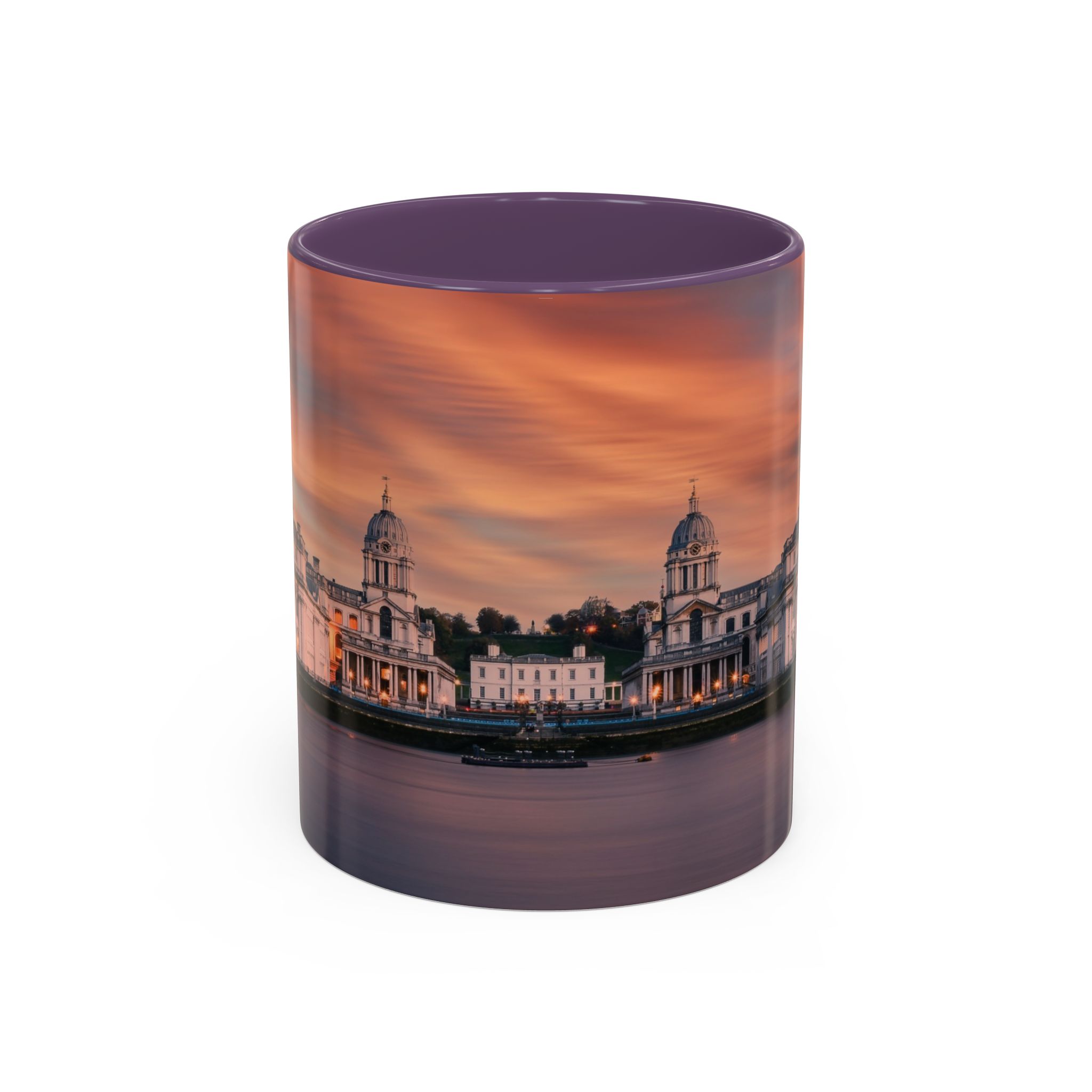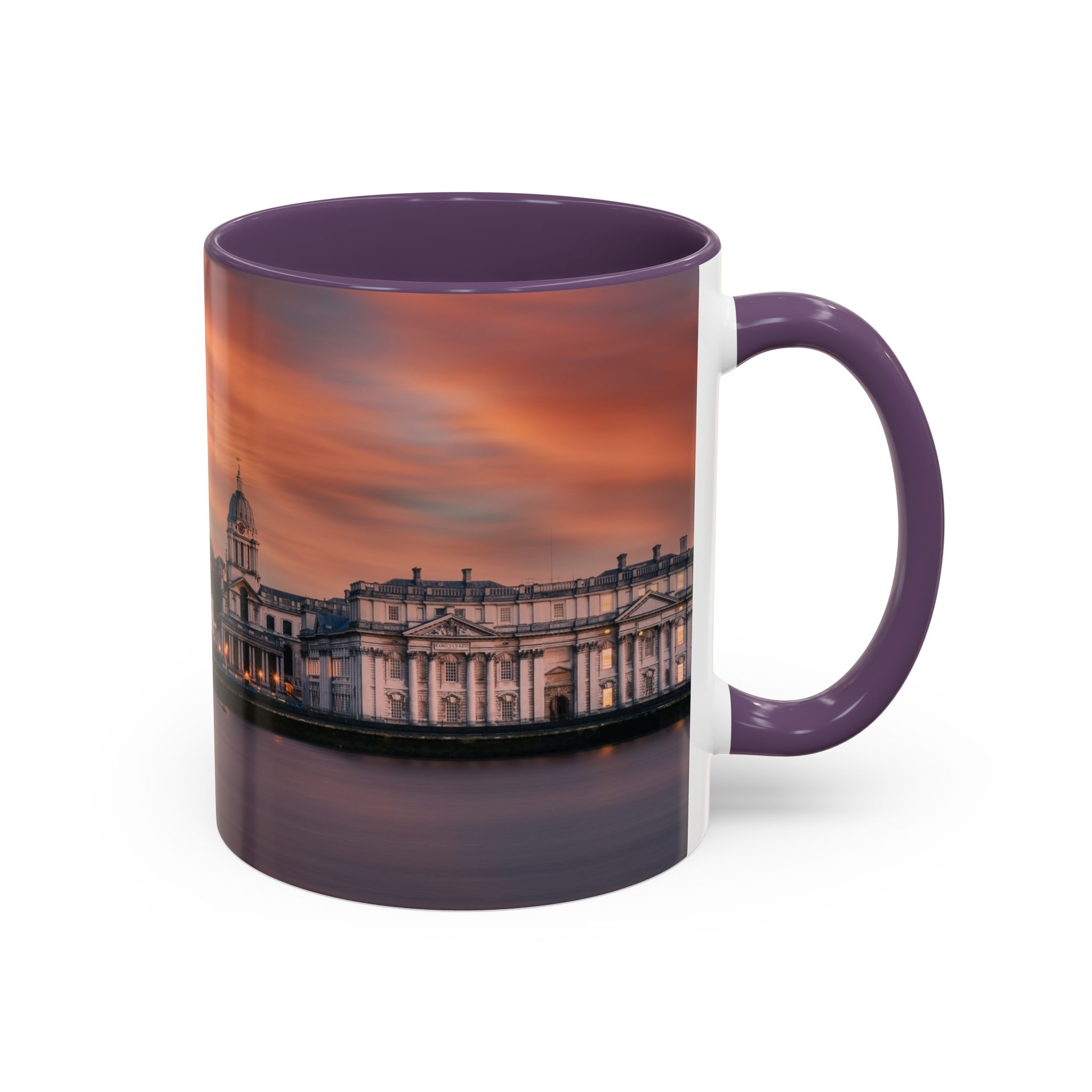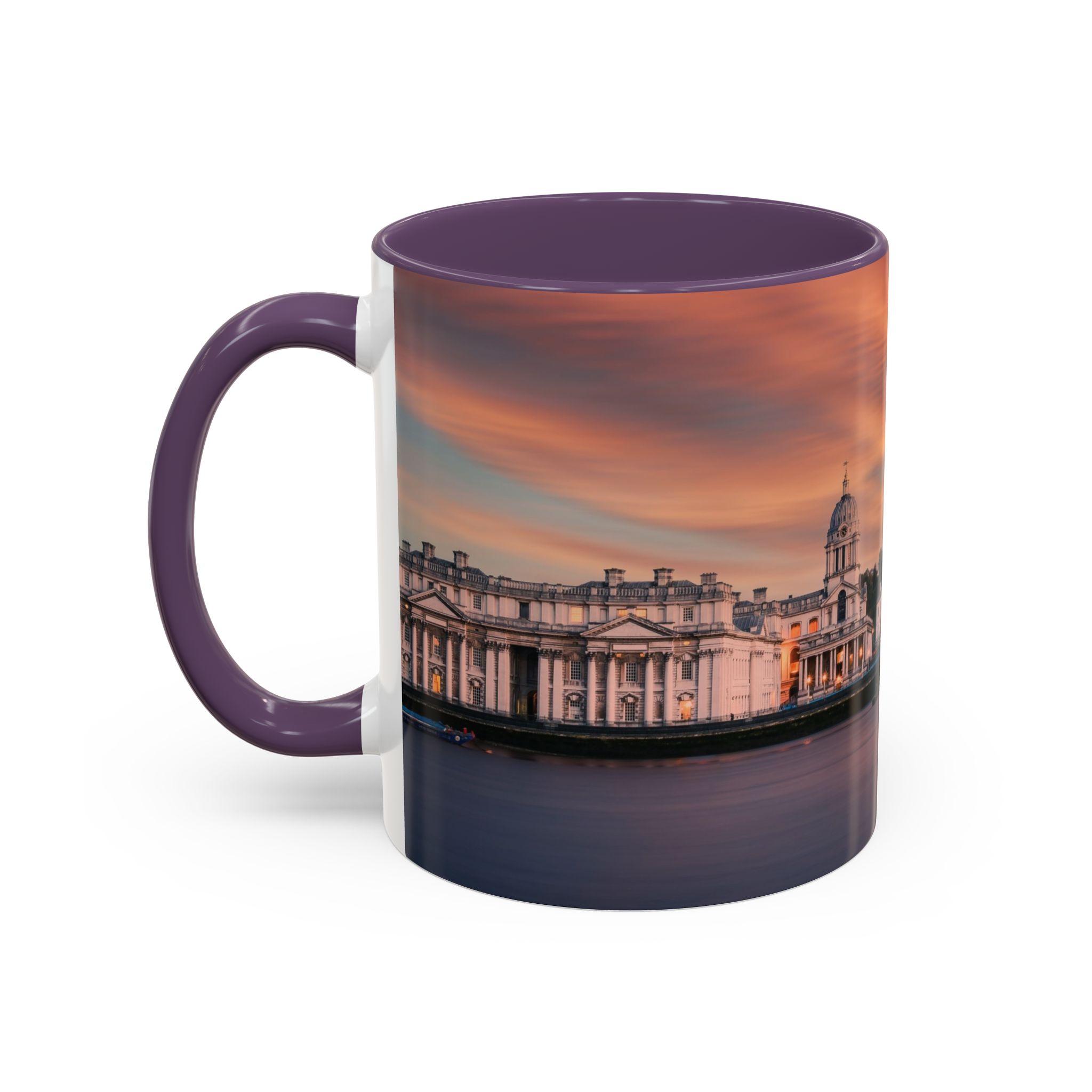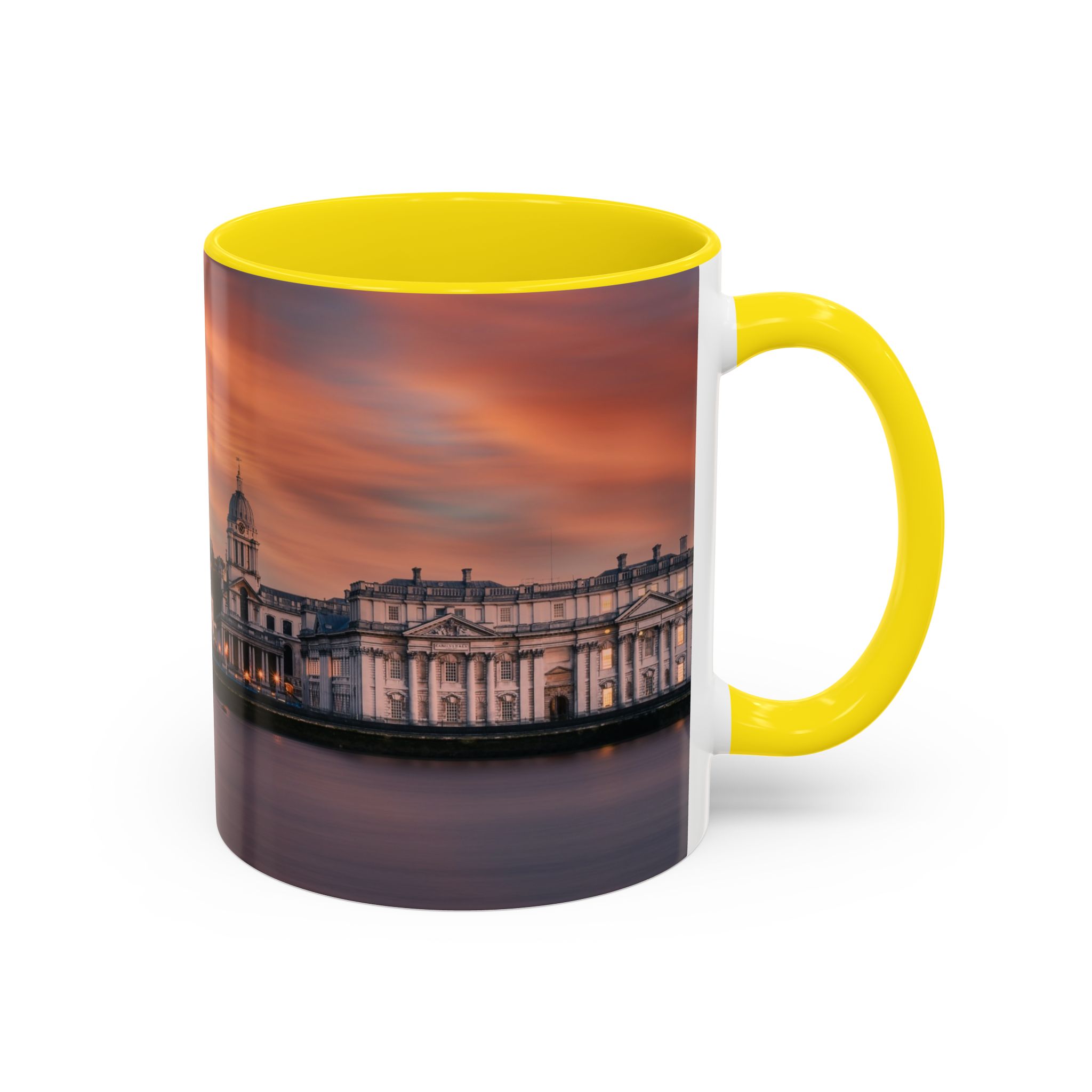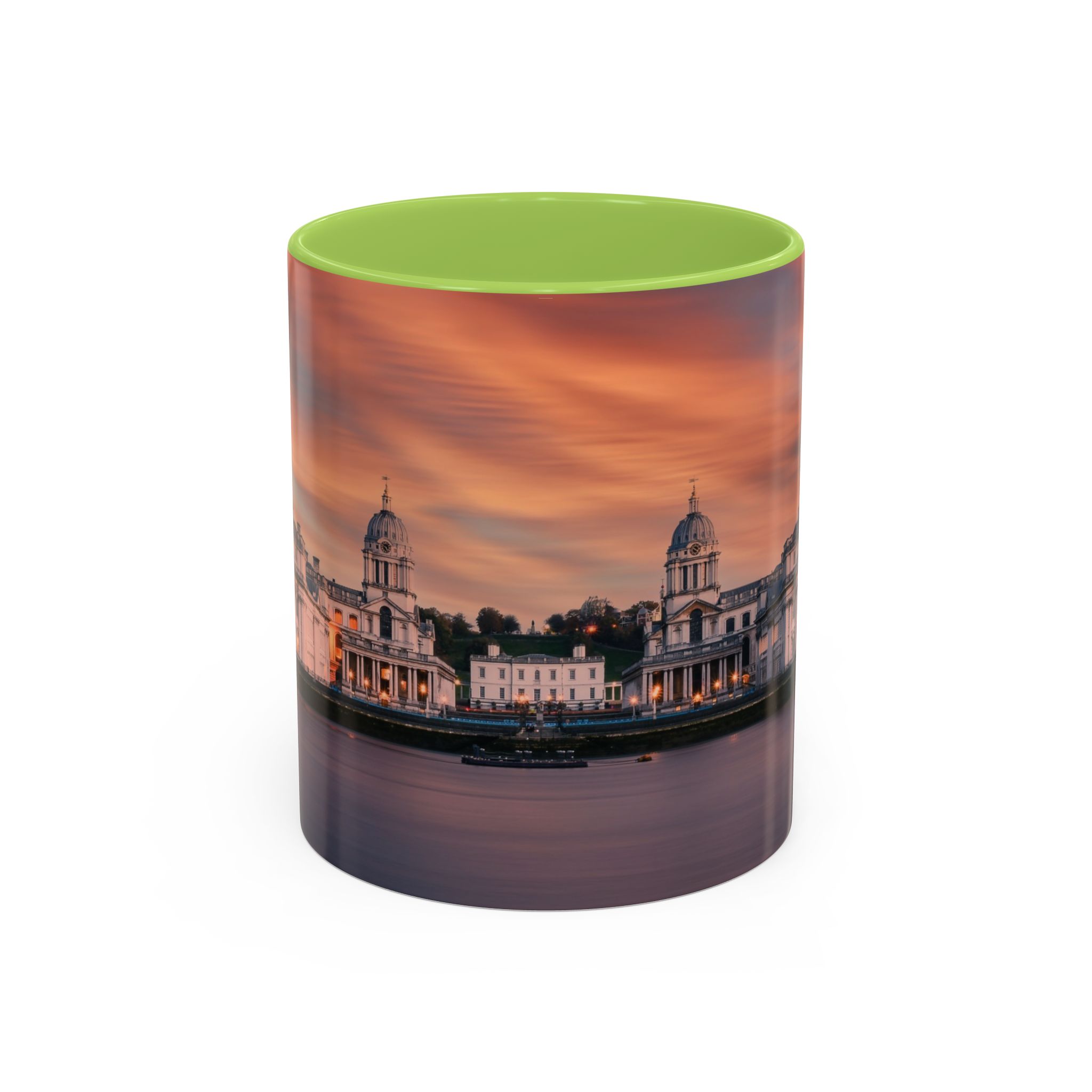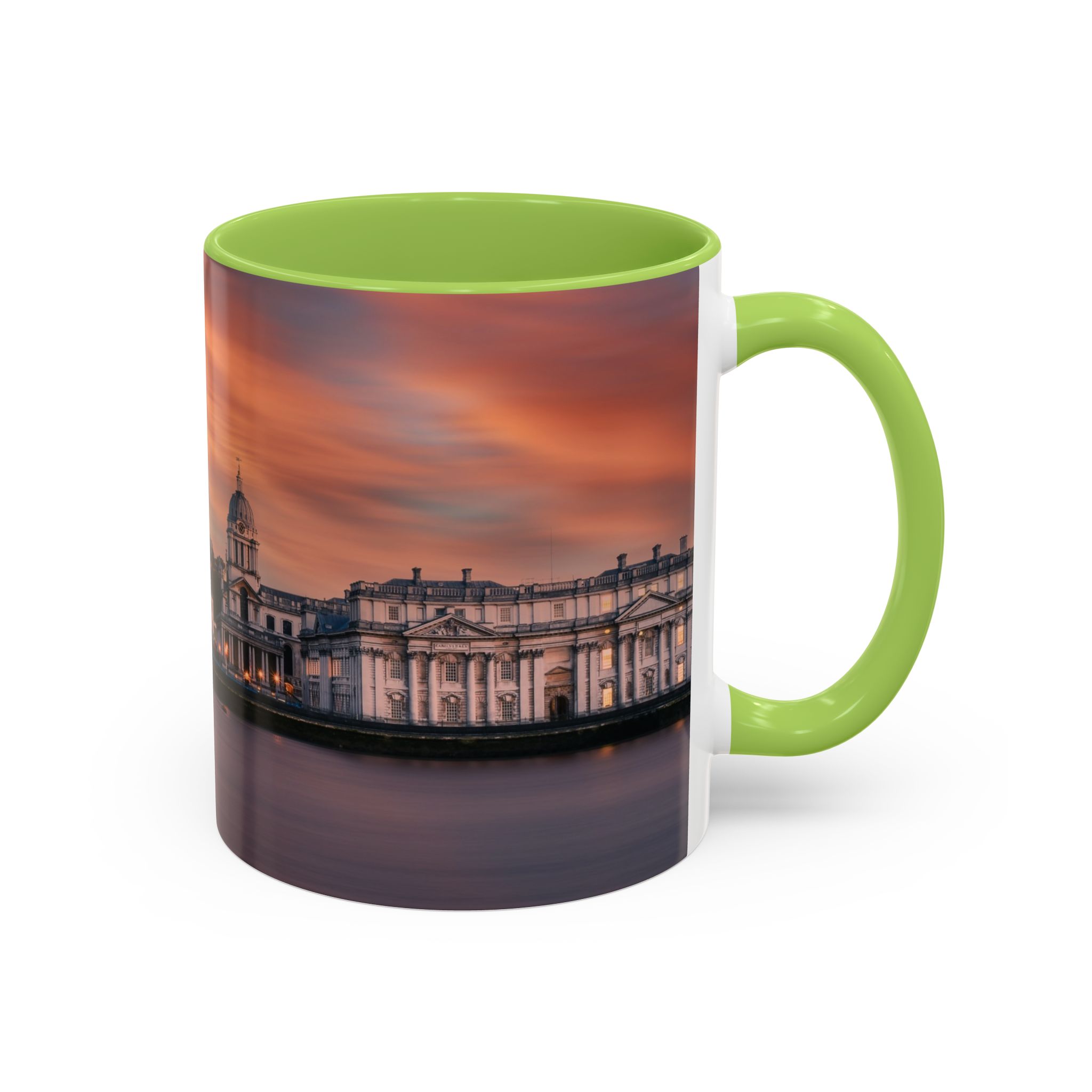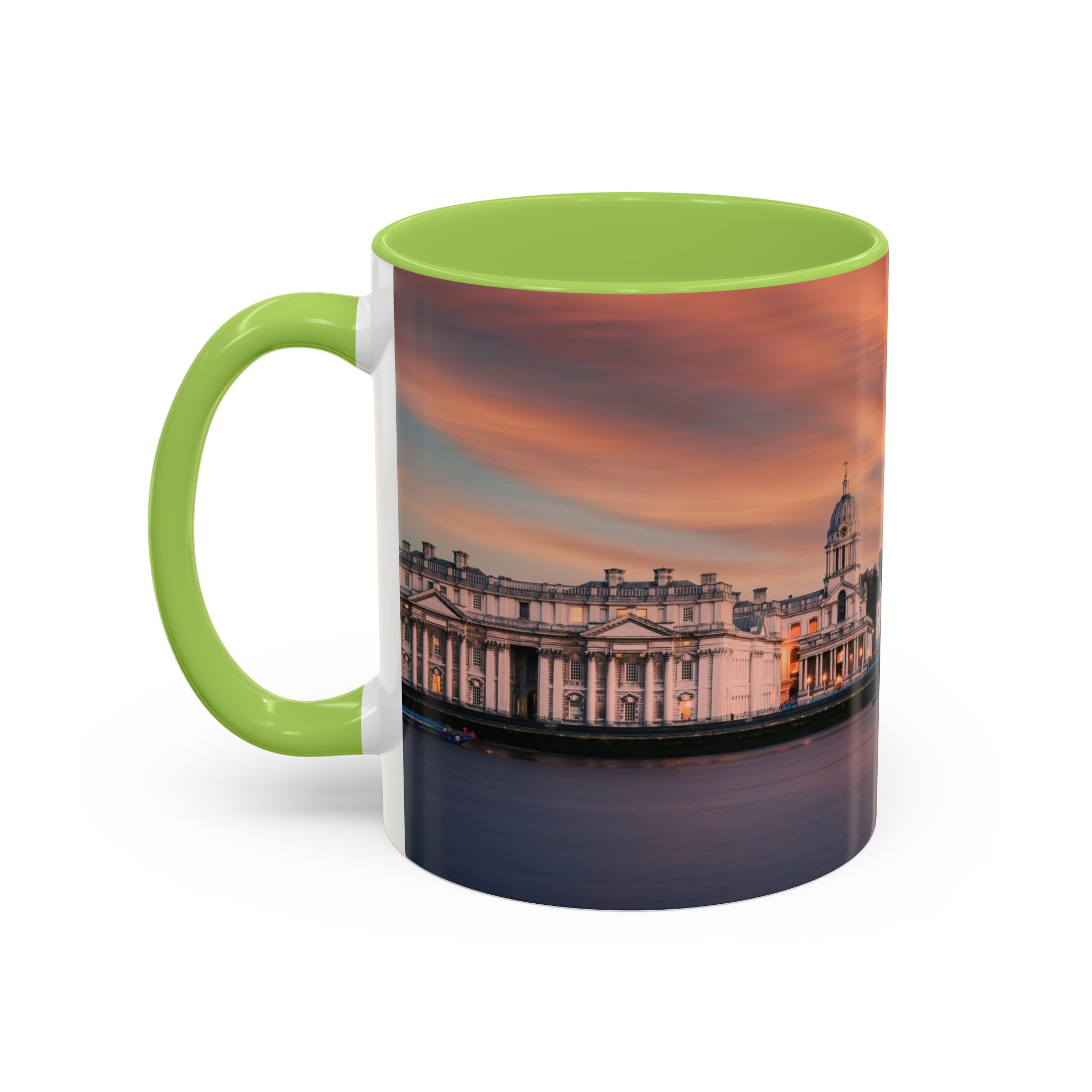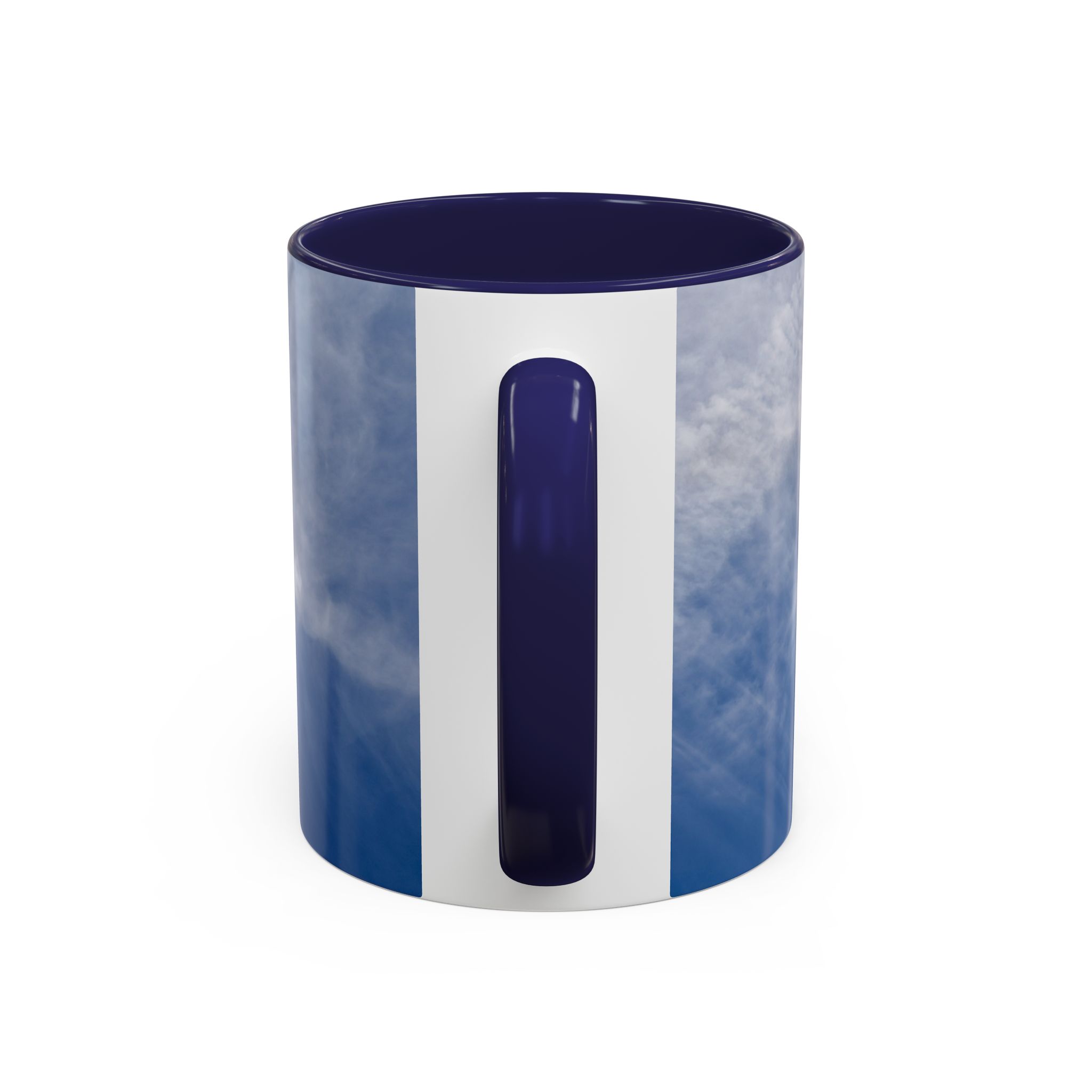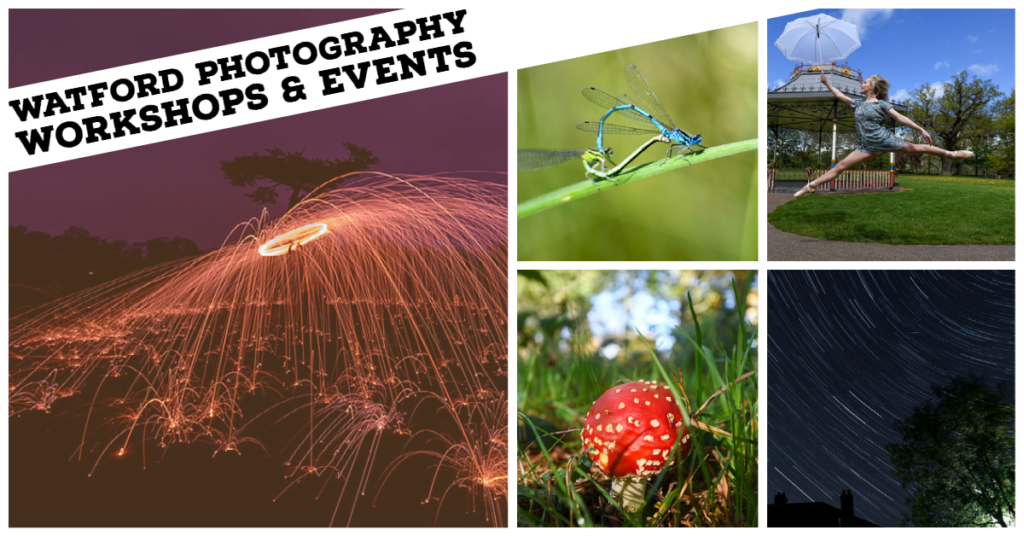If you’re in London between now and the end of August, be sure to check out the Tate Modern’s newest Surrealism Beyond Borders exhibition. This exciting new exhibition sheds light on surrealism’s significance around the world from the 1920s to the 1970s. Whether you’re a fan of surrealist art or not, this exhibition is definitely worth checking out!
An image that is commonly associated with Surrealism is the Lobster Telephone by Salvador Dalí. Where the telephone receiver morphs into the lobster in a dreamlike world, Salividor Dali happens to be my favourite artist.
What is Surrealism?
Surrealism is a cultural movement that began in the early 1920s, and its primary purpose was to revolt against the bourgeois values of society and challenge authority. Surrealist artists sought to change the way people perceive reality by using techniques such as automatism, which is when an artist lets their subconscious mind guide their hand.
One of my favourite surrealist pieces is The Persistence of Memory. In Magritte’s painting, the clocks are melting away and the landscape is crumbling. I love how this painting makes me question what is real and what is not.
I would describe Surrealism as the interrogation of political and social systems. It has always been an ever-changing term over the years and is expansive at its core. Surrealism has demanded liberation and served artists as a tool in the struggle for political, social and personal freedom.
Surrealism Beyond Borders Exhibition, Tate Modern
The artworks in the exhibition reveal some of the routes into and through Surrealism. The exhibits are grouped in broad areas of Surrealist activity. They represent collective interests and networks shared by artists across regions at points of convergence, relay and exchange. It also demonstrates individual challenges witnessed in the pursuit of independence from colonialism, as well as the experience of exile and displacement caused by international conflict. This is certainly apt for the current situation in the world.
The exhibition at the Tate Modern is curated along the lines of neither being singular in narrative nor linear in chronology. It challenges the convention that Europe is the centre of Surrealism.
The Surrealists are listed where they gathered and avoids nationalities. Instead, it highlights the centres where they worked. The exhibition is split up into sixteen different areas by many artists.
Poetic Objects
Poetic Objects focuses on the Surrealists’ fascination with found objects. This is where you’ll find the Lobster Telephone I mentioned earlier. The idea behind this part is to show how the Surrealists used everyday objects to create works of art that were both strange and beautiful.
Wolfgang Paalen once described Surrealists objects as “time bombs of the conscience” whilst Salvidor Dali called them “absolutely useless from a practical and rational point of view and created wholly for the purpose of materialising in a fetishistic way, with maximum tangible reality, ideas and fantasies of a delirious character“
The Uncanny in the Everyday
This part explores how the Surrealists used commonplace objects and scenes to create a sense of unease. The artists have tapped into the rich vein of strangeness embedded in the ordinary world. Photography has been well suited to the project of recording these accidental coincidences, repetitions, and hazards of everyday life.
“The only thing that frantically attracts me is searching for surreality hidden in everyday objects” Jindrich Styrsky, Prague 1935.
The Work of Dreams
The Surrealists believed that the unconscious mind was the source of creativity. They developed techniques such as automatic drawing and writing to tap into the power of the subconscious. This part focuses on how the Surrealists used dreams as a source of inspiration for their artworks.
Revolution, First and Always
Surrealism was born out of the political turmoil of the early 20th century. This part explores how the Surrealists used their art to challenge established systems and fight for social change. This revolutionary movement is also a central idea it offers the possibility for transformation and liberation. Surrealists have condemned imperialism, racism, authoritarianism, fascism, capitalism, greed, militarism and other forms of power and control.
Surrealist poet, first president of Senegal and cofounder of the Black consciousness movement Negritude explained in 1960: “We accepted Surrealism as a means, but not as an end, as an ally, and not as a master“
Convergence Point: The Bureau de Recherches Surrealistes, Paris
The Bureau de Recherches Surrealistes (Bureau of Surrealist Research) was founded in Paris in 1924. It was a meeting place for artists, writers and thinkers from all over the world to share ideas and collaborate on projects. The bureau published journals, organised exhibitions and ran public events such as parades, rallies and demonstrations.
They collected dream narratives, documented finds and chance encounters and prepared projects such as the “glossary of the marvellous“.
The World in the Time of the Surrealists
The next part of the Beyond Borders exhibition focuses on how the Surrealists responded to the major political and social events of their time. The outbreak of the Second World War, for example, led many Surrealists to flee Europe and continue their work in exile.
They challenged the idea of maps and demonstrated their anti-imperialist sentiments by placing the Pacific islands at the centre. They gave prominence to Russia (Soviet) and erased the colonising powers of Europe, Japan, and the United States. I wonder if they would be doing that today with this art movement!
Collective Identities
In the next part of the exhibition at Tate Modern, you’ll see how the Surrealists created collective identities through their art. They saw themselves as a community of artists working towards a common goal.
It depended on a collective body of participants, they learnt that working collaboratively they were often more powerful than an individual in isolation. Examples of this can be seen in ‘Images Unimagineable’, and Surrealism in Paris. And in Chicago Surrealists spoken word poetry was performed by musicians.
Convergence Point: Haiti, Martinique, Cuba
The Surrealists were fascinated by the cultures of Haiti, Martinique, and Cuba. They saw these countries as places where the boundaries between reality and fantasy were blurred.
In Martinique, surrealism took root in 1932, when a group of students including writer and theorist Rene Menil produced the single-issue journal ‘Legitime Defence’ (Self Defence) from Paris.
Surrealism did not travel intact but flowed, fragmented and transformed.
Eugenio Granell, Traveller
He is a Spanish Republican who went into exile at the end of the Spanish Civil War (1936-39) after the defeat of the Spanish Republic. After fleeing to the Dominican Republic he later ended up in Puerto Rico where he remained until 1957. He returned to his interest in Surrealism when a number of students formed the Mirador Azul (Blue Lookout) group.
“freedom for art and as a consequence, freedom for mankind“
Ted Jonas, Traveller
A poet, musician and artist, his identity was shaped by travel and dislocation. He twice left the USA over racism, once in the early 1960s and the last 30 years later following the murder of a black teenager in the Bronx called Amadou Diallo.
He embarked on his Surrealism journey after a chance meeting in Paris with Andrew Breton. He said “Jazz is my religion, Surrealism is my point of view” which reflected his movement between North, Central & South America and West Africa and Europe.
In 1976 he began a corpesal drawing which grew with each invited contribution. Produced over 30 years and between 132 participants. It extends the Surrealist idea of collaborative authorship.
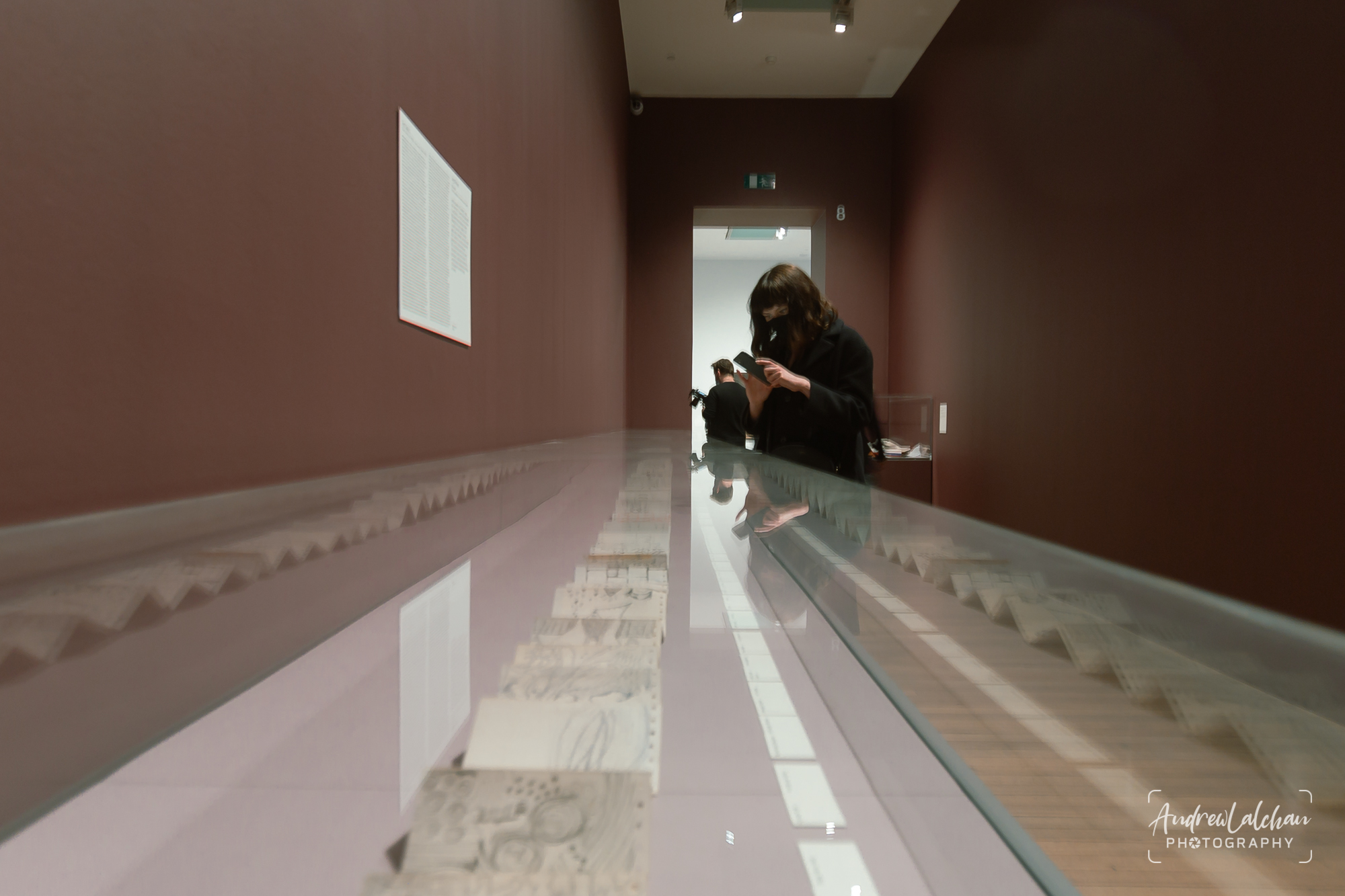
Beyond Reason:
Surrealist artists have sort to challenge ‘order’ by using visually precise techniques to produce irrational mages. They have also critiqued reason, which they see as a tool of oppression.
In the 17th & 18th centuries, an intellectual movement promoted science, empirical knowledge and reason as hallmarks of society. The Surrealists rejected this oppressive rationalism which meant liberating their minds.
Bodies of Desire
“May my desires be fulfilled on the fertile soil Of your body without shame“
These words are from the Surrealist poet Joyce Mansour’s Cris in 1953. It offers a counterbalance to traditional narratives about Surrealism, sexuality and desire. Desire is a constant theme in art associated with Surrealism, it has more fluid identities of gender and sexuality.
Convergence Point: Cairo,
In Cairo, Surrealism was used as a tool for political resistance. The Egyptian surrealists were interested in ancient Egyptian culture and the way it had been appropriated by the West.
They wanted to reclaim their own cultural heritage and use it to challenge Western imperialism.
Convergence Point: Mexico City
In Mexico City, Surrealism was used to challenge the patriarchal order. The Mexican Surrealists were interested in the way that women were marginalized in Mexican society.
They wanted to use their art to empower women and give them a voice. A core community of Surrealist artists came together in Mexico City they studied Mexico’s indigenous cultures and archaeological sites. They were influenced by occult and alchemical sources.
Surrealism was infused with feminism, magic and natural forces and became a revolutionary art movement.
Alternative Orders
Surrealism has depended on forms of knowledge, patterns of belief and ways of life outside of unbiased modernity. Alternative Orders were located through the research and practice of each individual artist.
Automatism
This was a technique used to access the subconscious mind. It was developed by Andre Breton and Philippe Soupault when they wrote the Surrealist novel ‘Les champs magnetiques’ in 1919.
It is a way of writing or drawing without conscious thought, letting the hand move freely over the paper. The idea is that the unconscious mind will reveal itself.
Automatism drawings were often made during Surrealist group activities called ‘exquisites corpse’. In this game, each player would add to a drawing without seeing what the previous person had done.
This was seen as a way of tapping into the collective unconscious desires.
Photographs of Surrealism Beyond Borders
Below are some photographs that I took during the press preview of the exhibition.
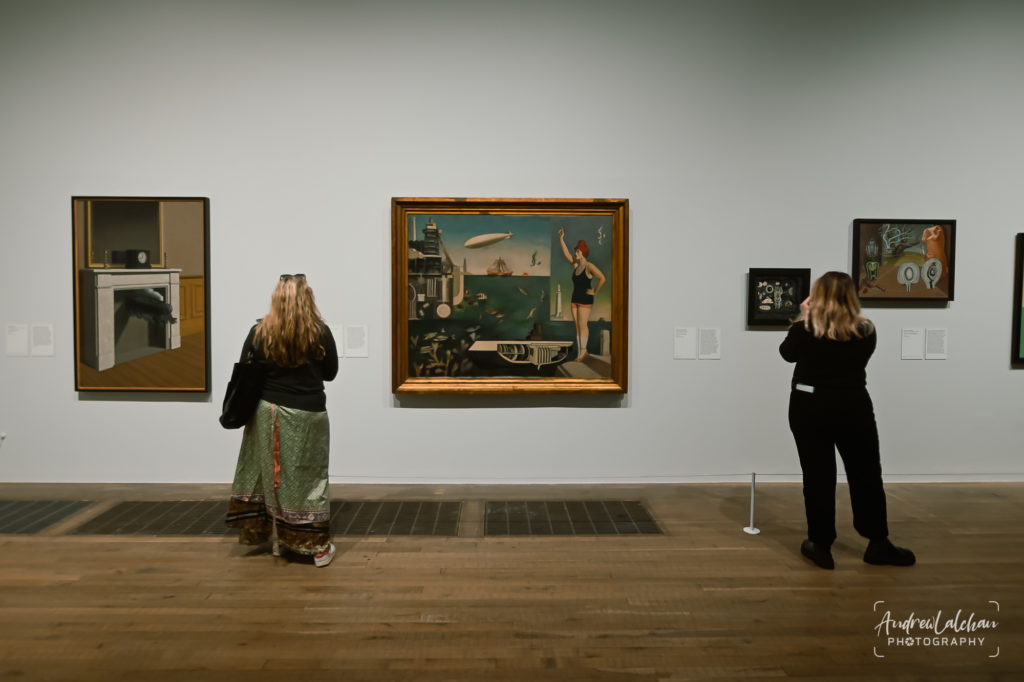
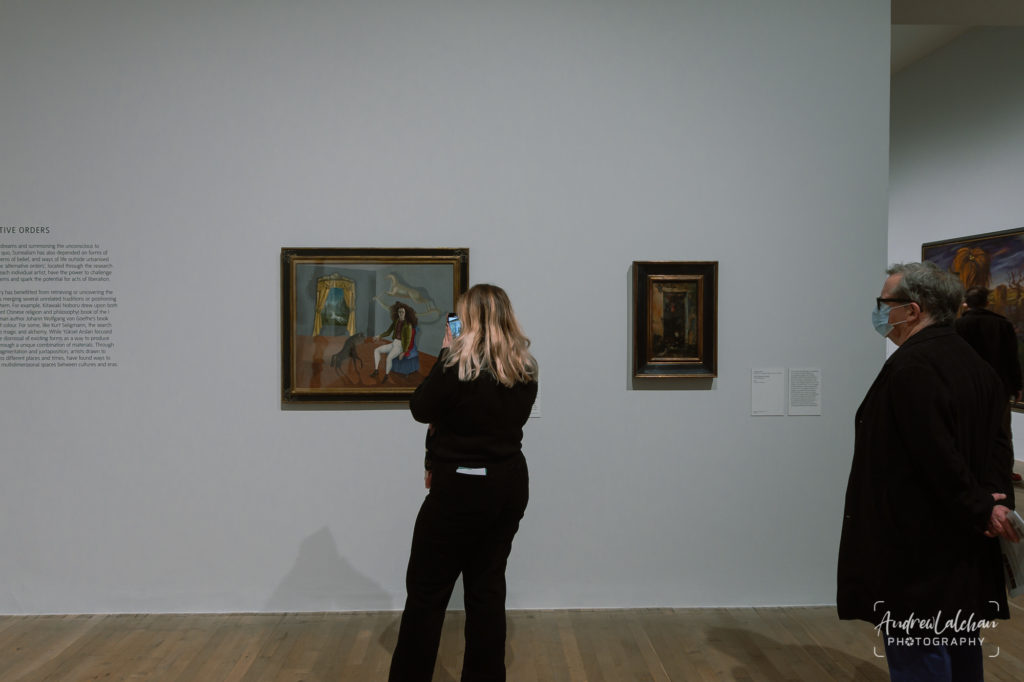
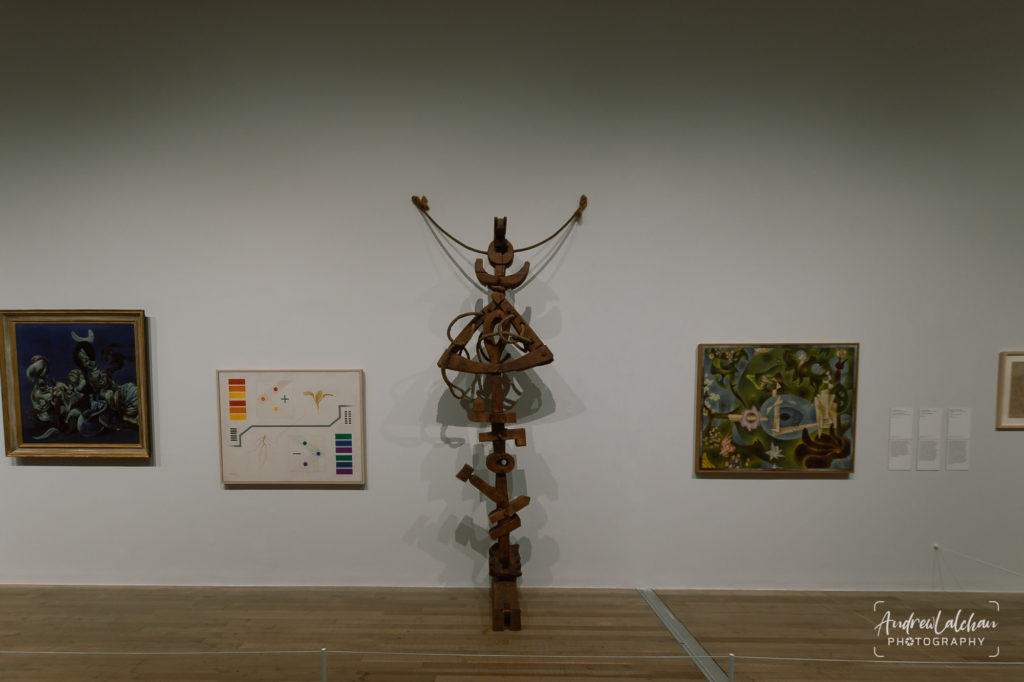
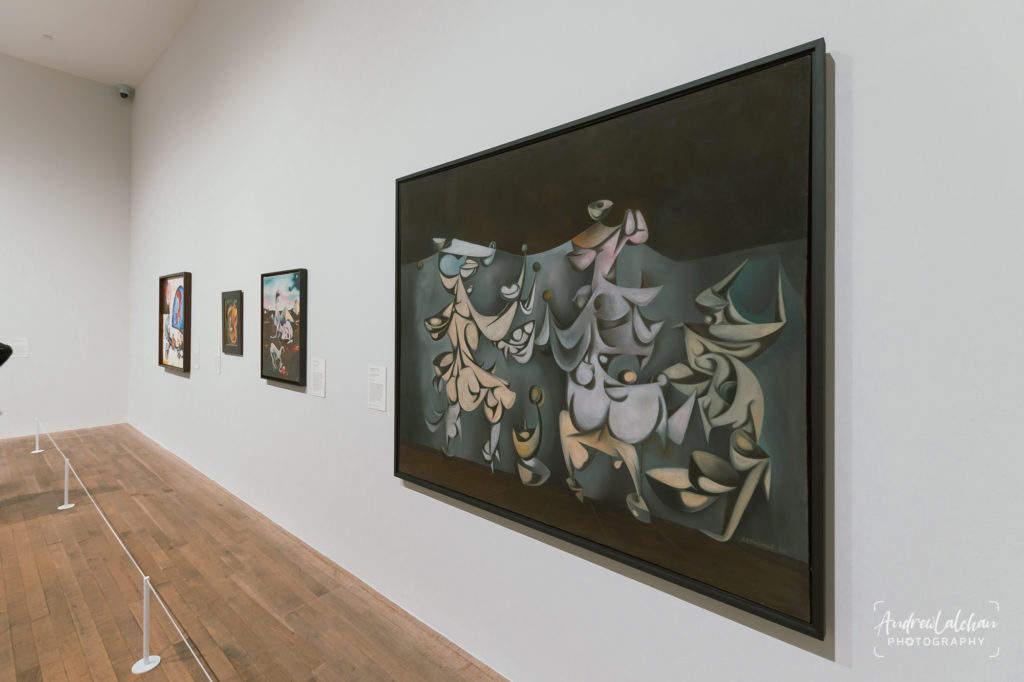

Where and when is the art installation?
Surrealism Beyond Borders exhibition opens from the 24th of February to the 29th of August 2022 at the Tate Modern. Tate Modern is on the south bank of the Thames at Bankside. Check out the Tate Modern exhibition website for more information, the link is below.
Conclusion
In conclusion, the Surrealism Beyond Borders exhibition is a must-see exhibition for anyone interested in modern art or surrealist art. The exhibit provides a great overview of the significance of the familiar surrealist themes around the world. If you’re in London this summer, be sure to check out Tate Modern for this landmark exhibition!
Thanks for reading! Let me know your thoughts about the exhibition and what is your favourite Surrealist artist from any era? And don’t forget to sign up for my newsletter for the latest events around London in the next month. Until next time!

